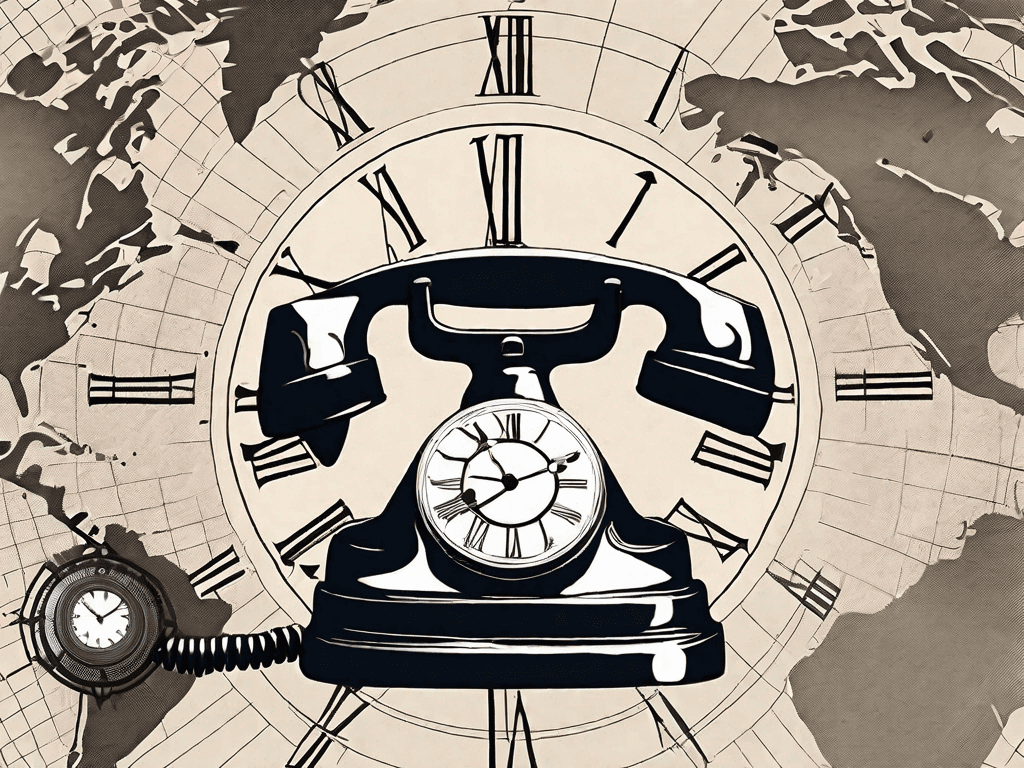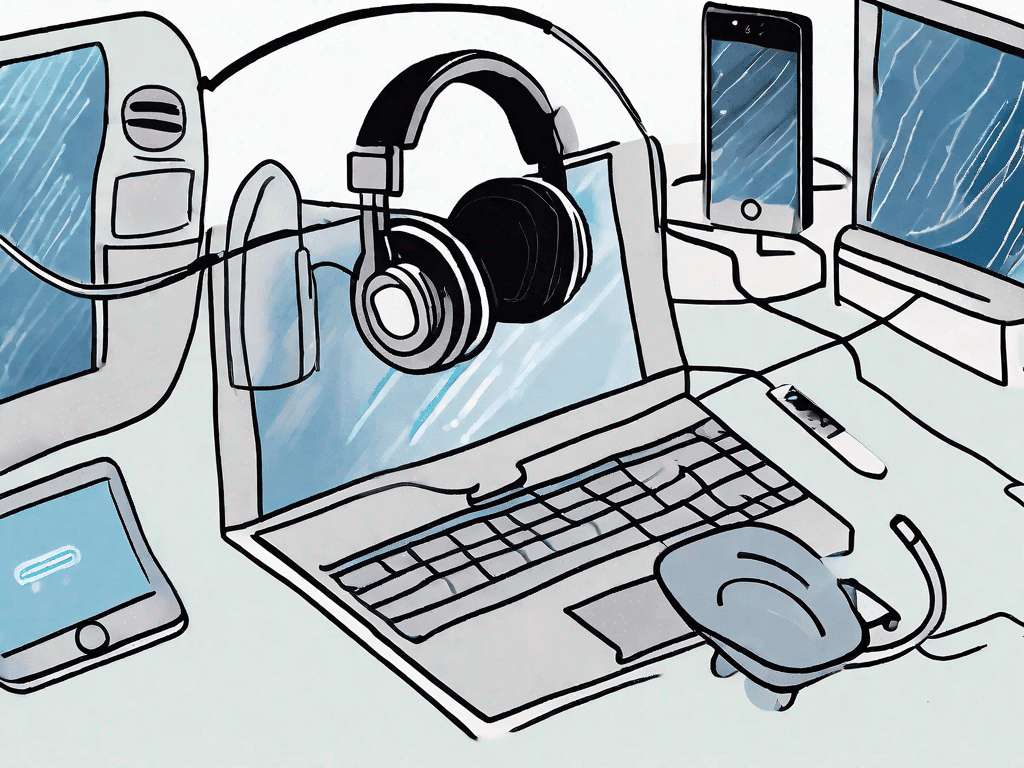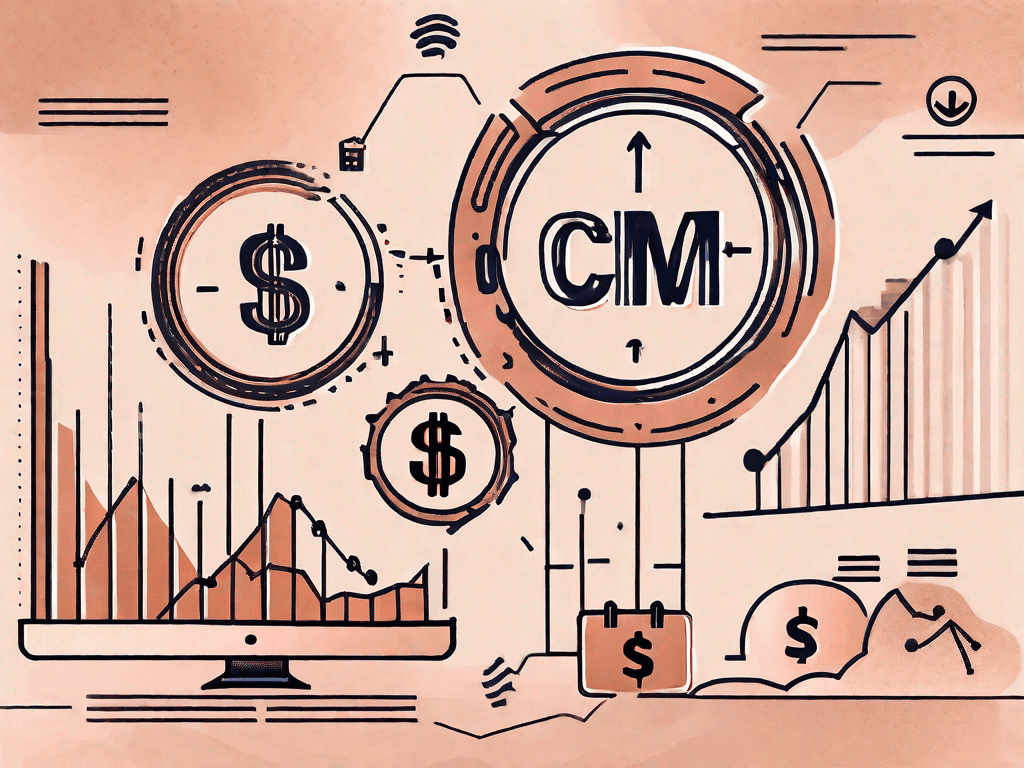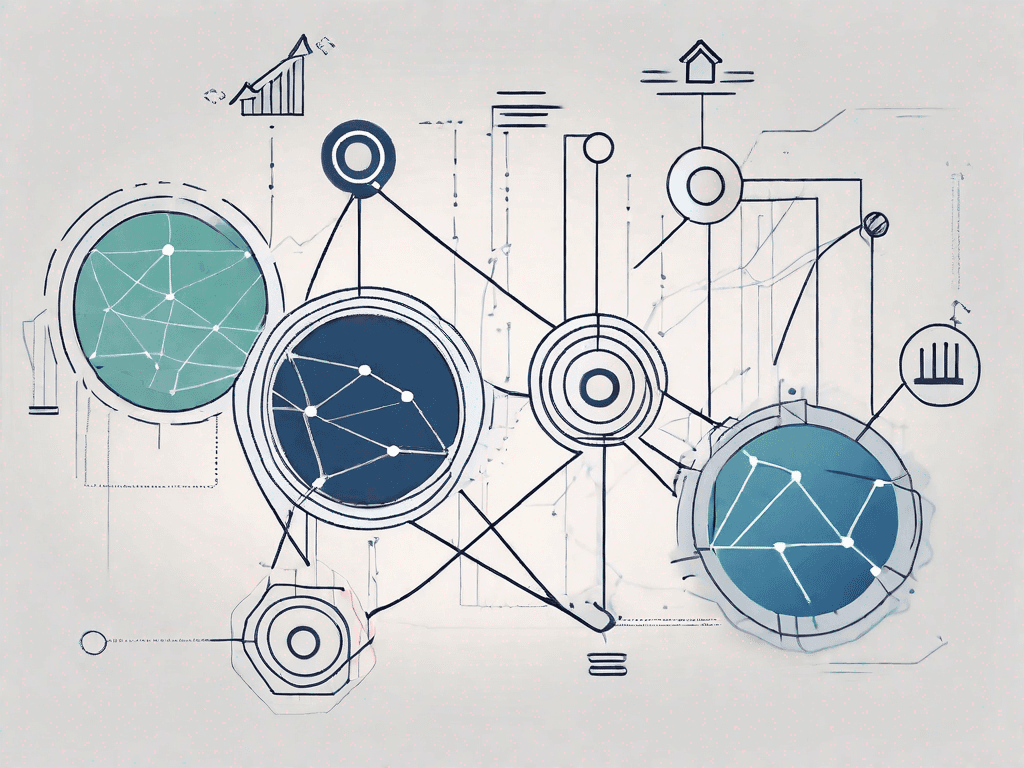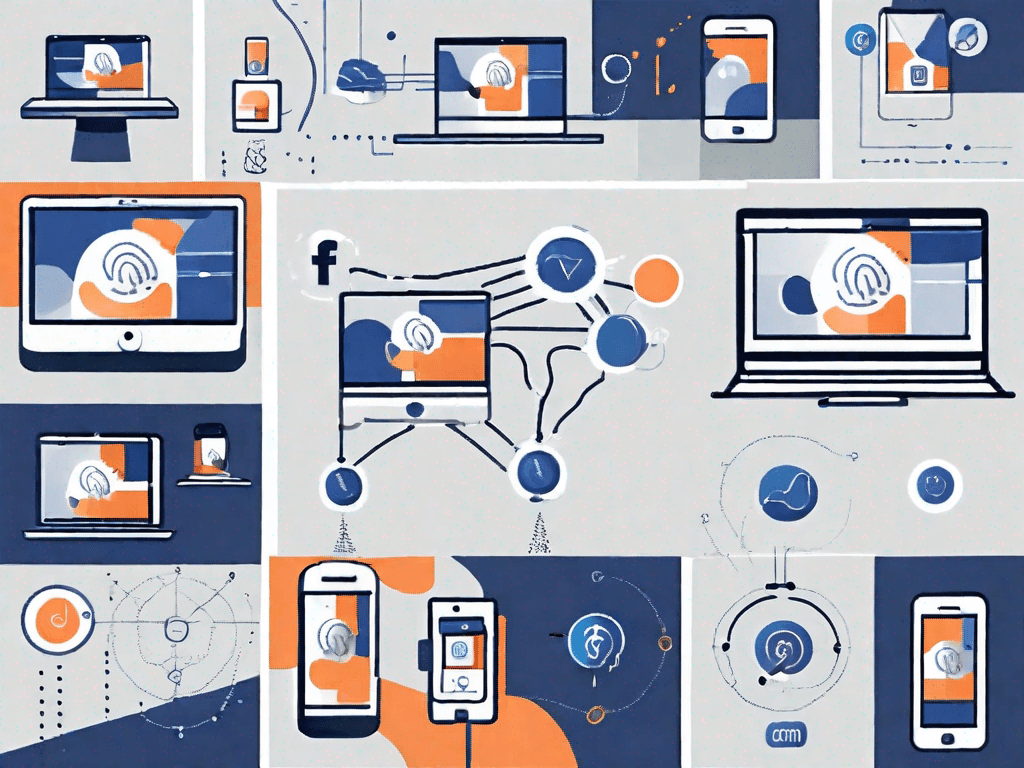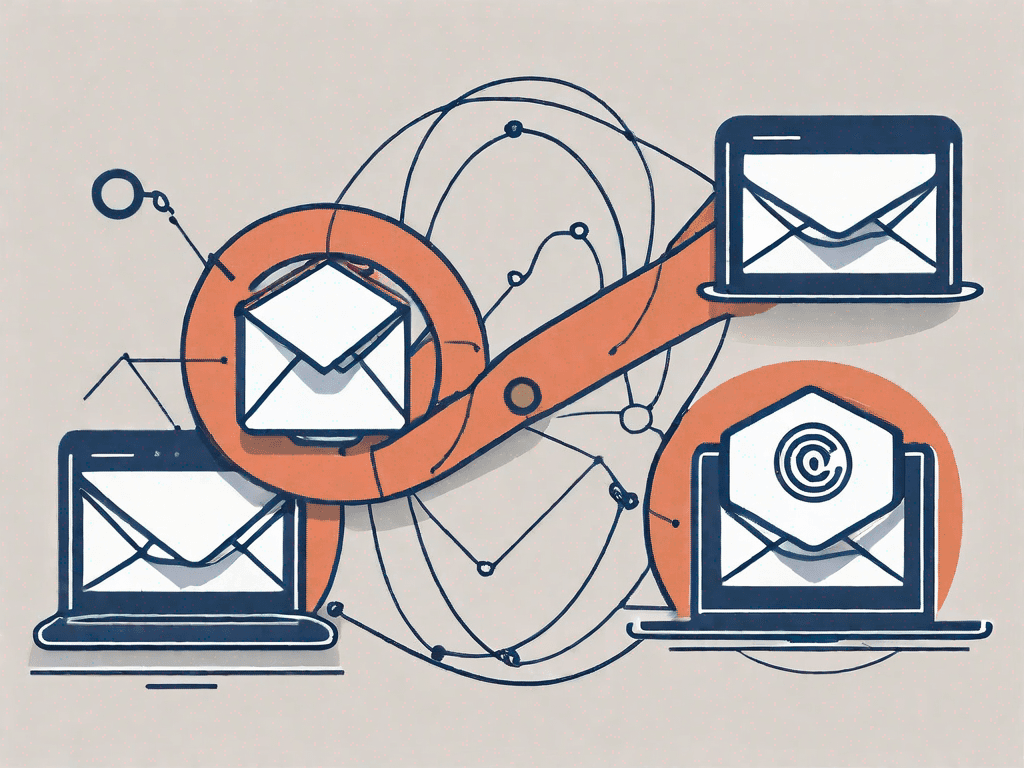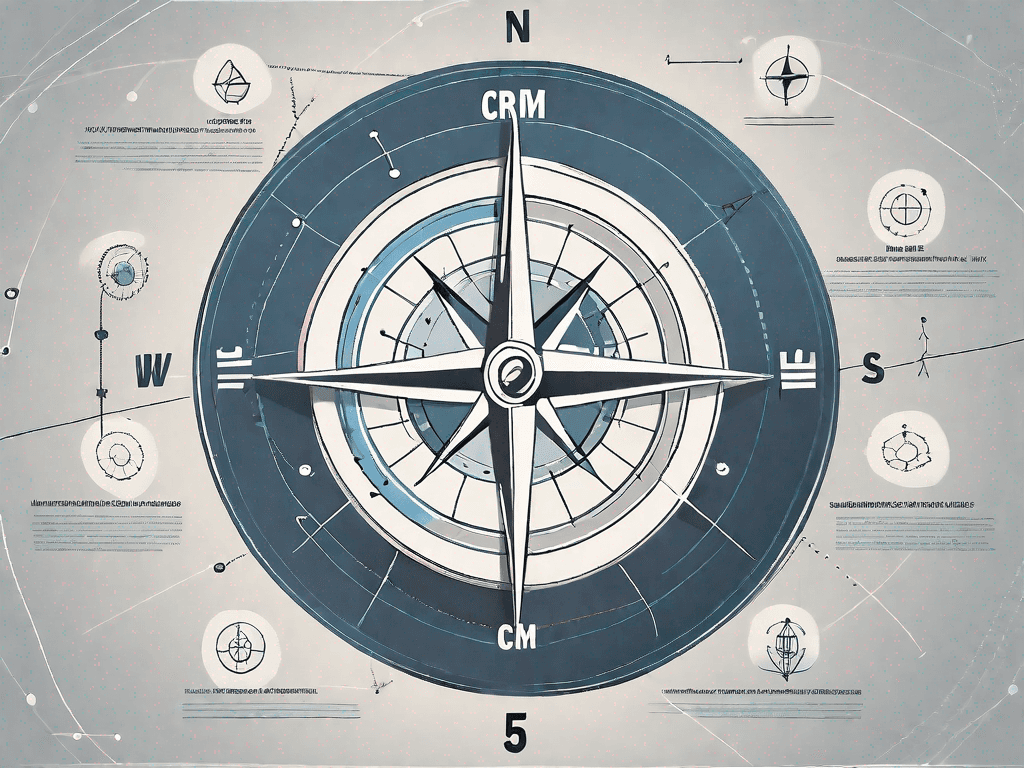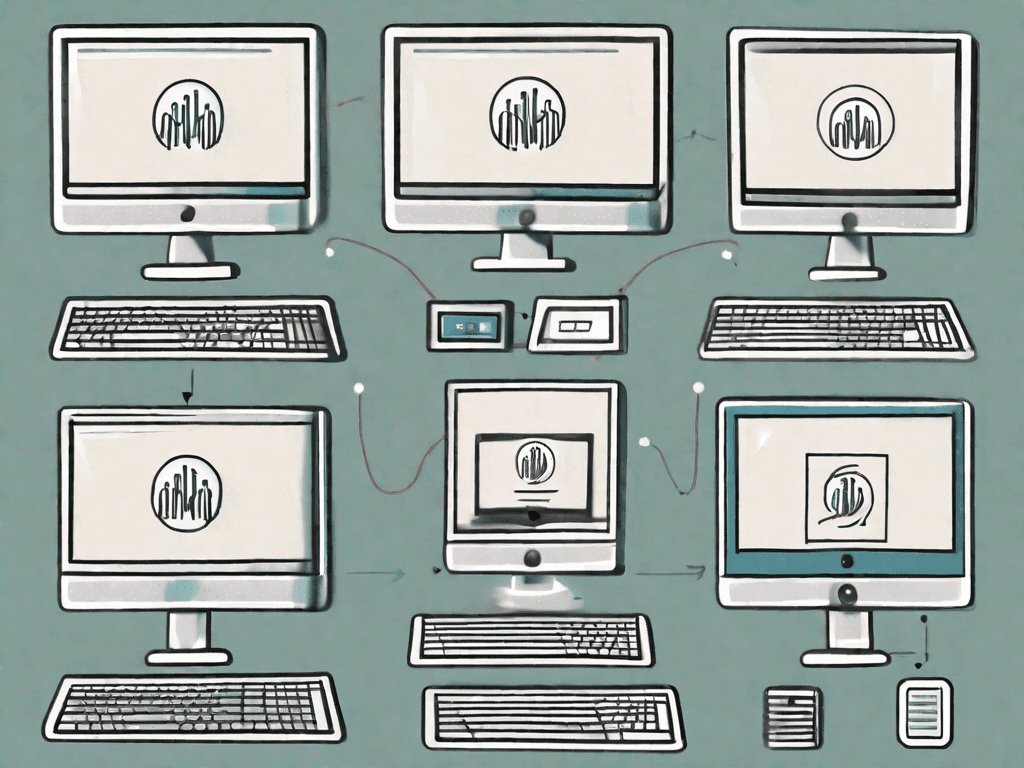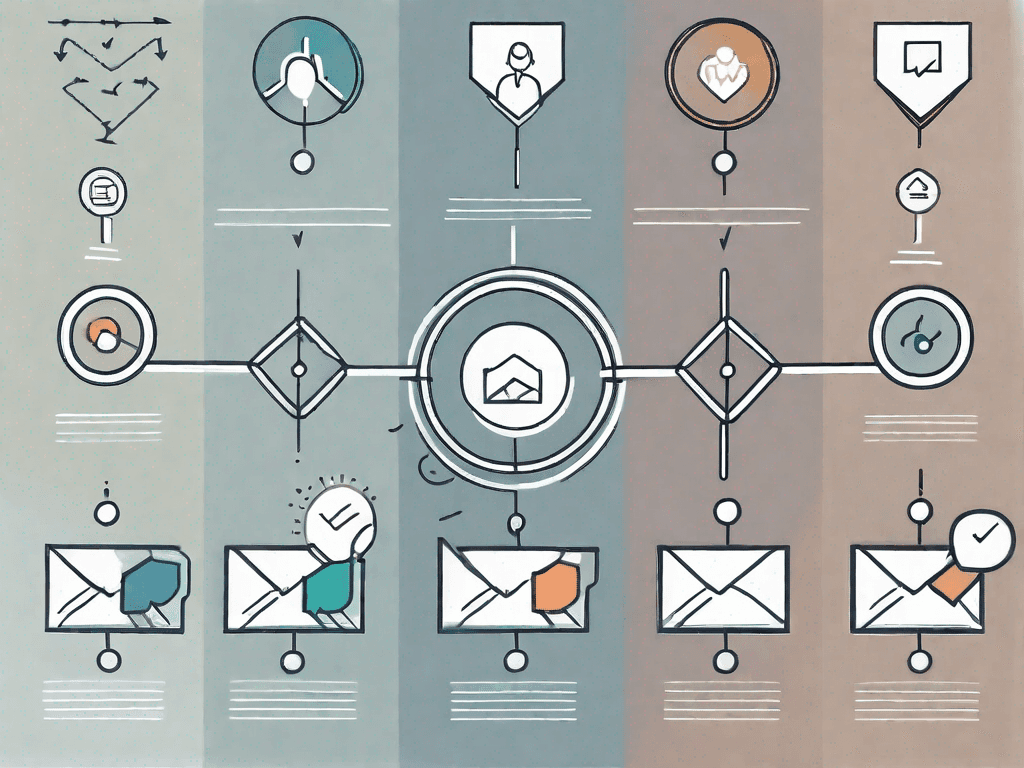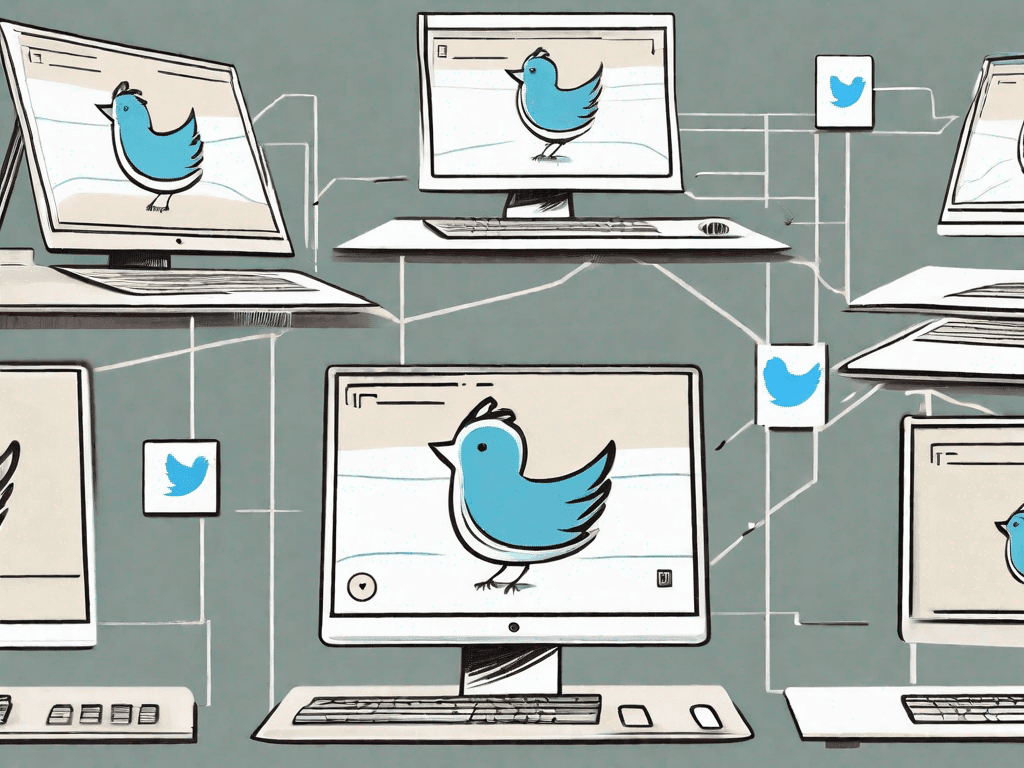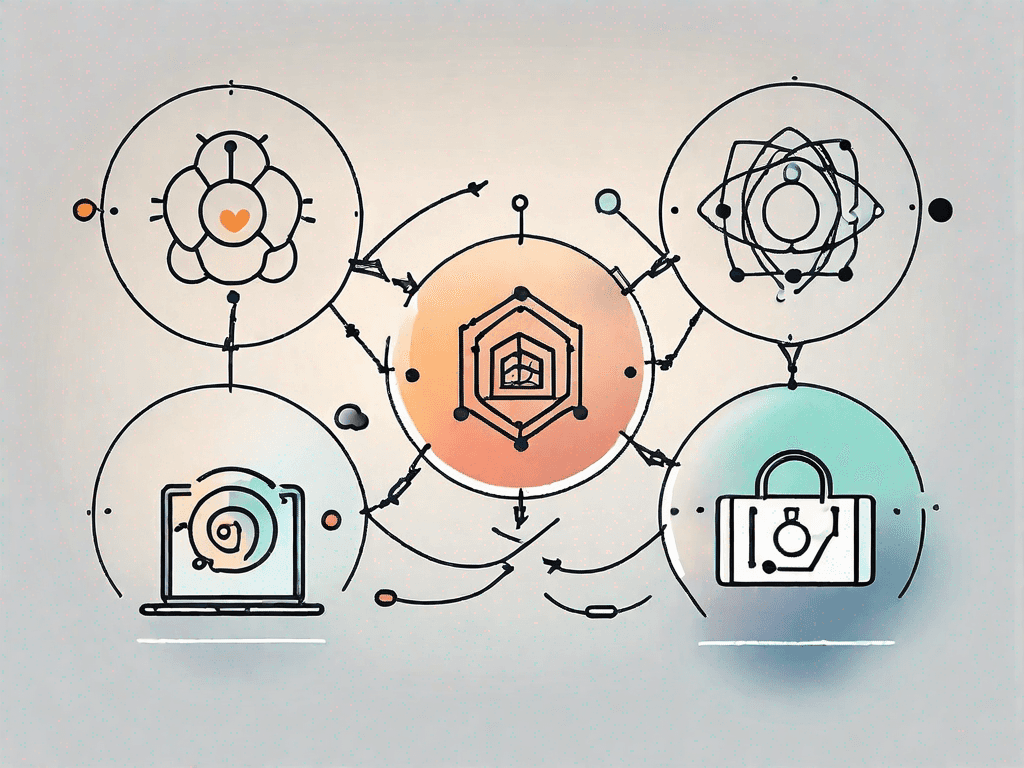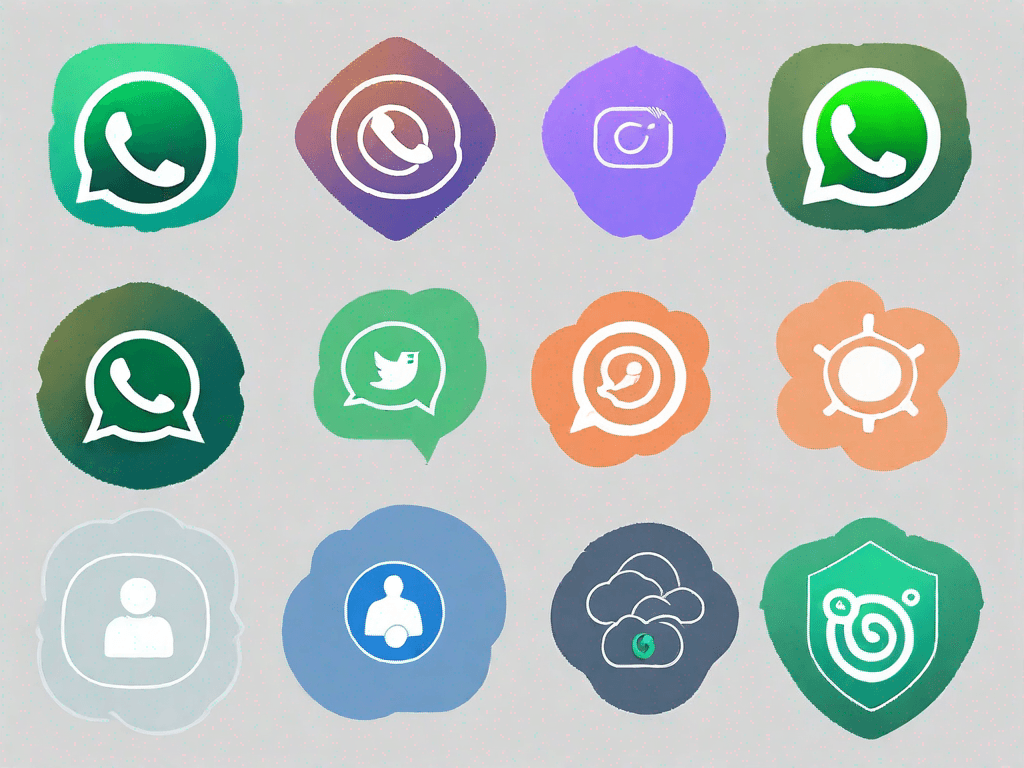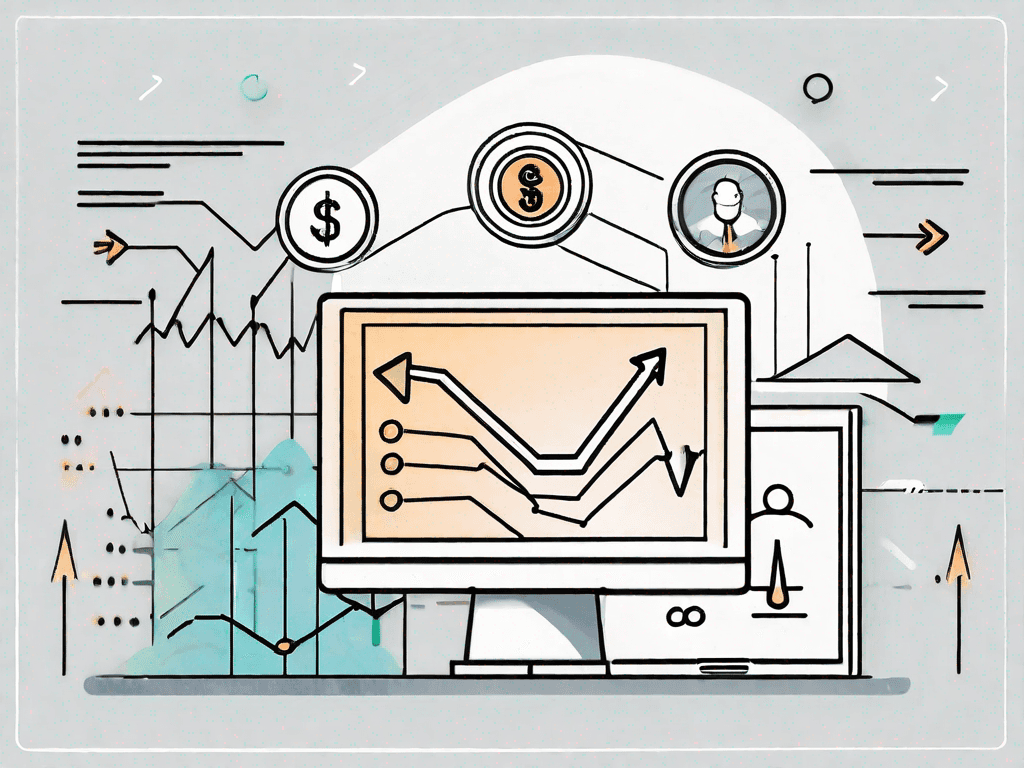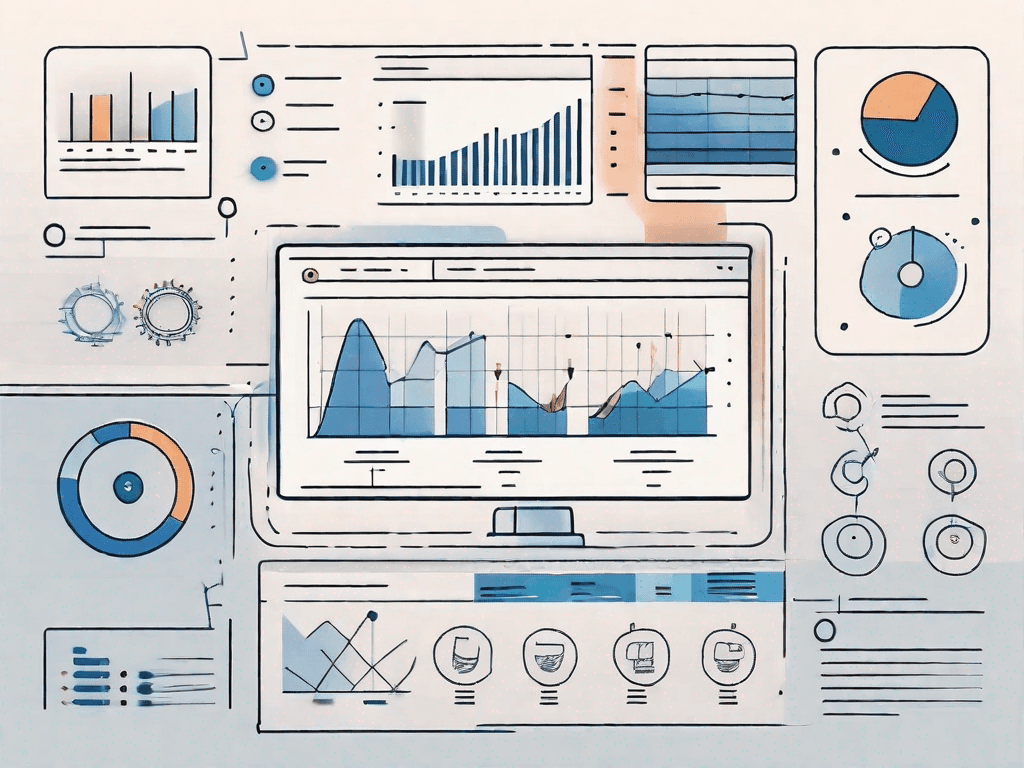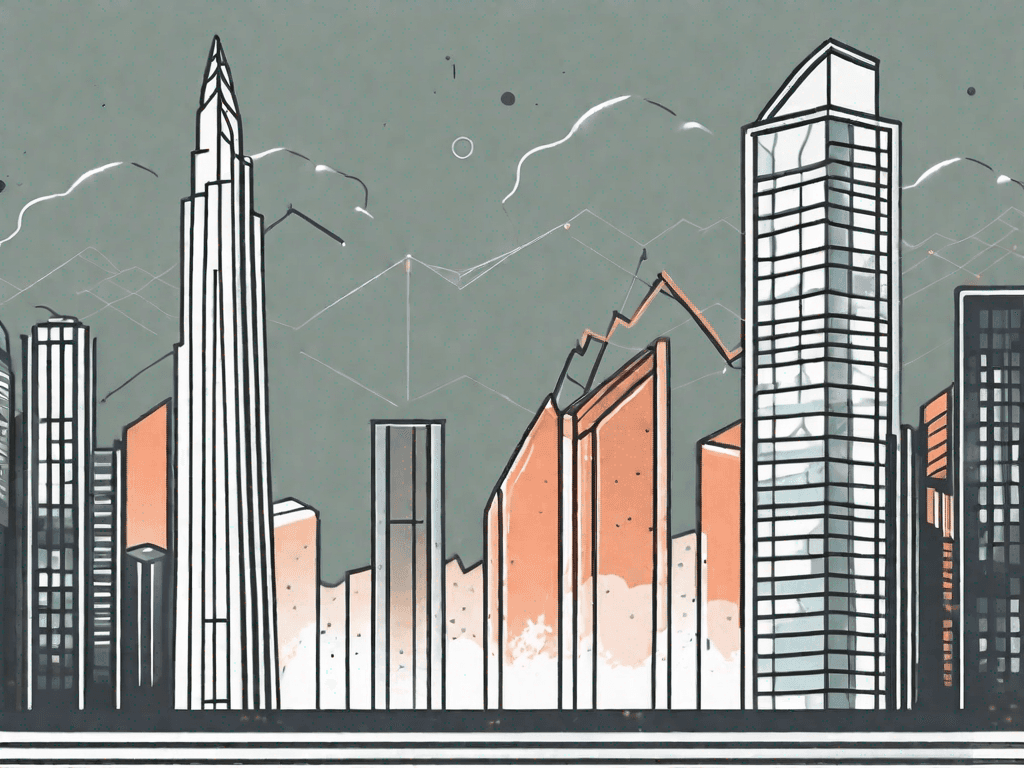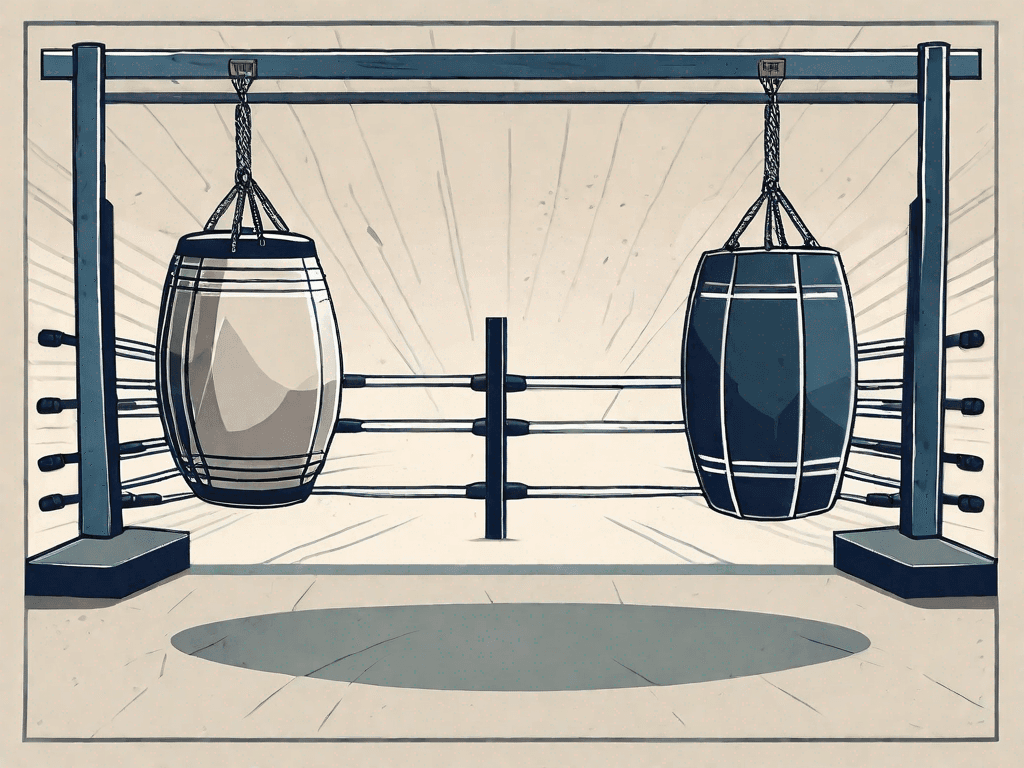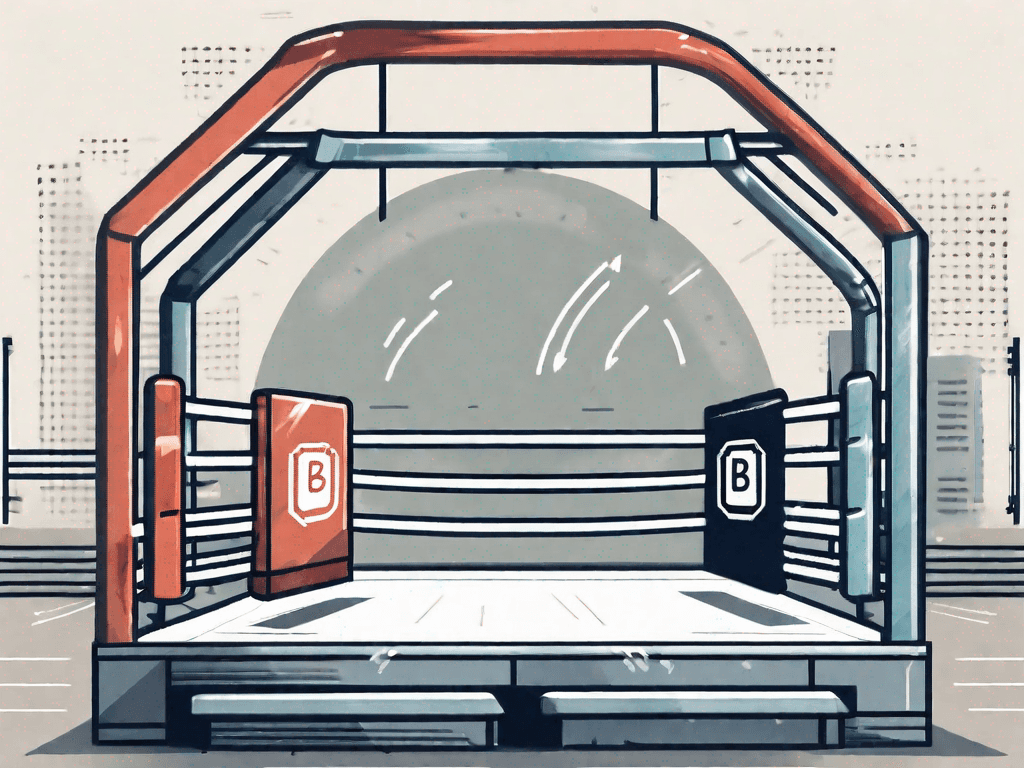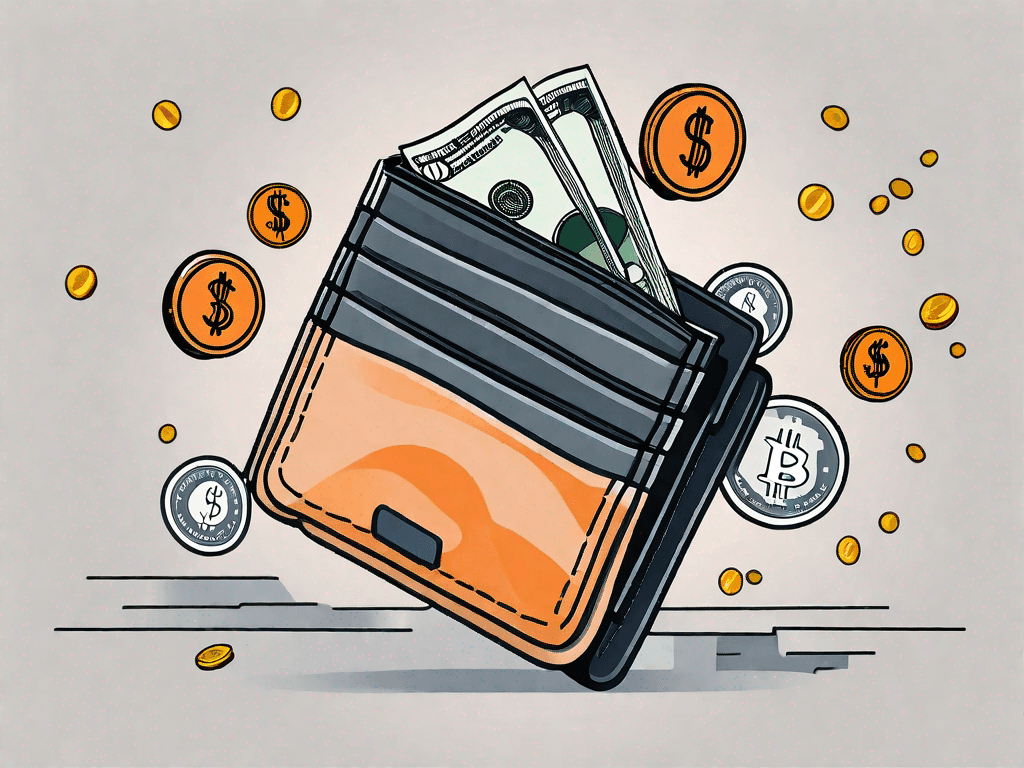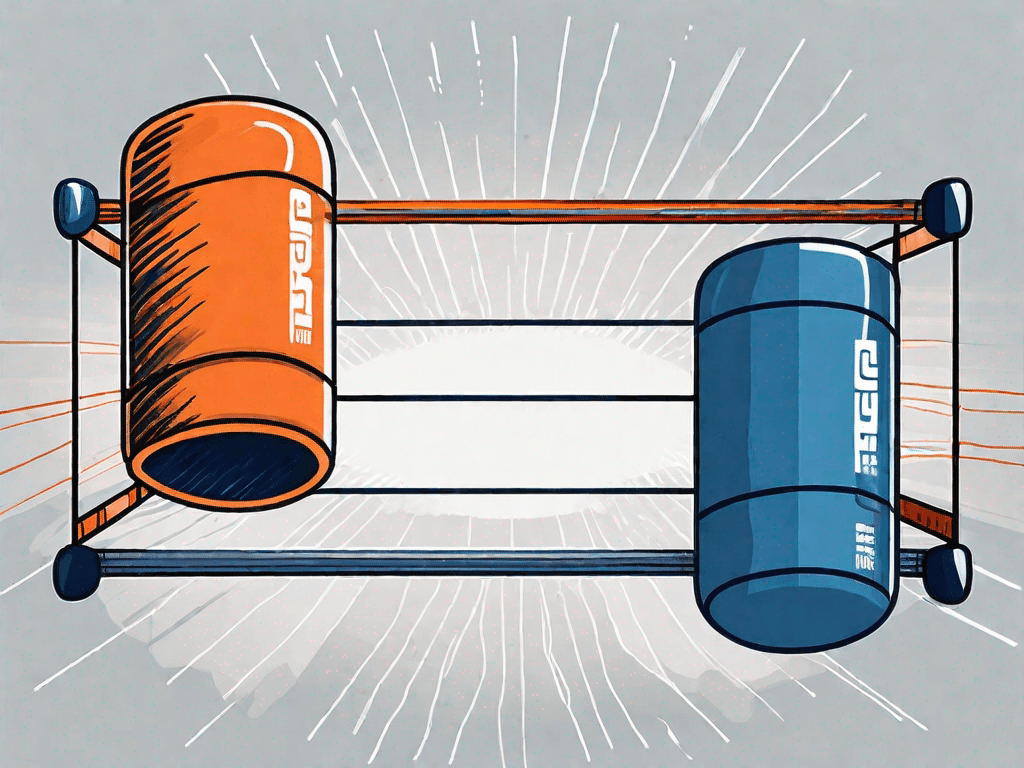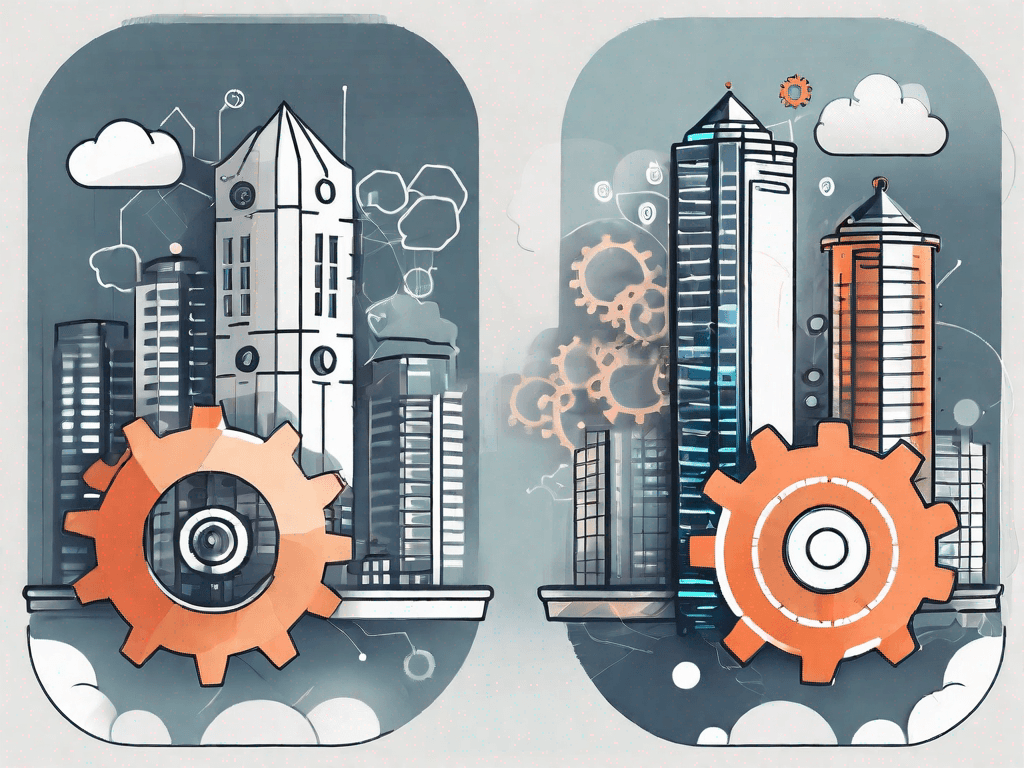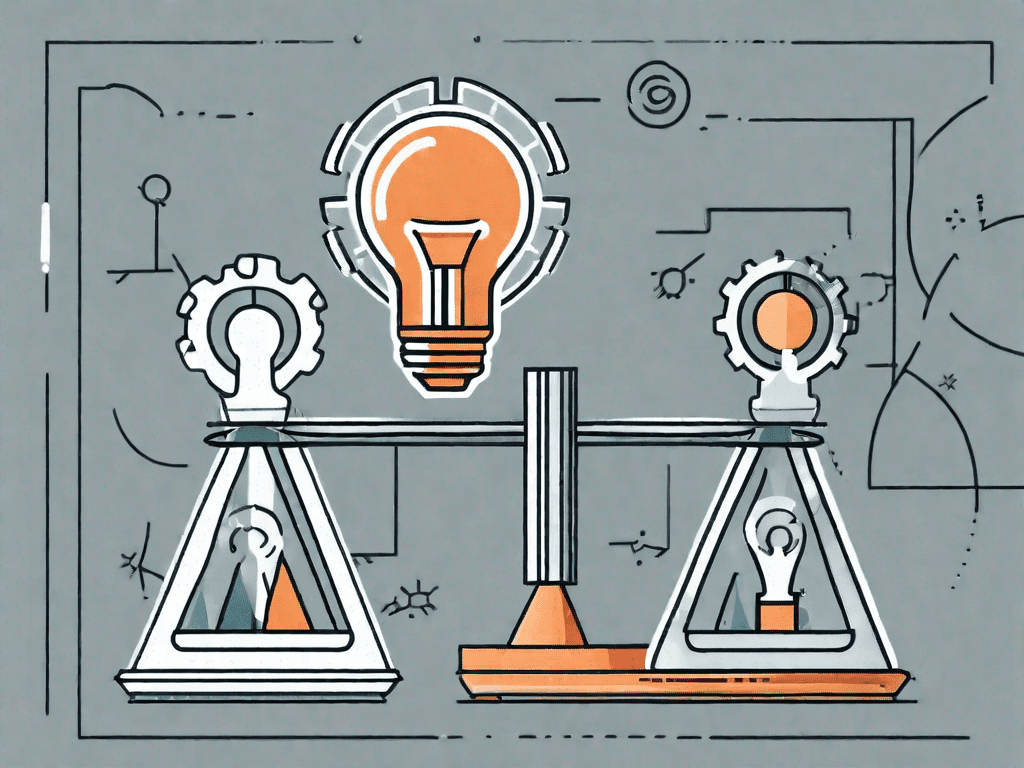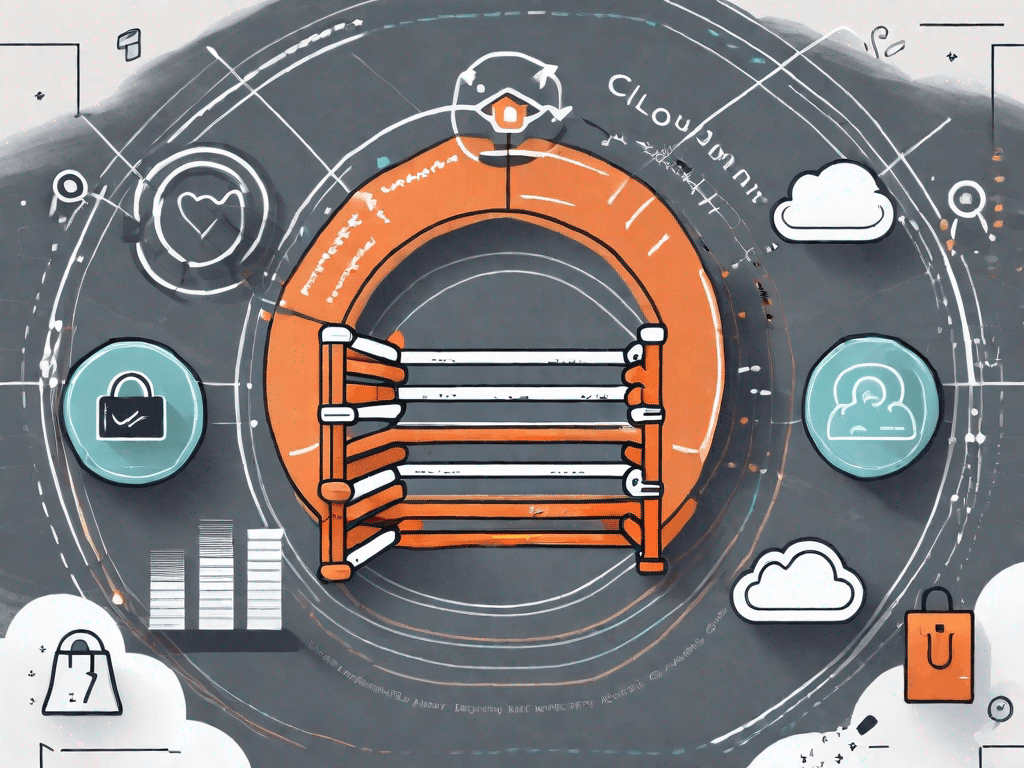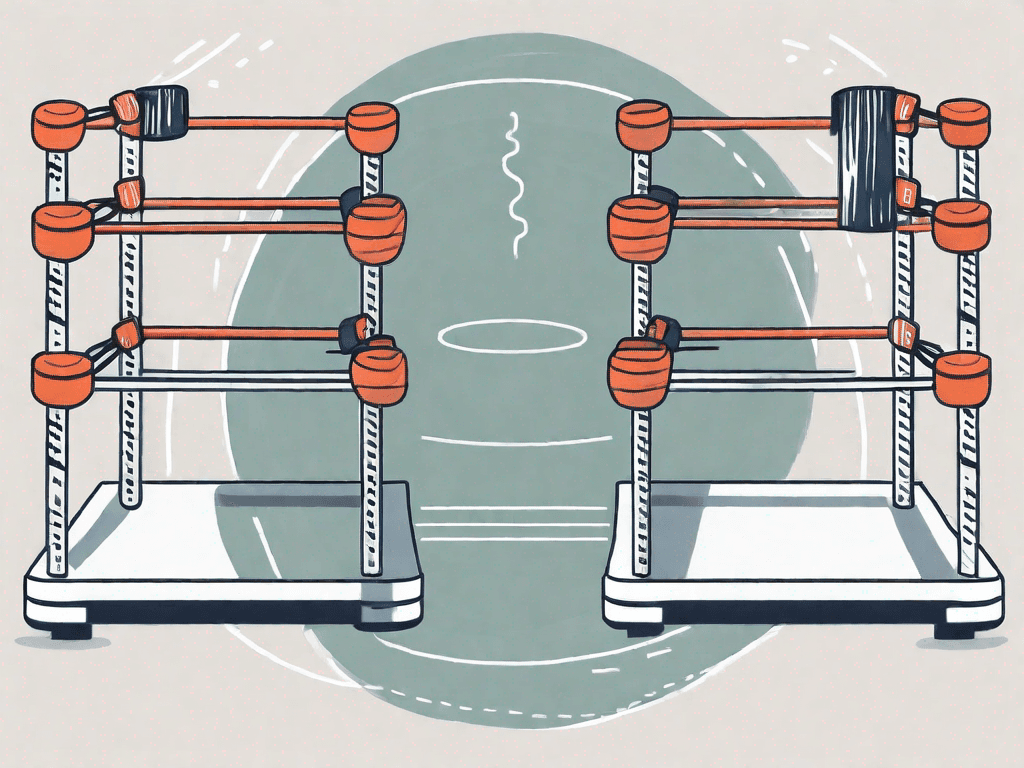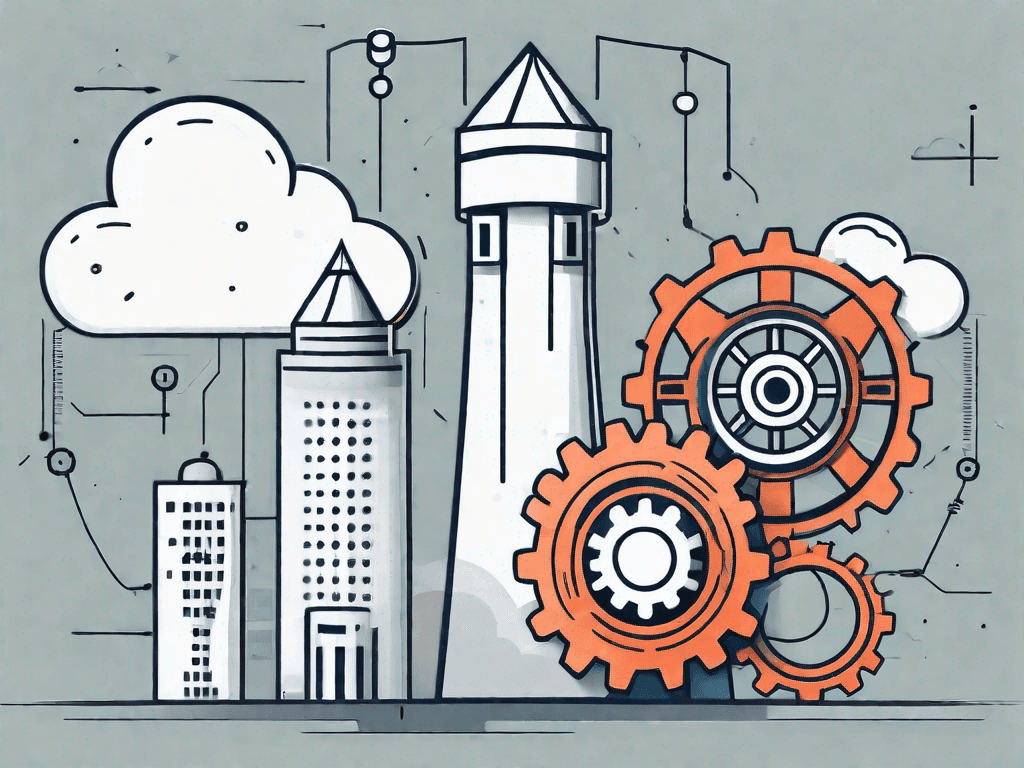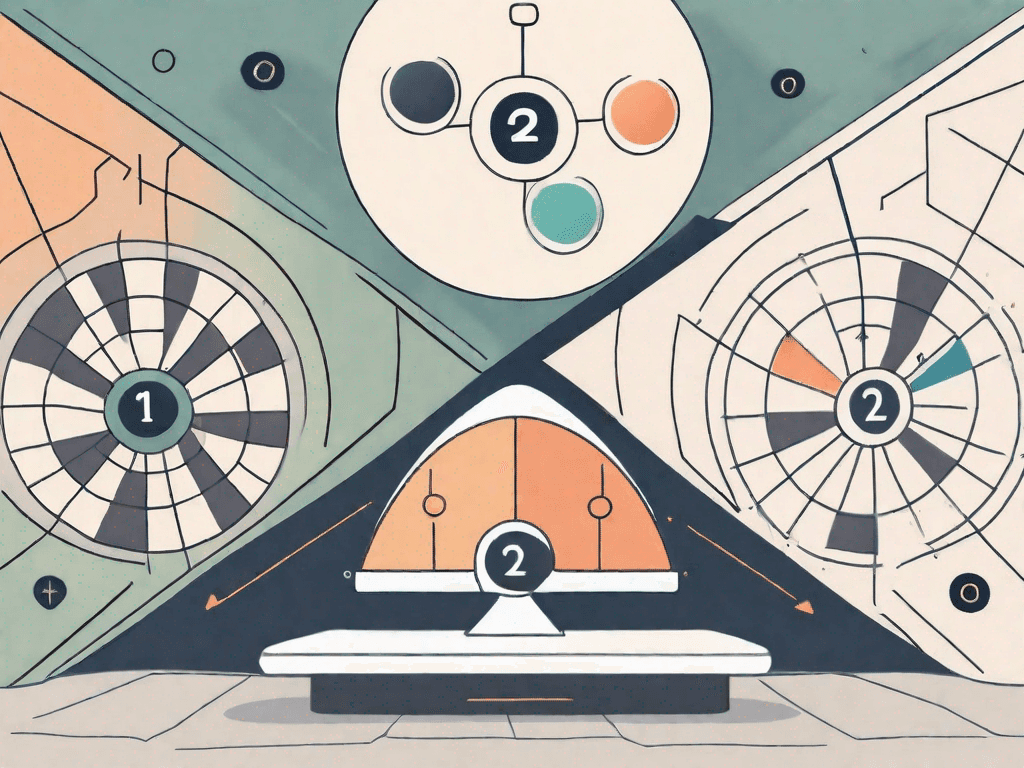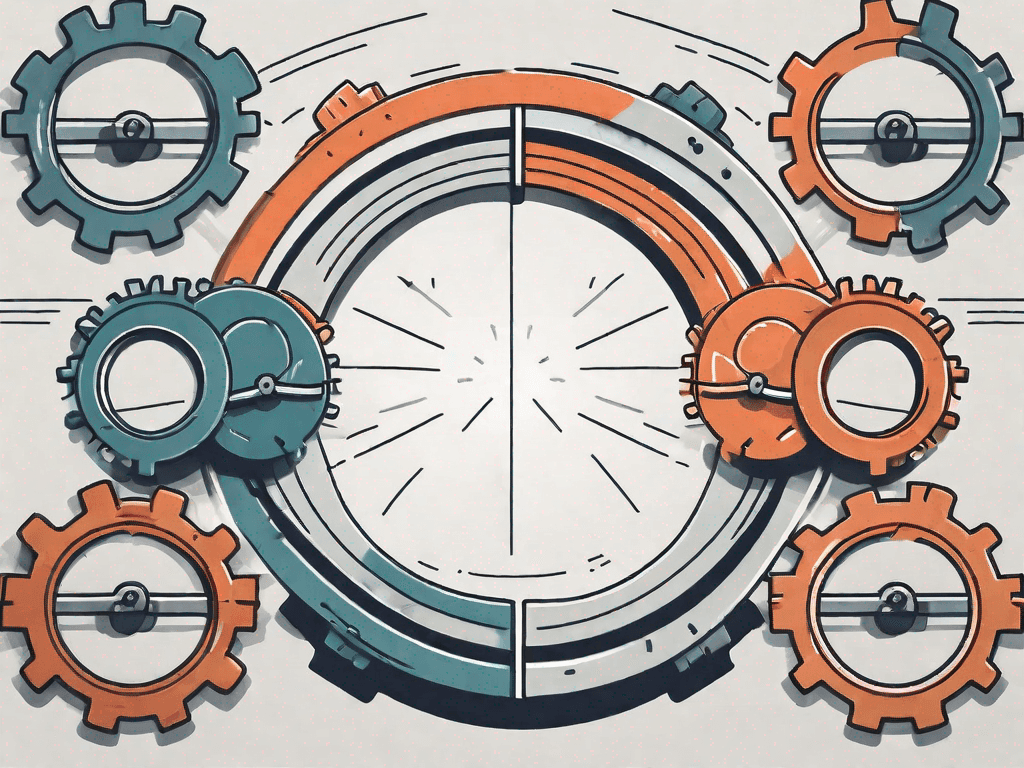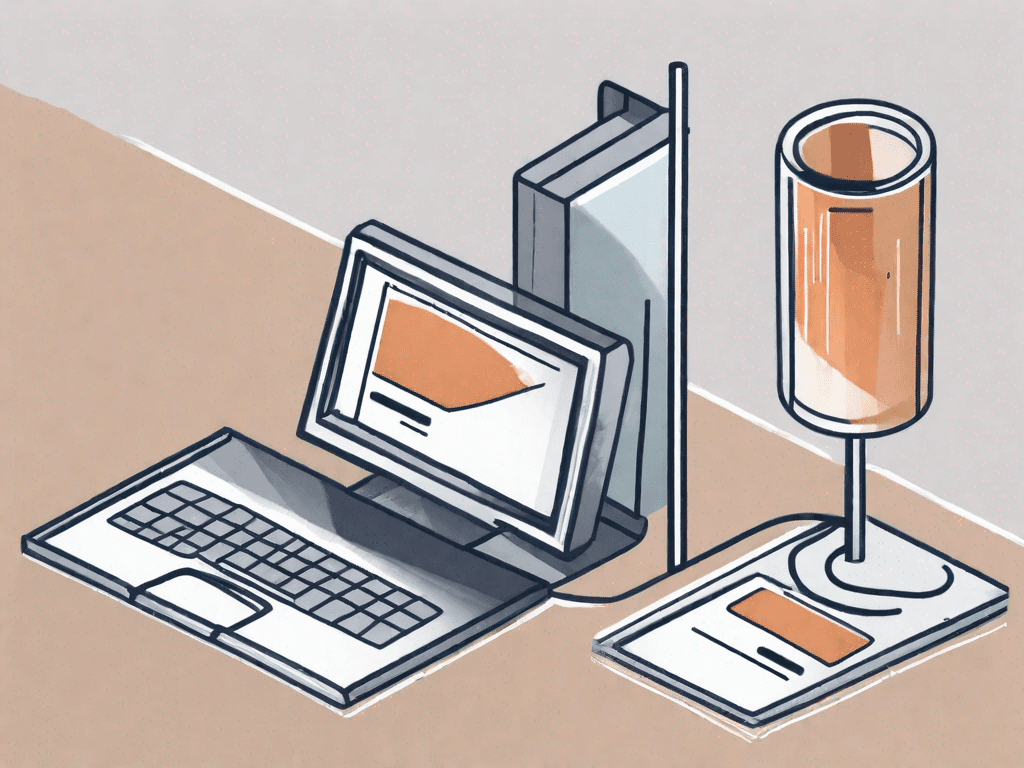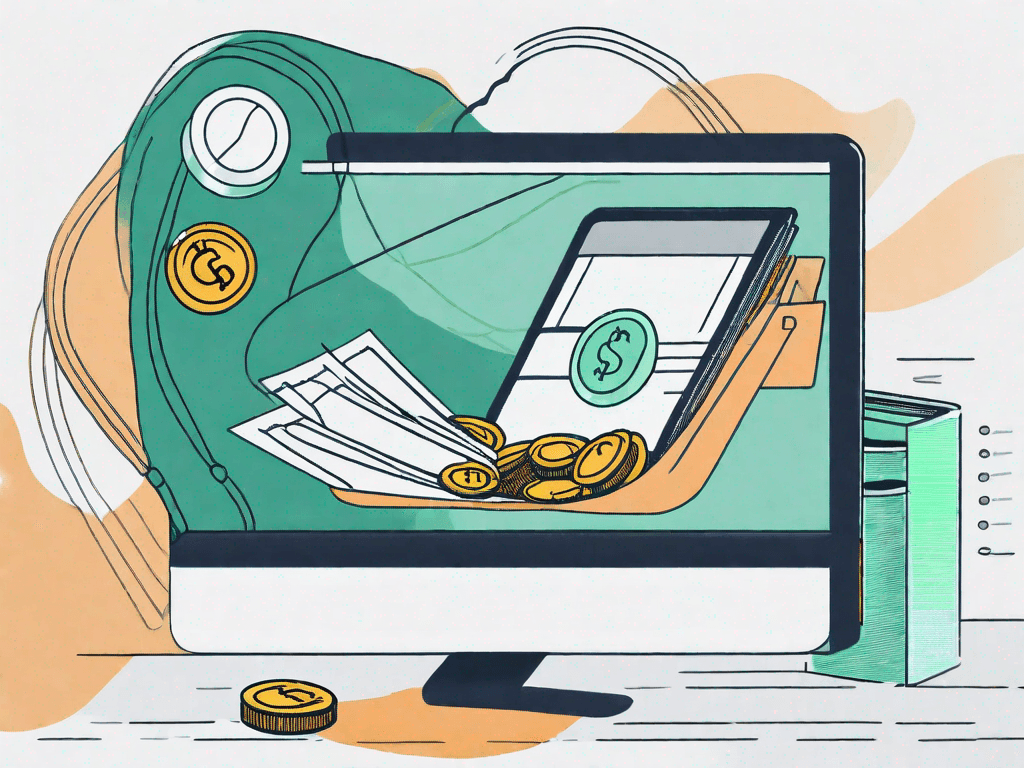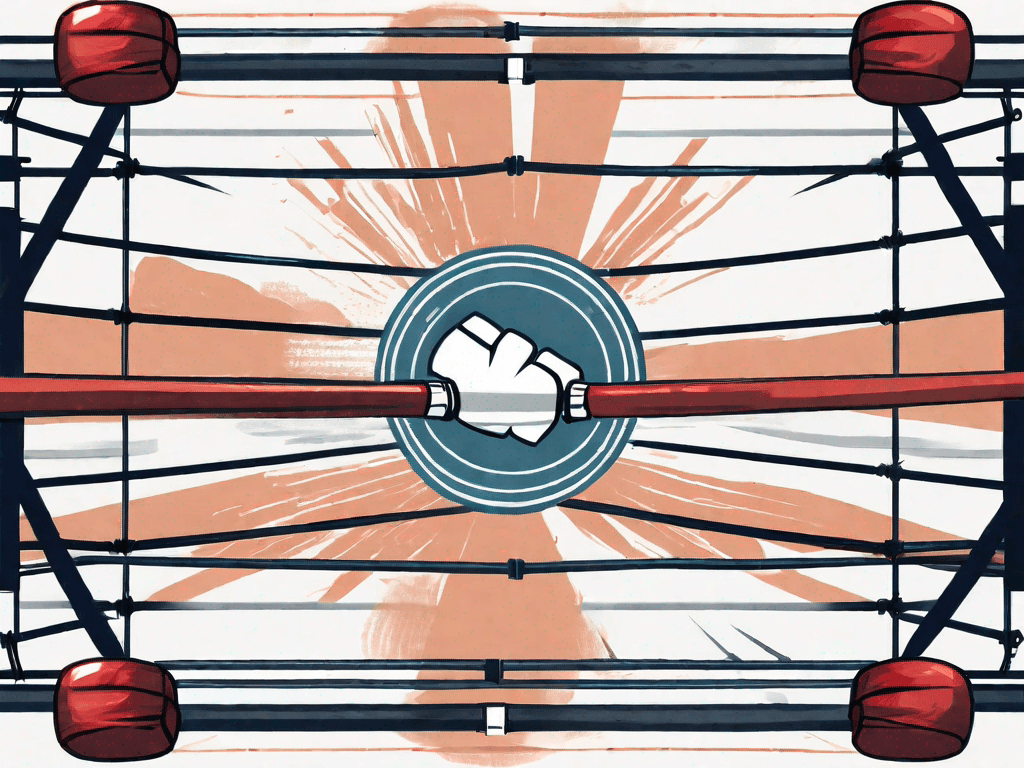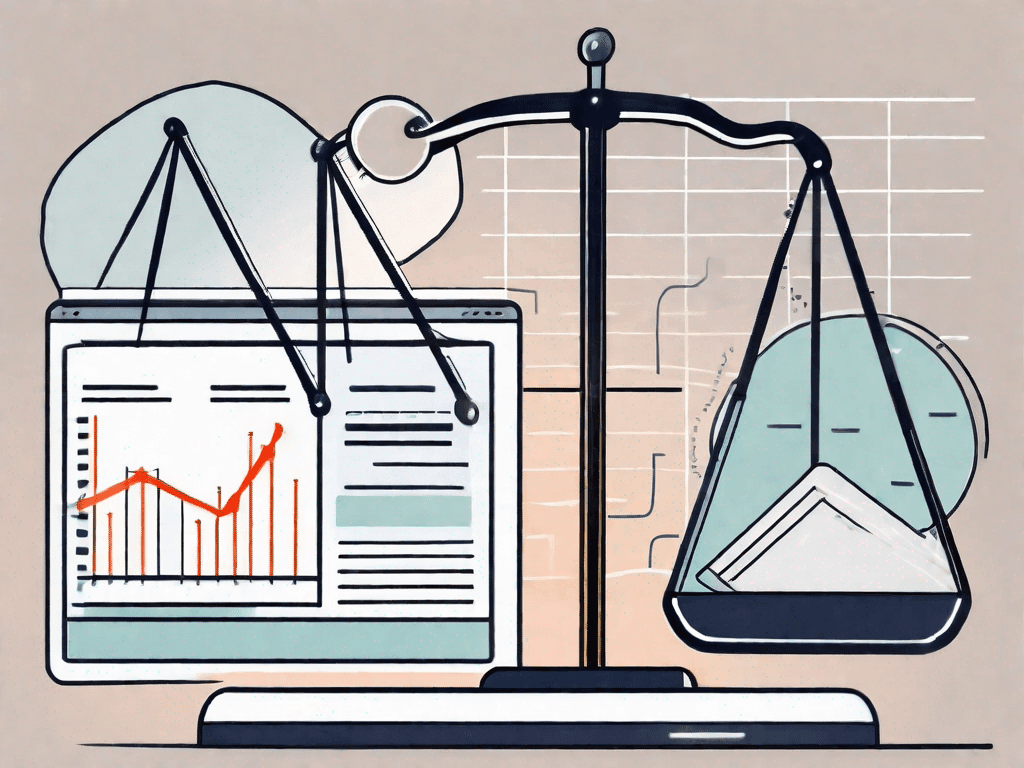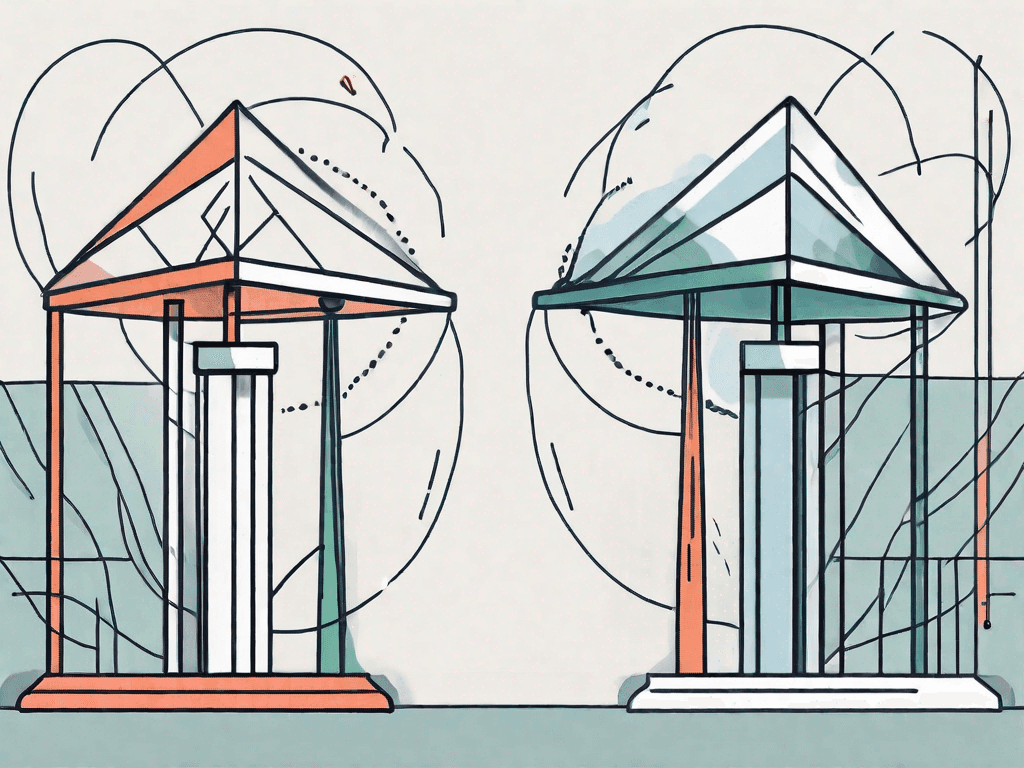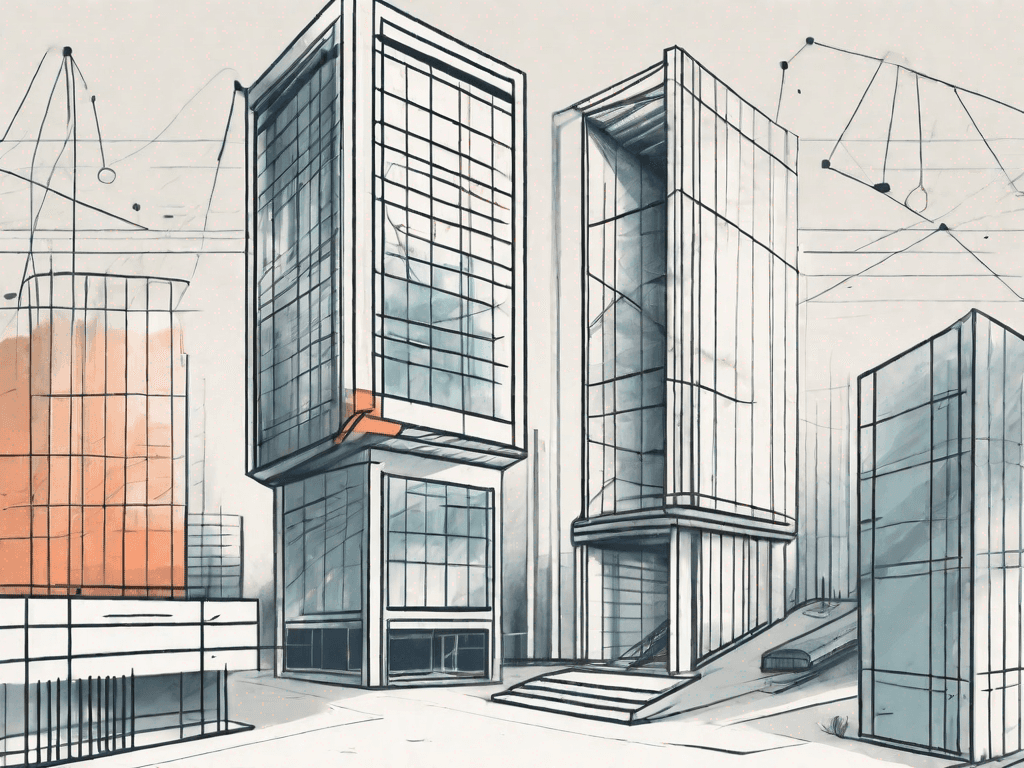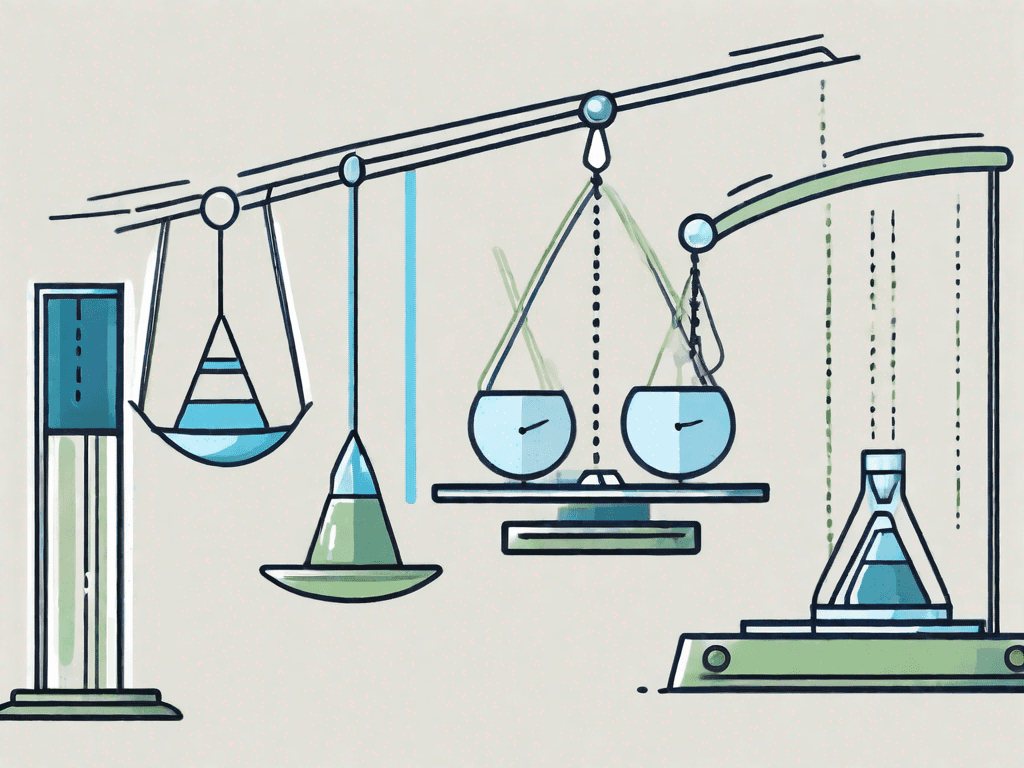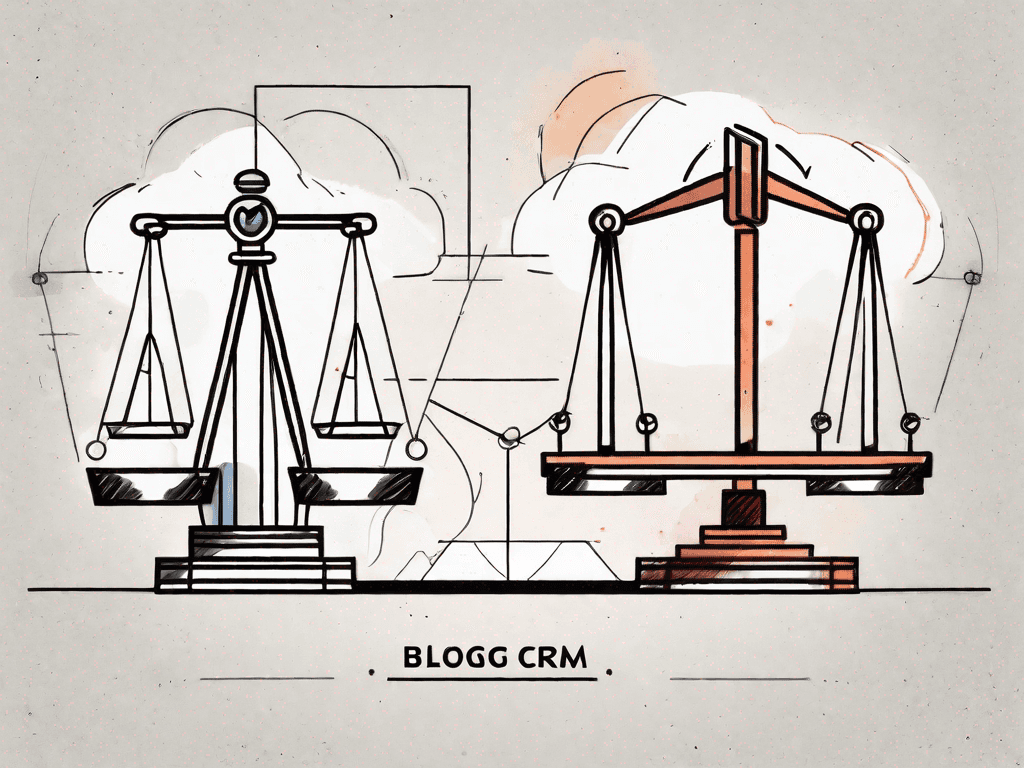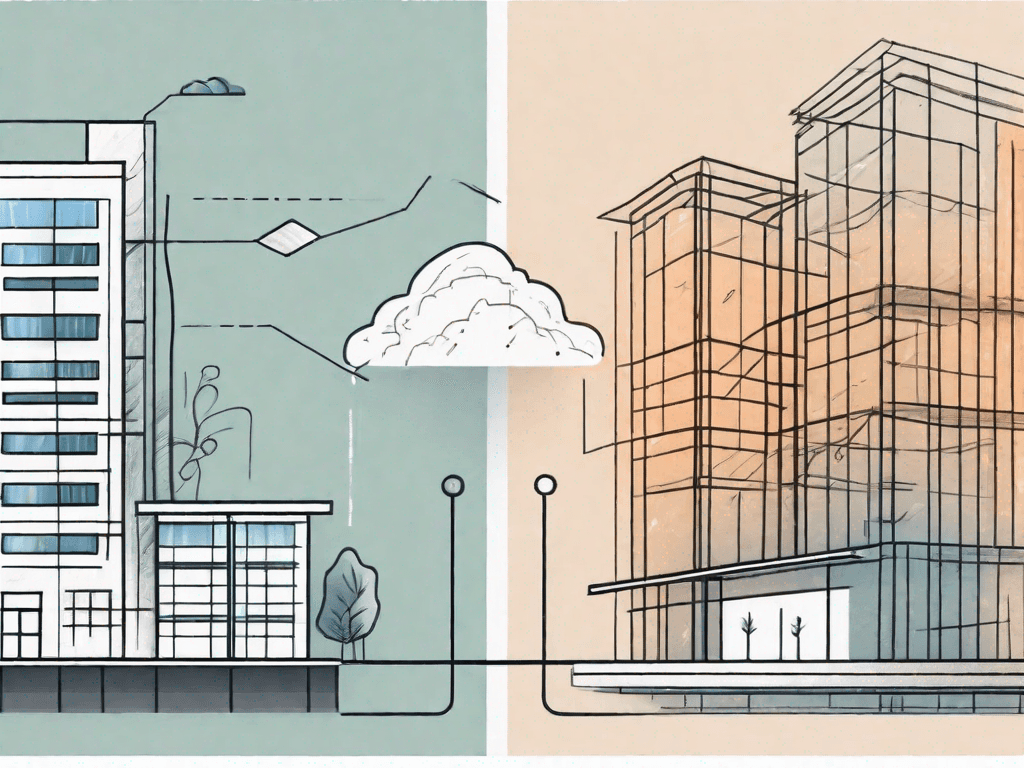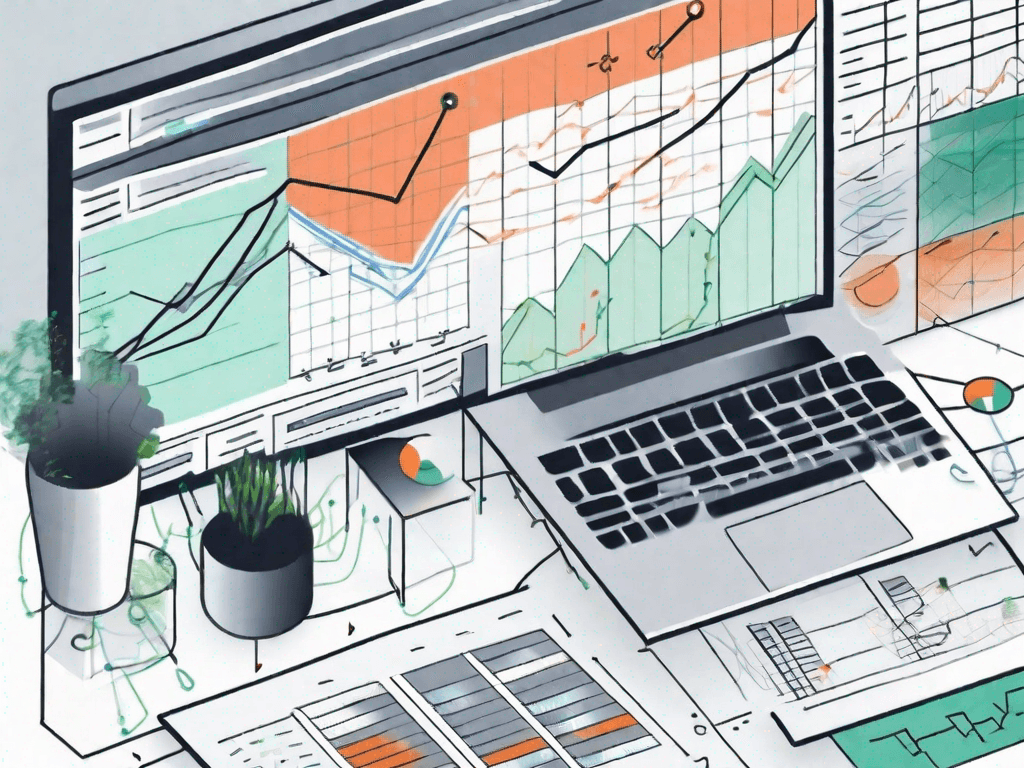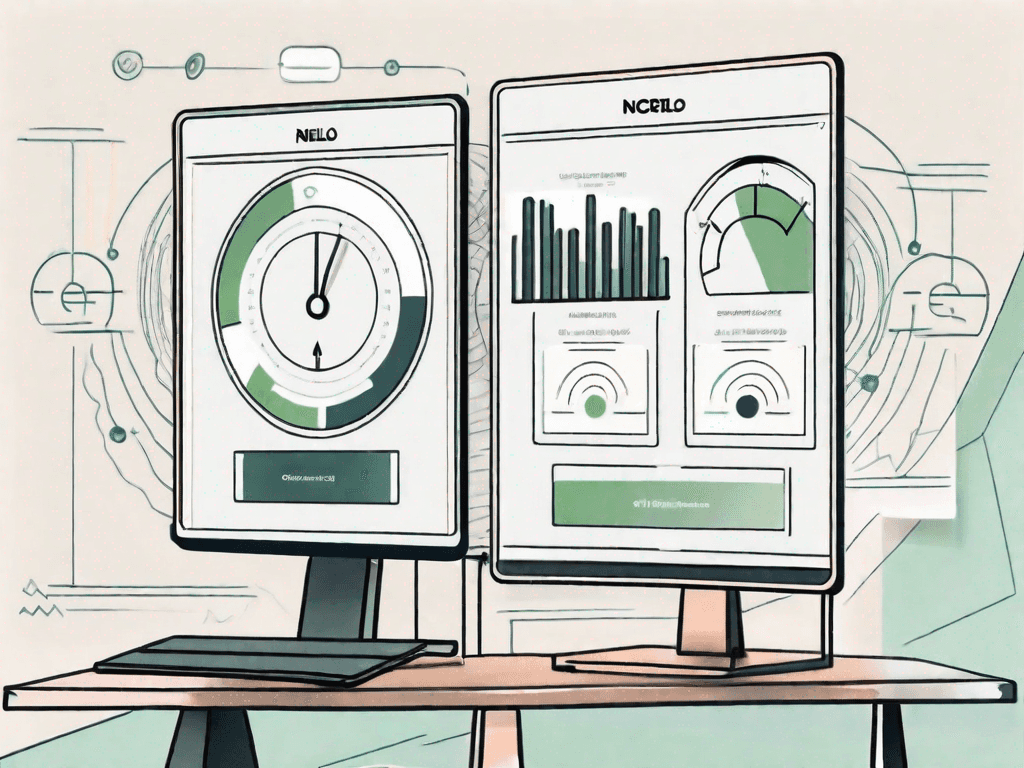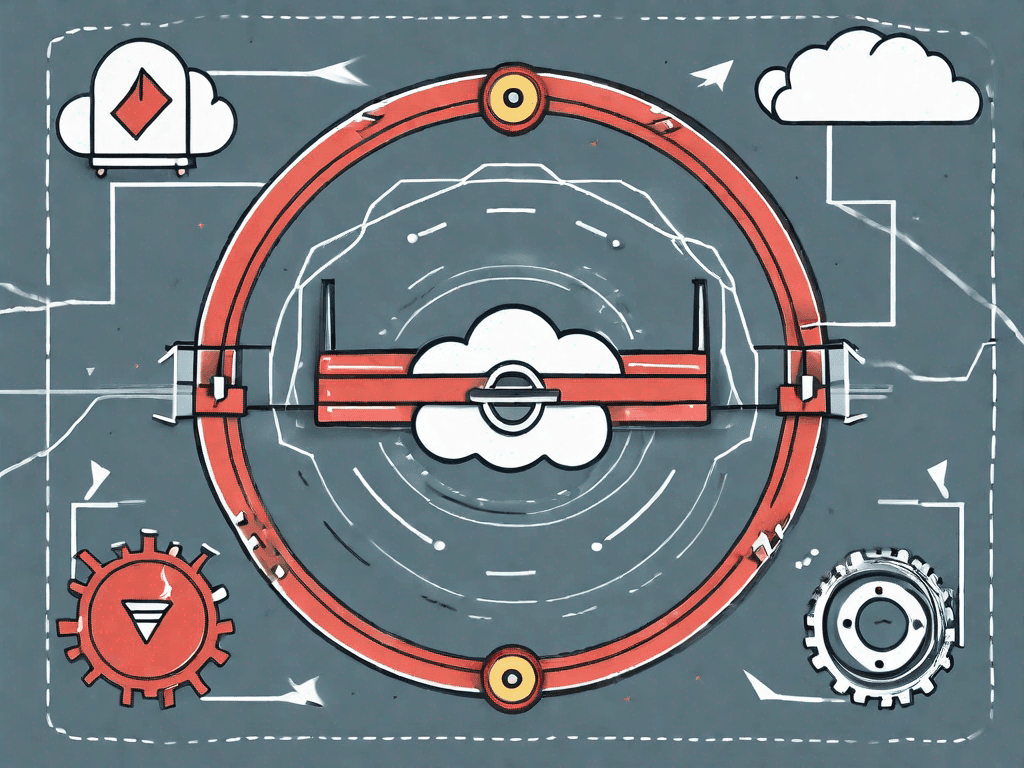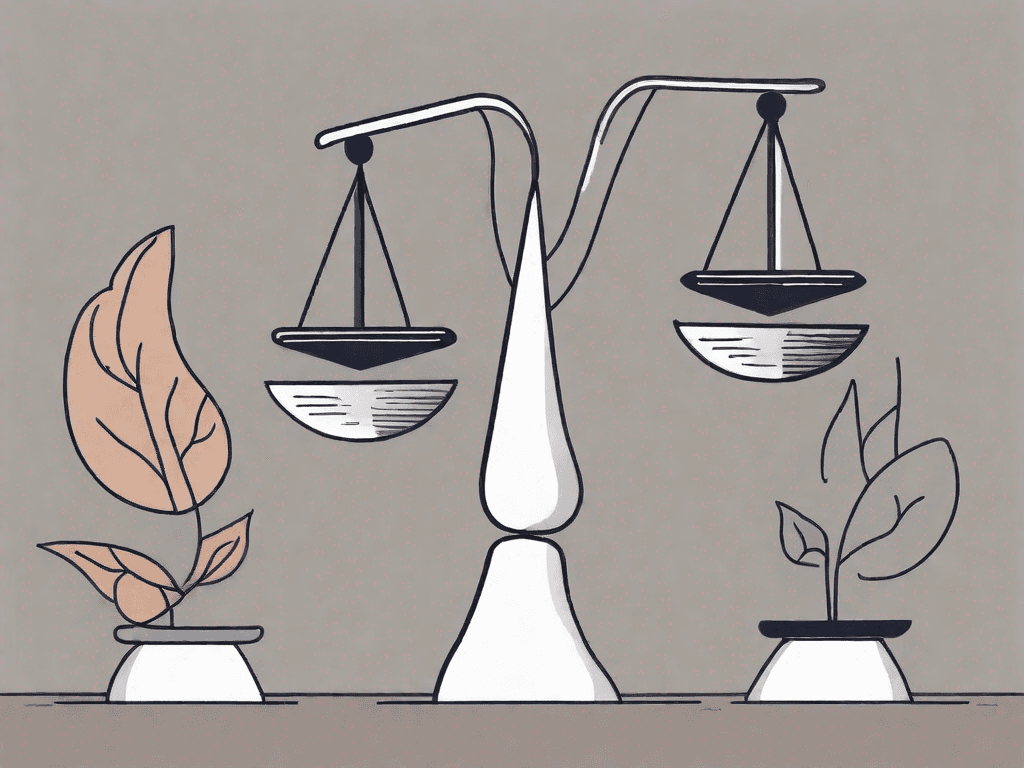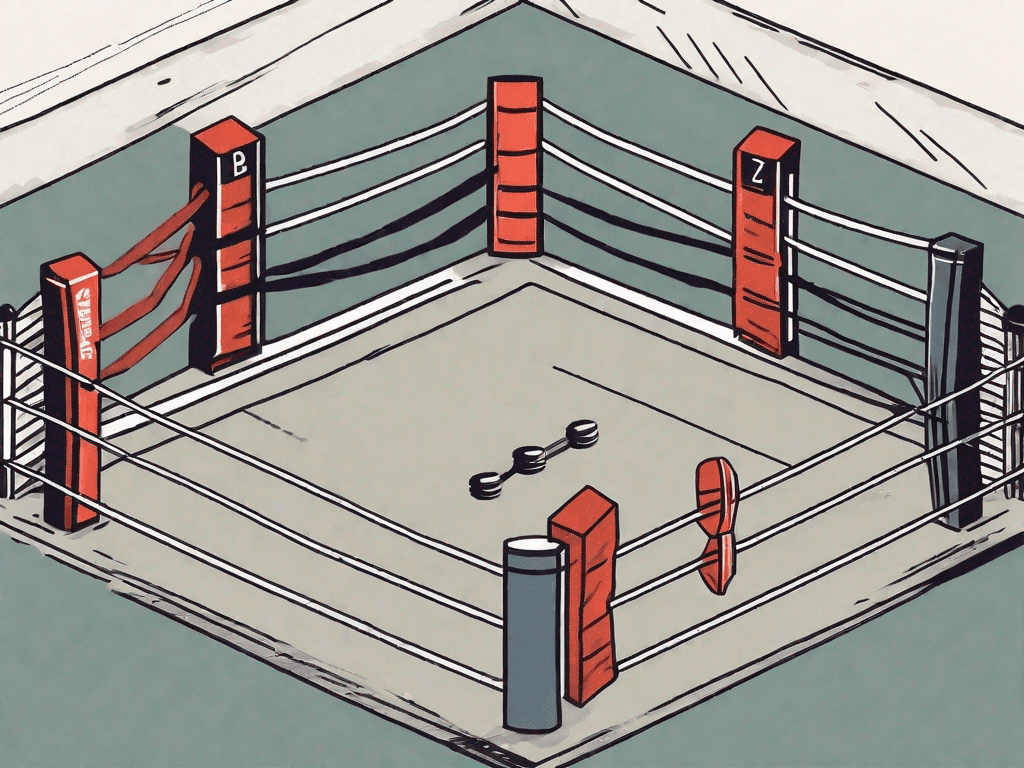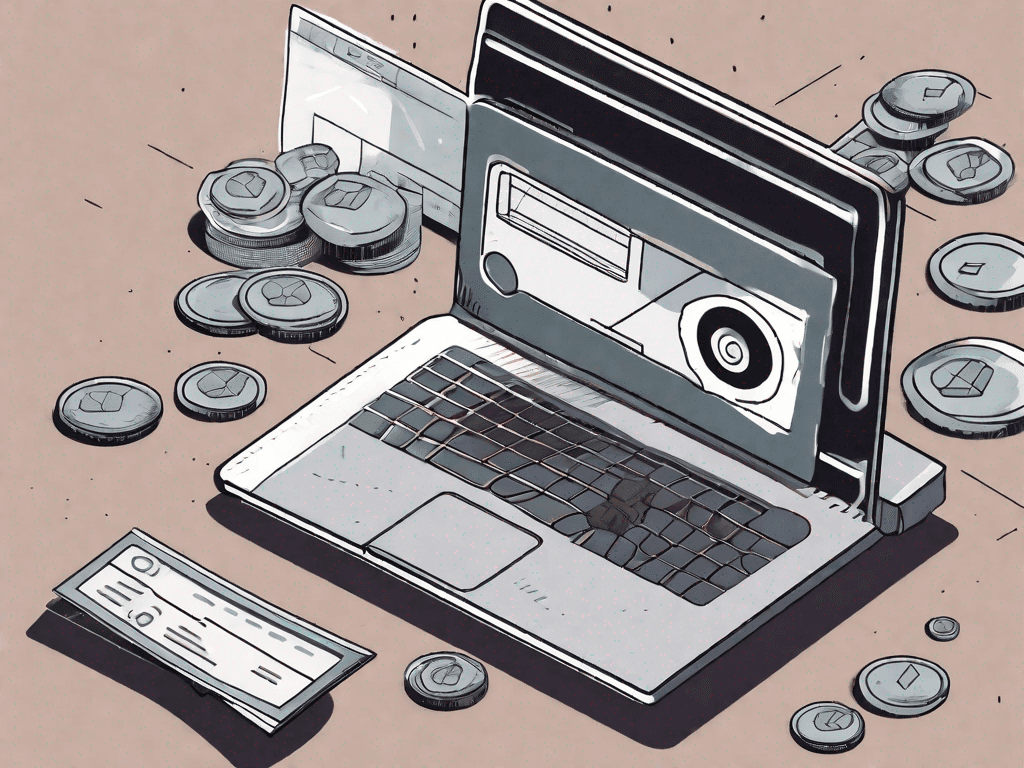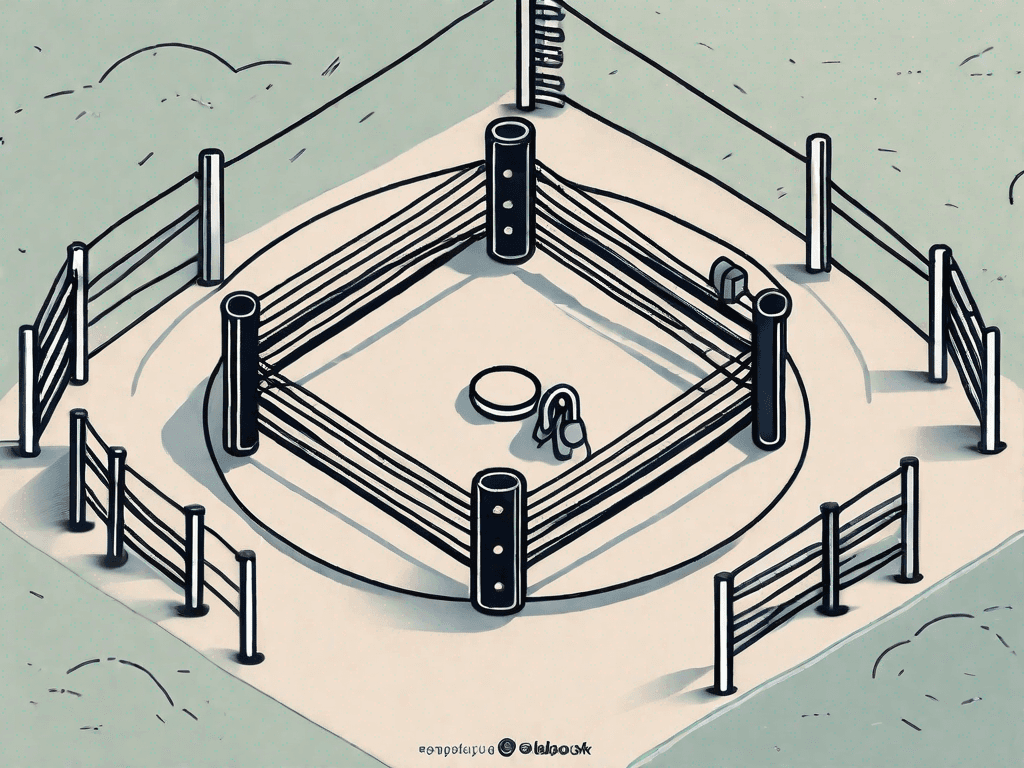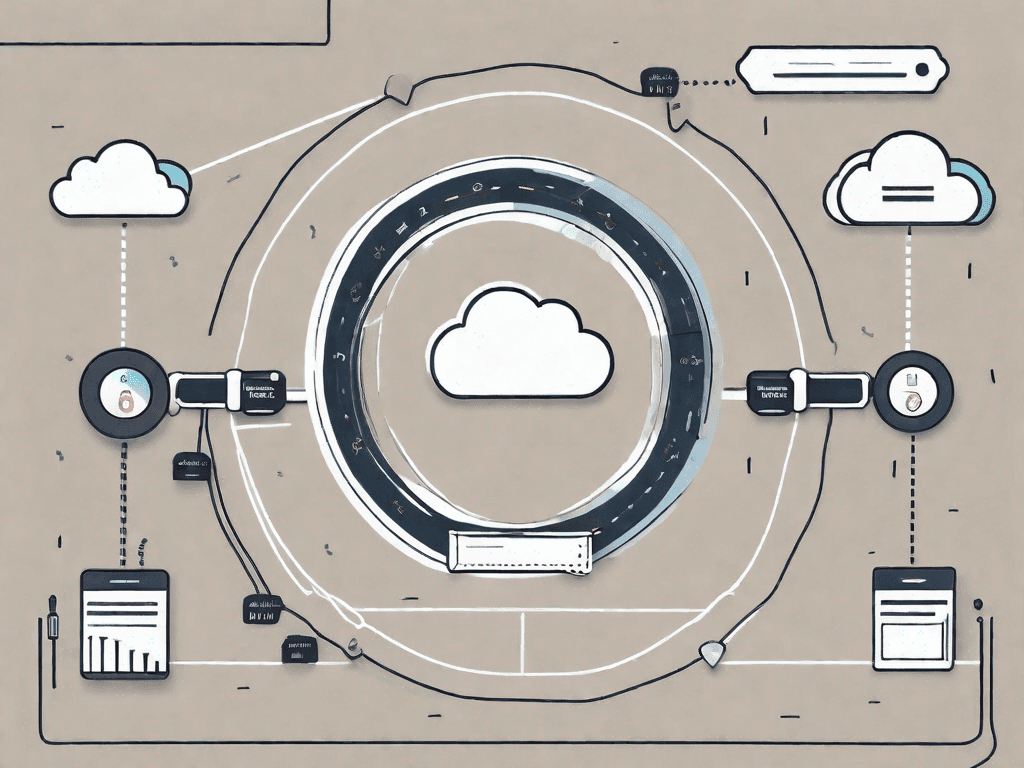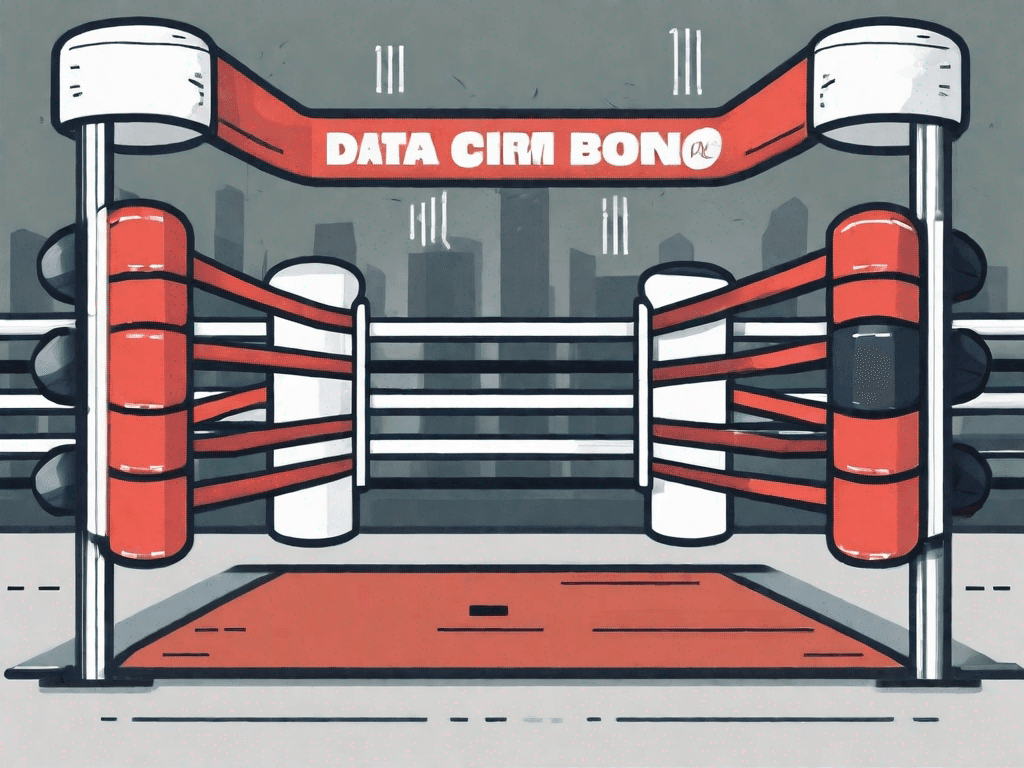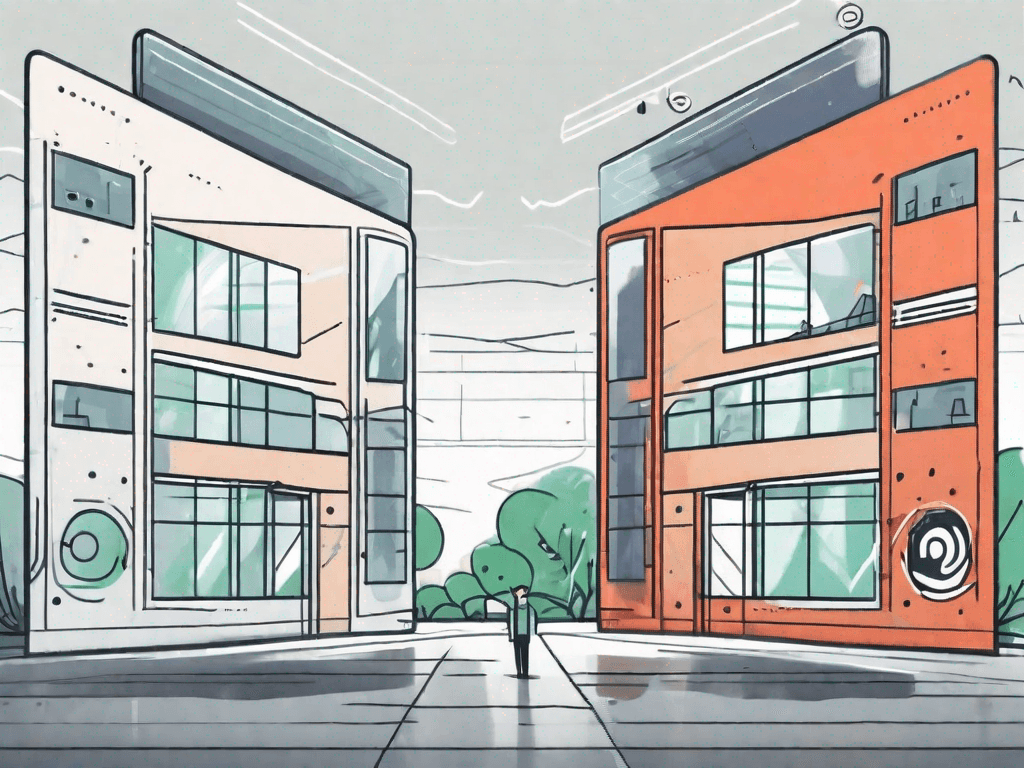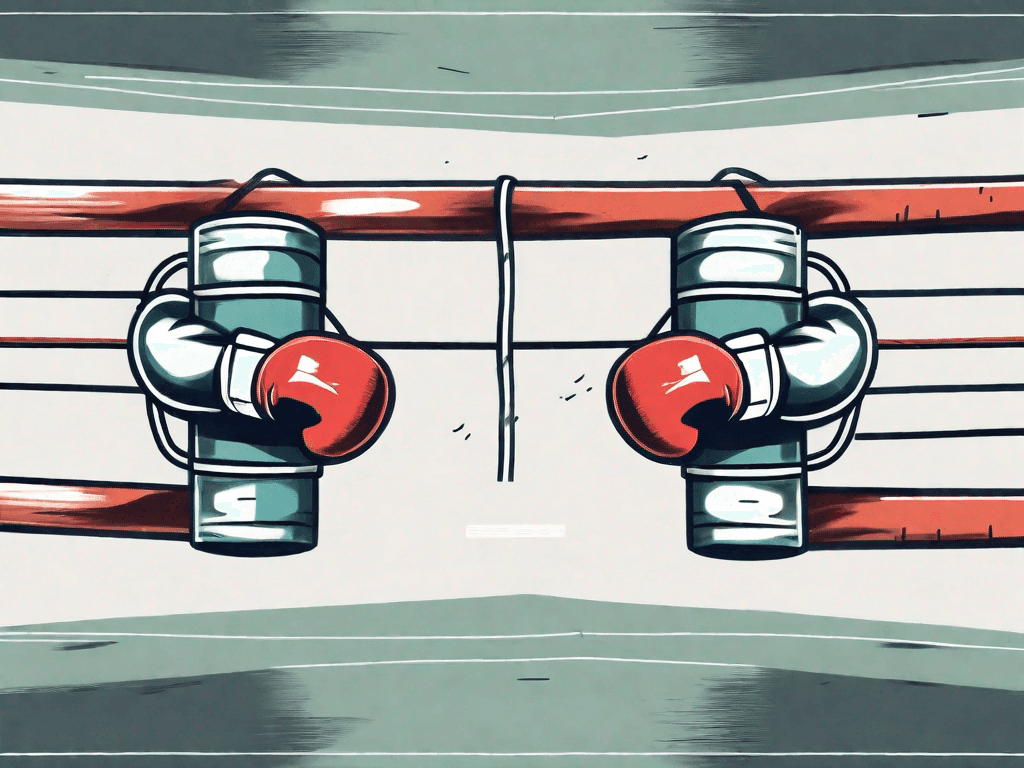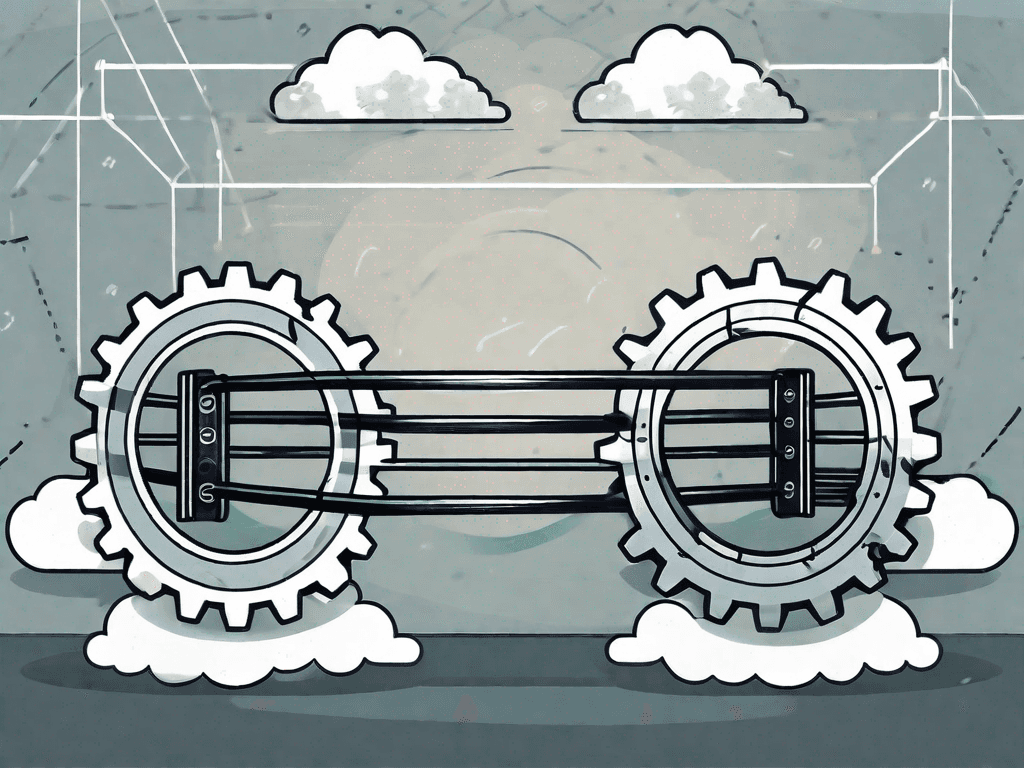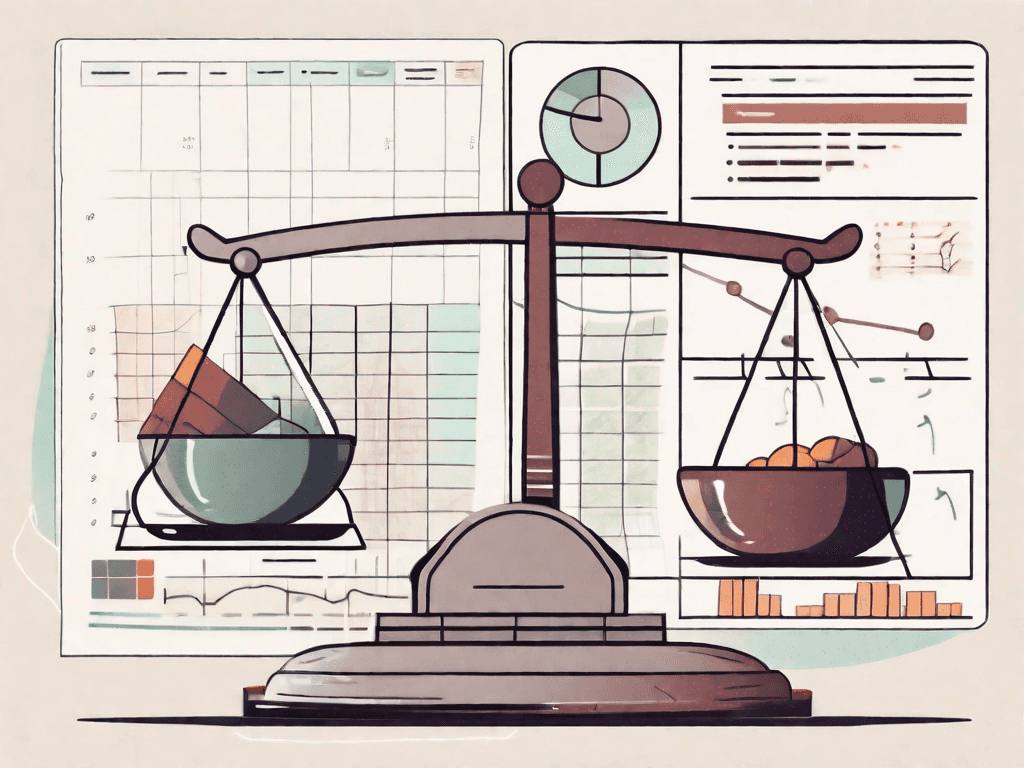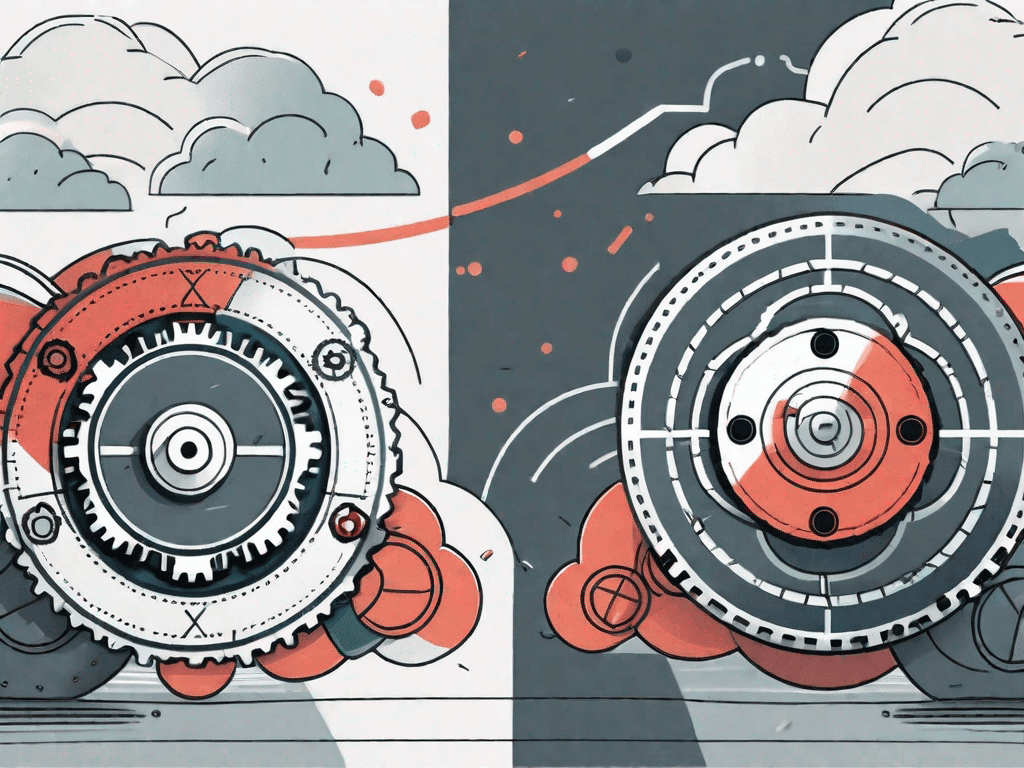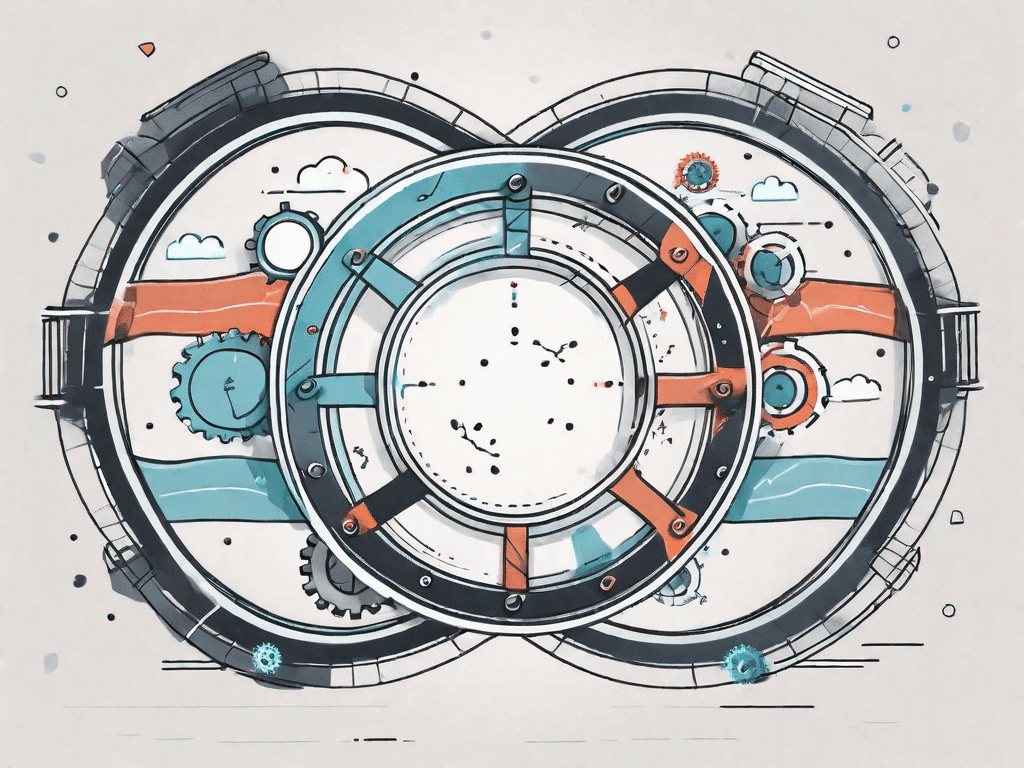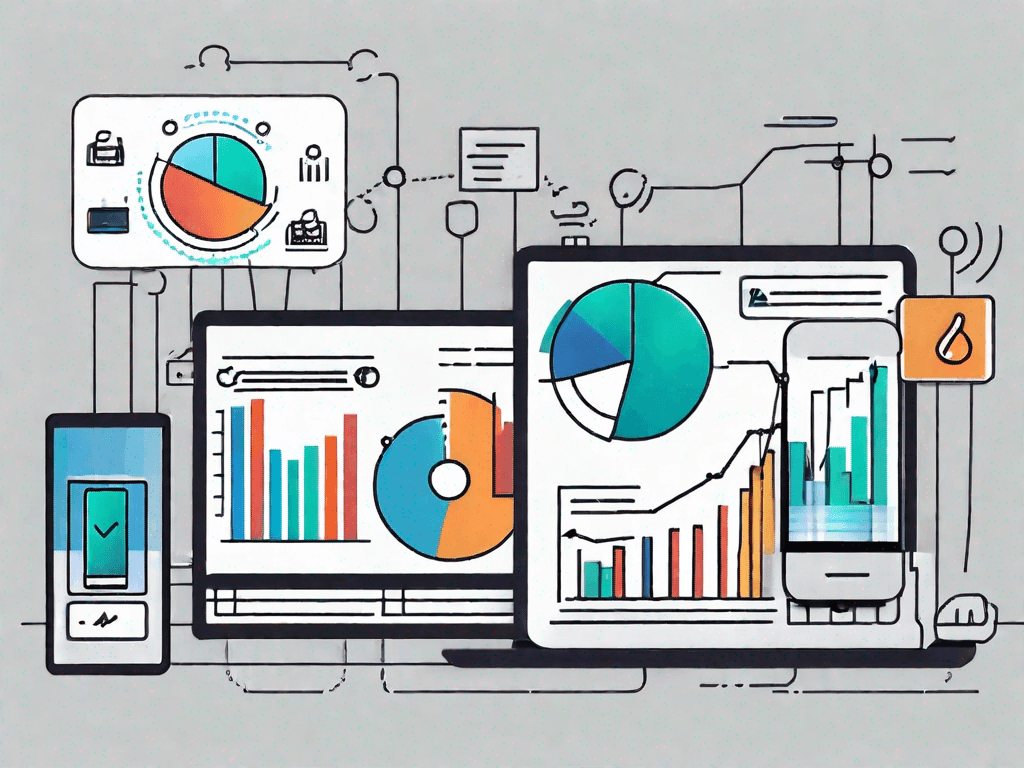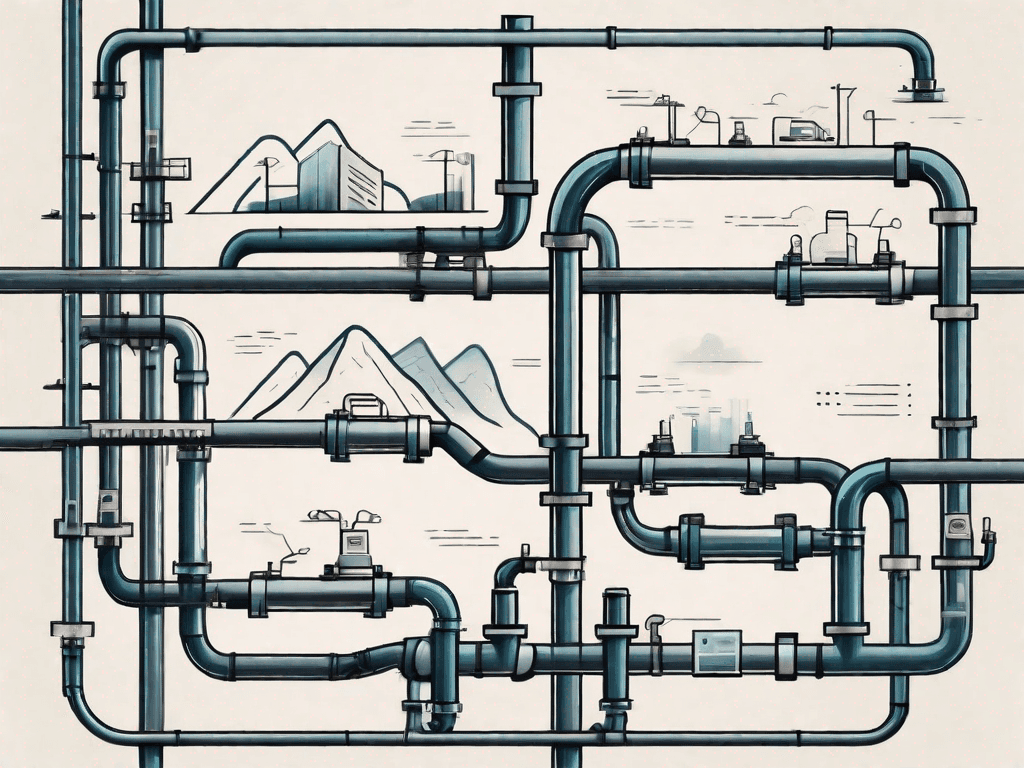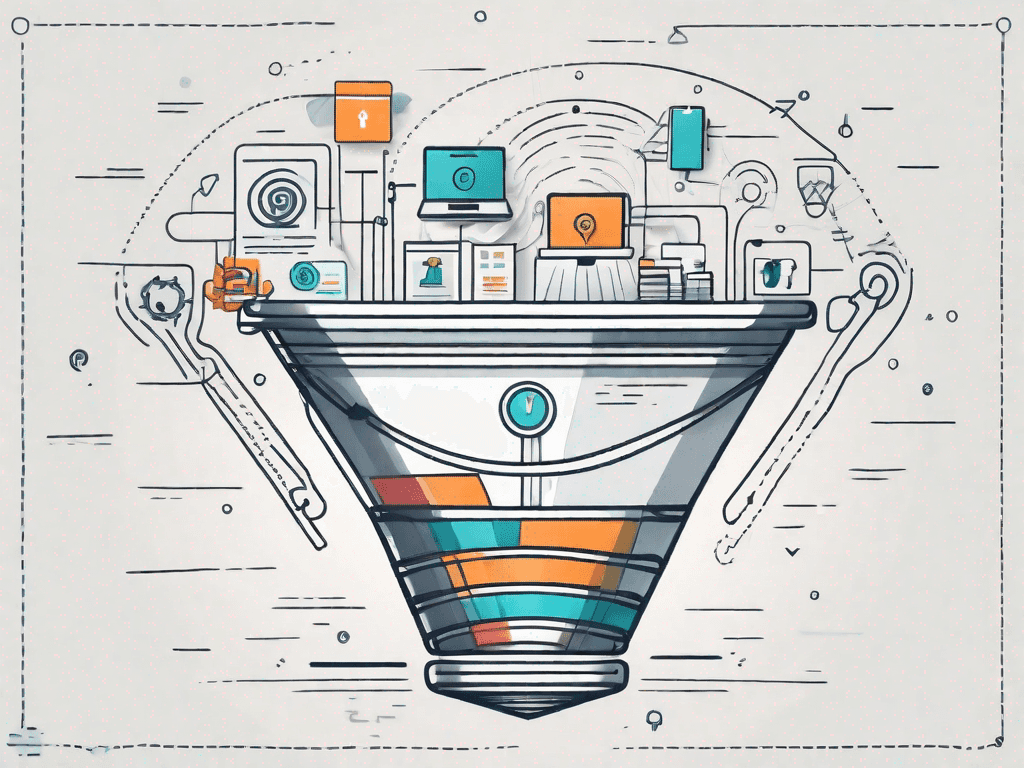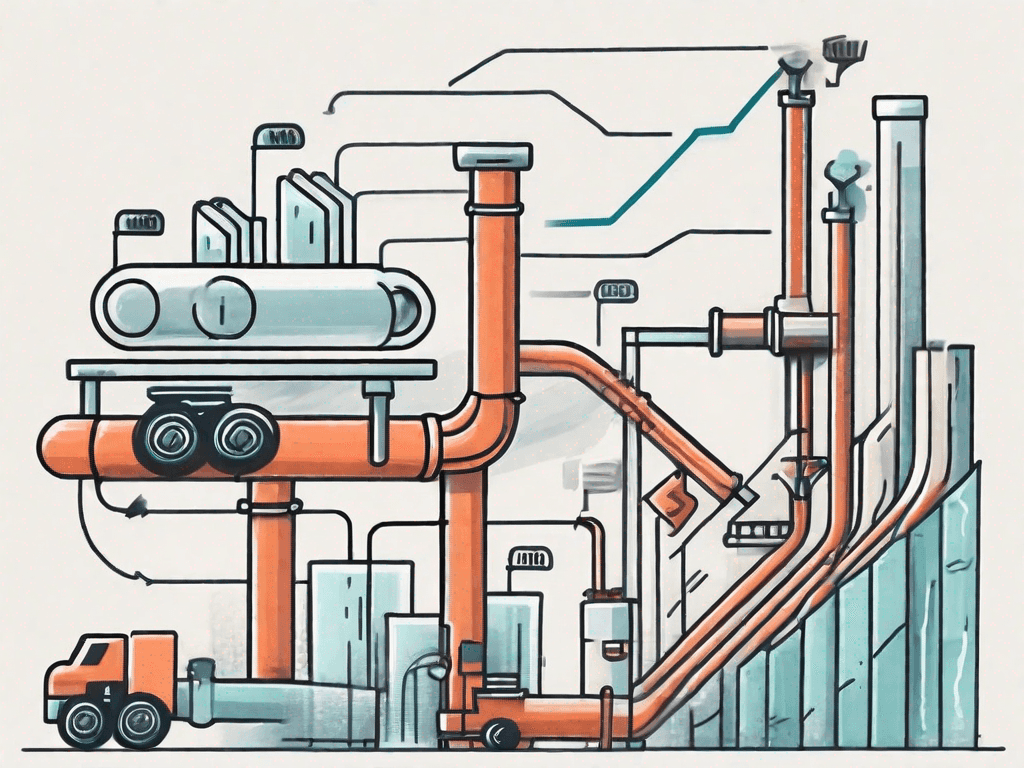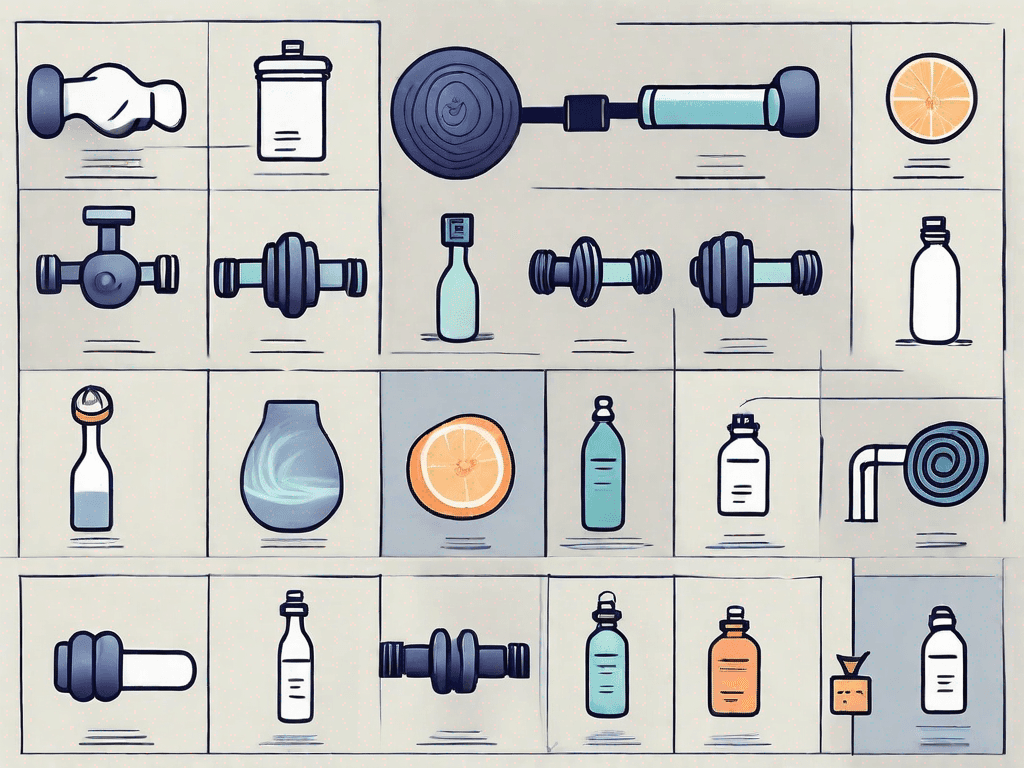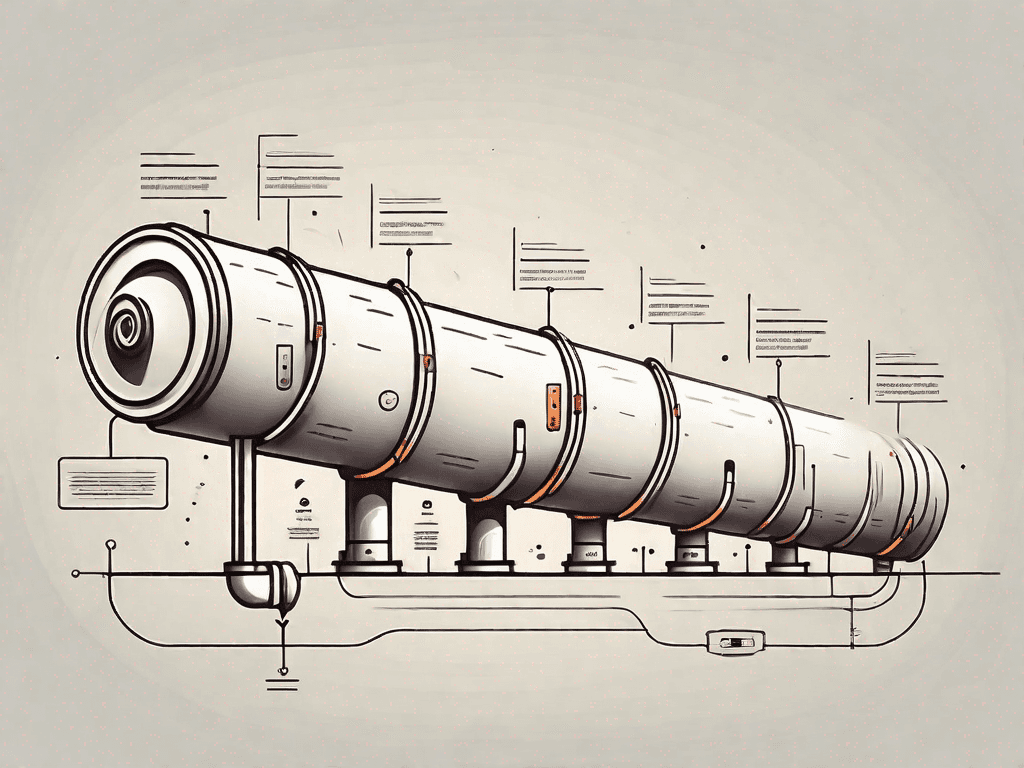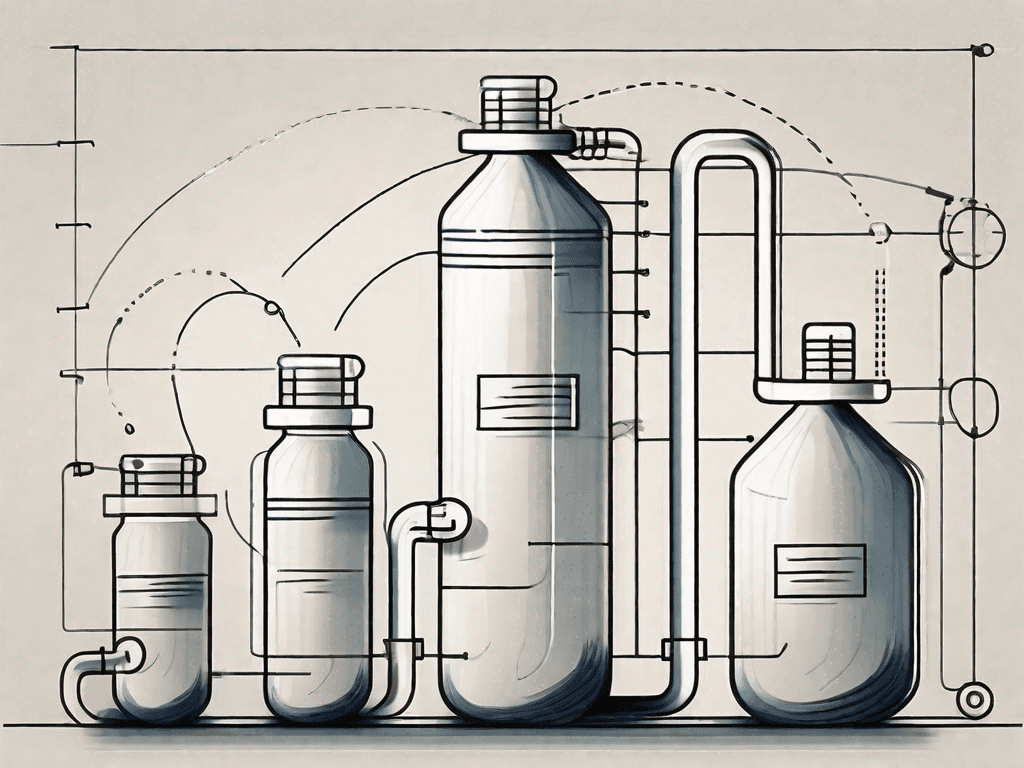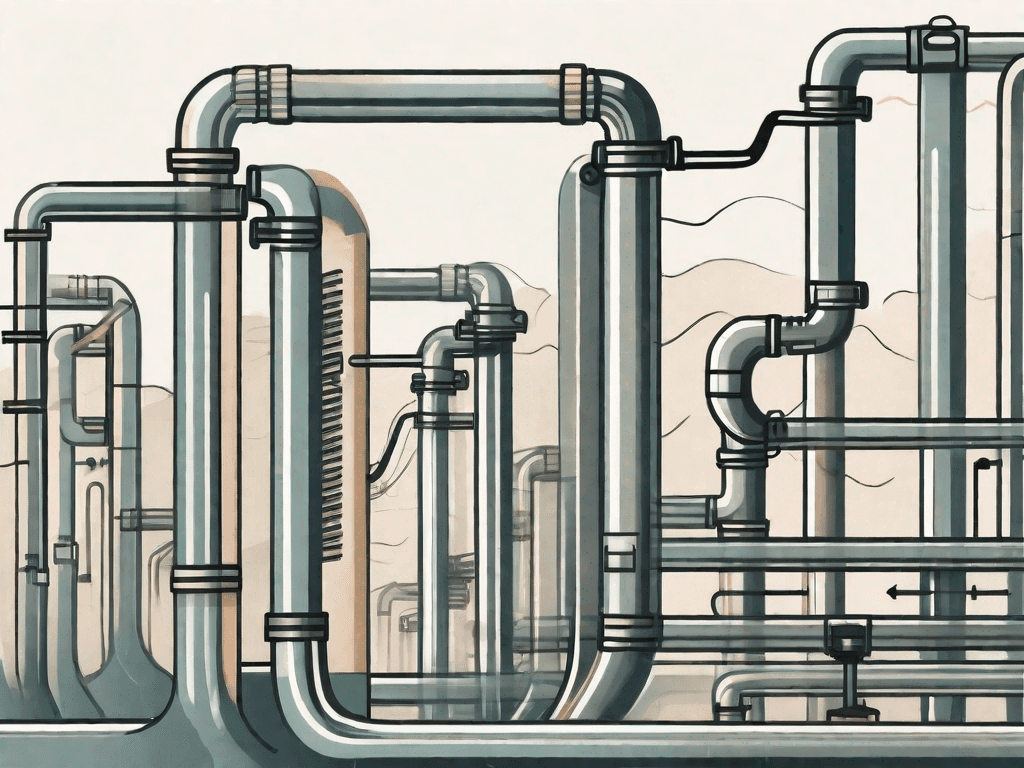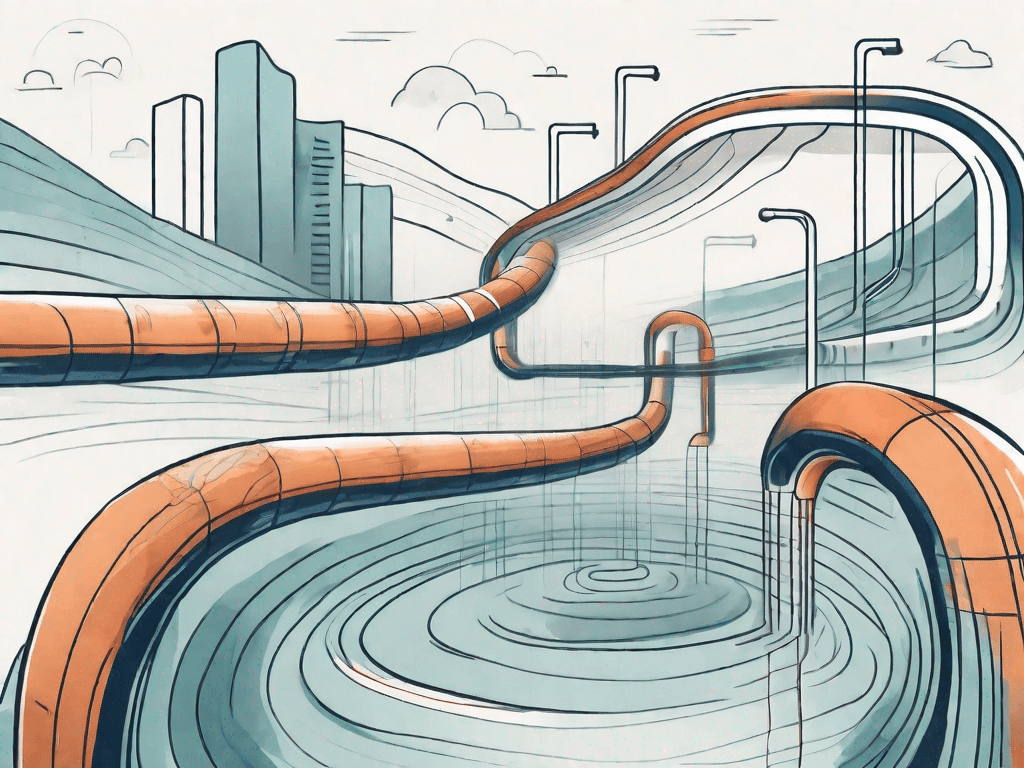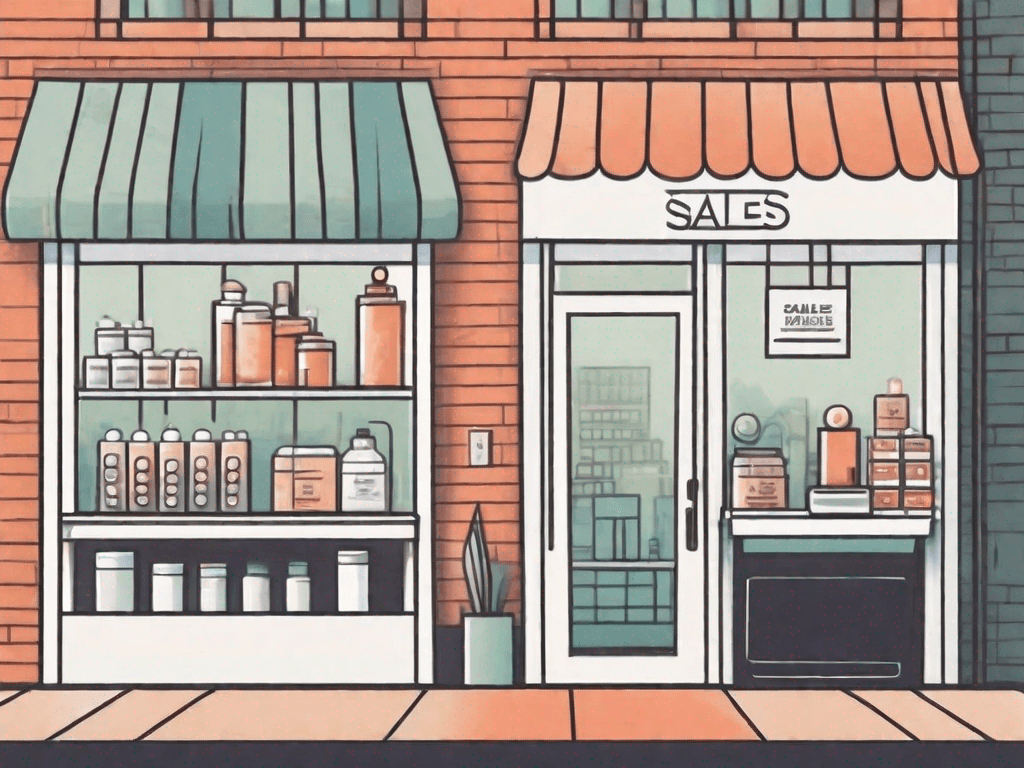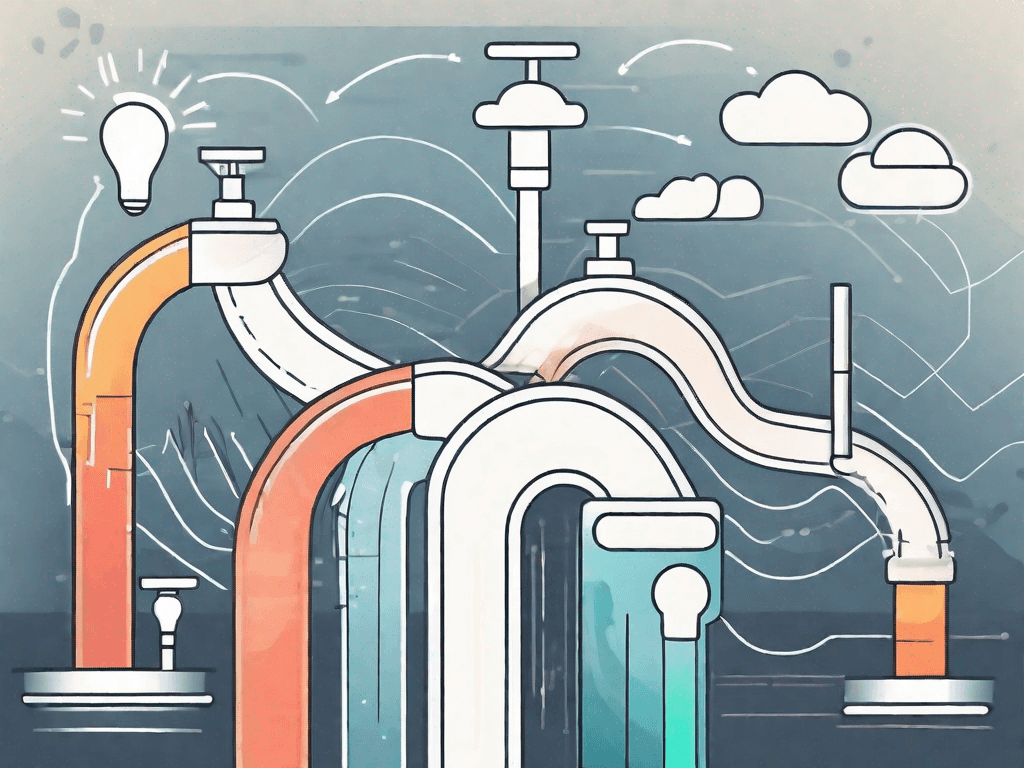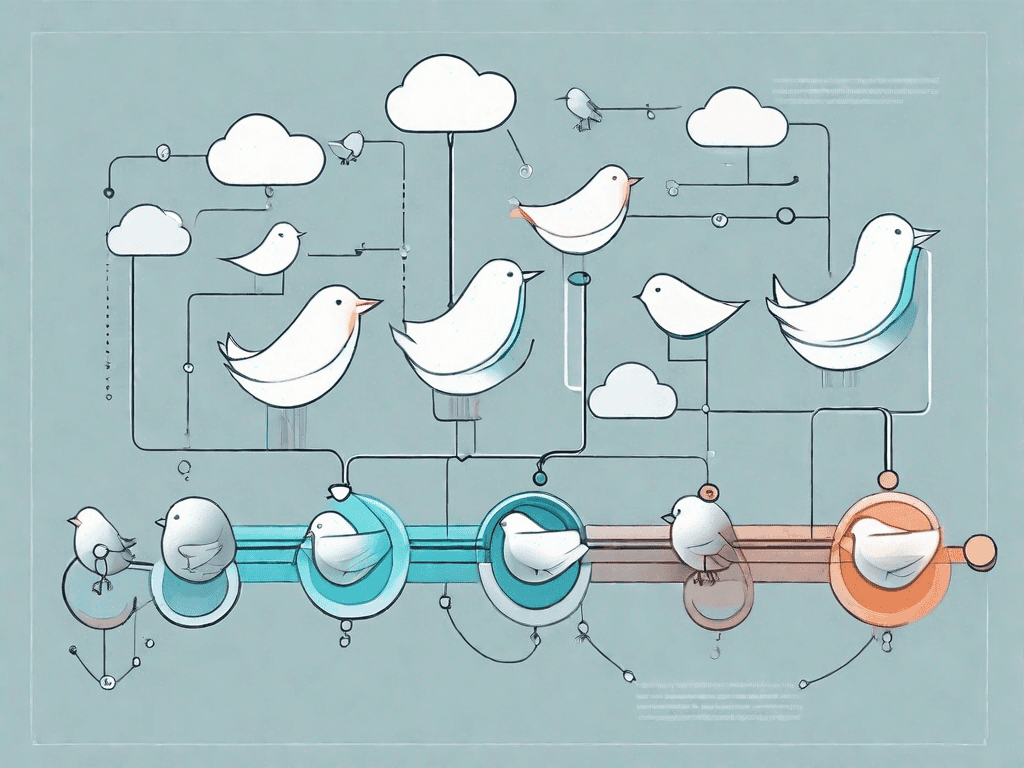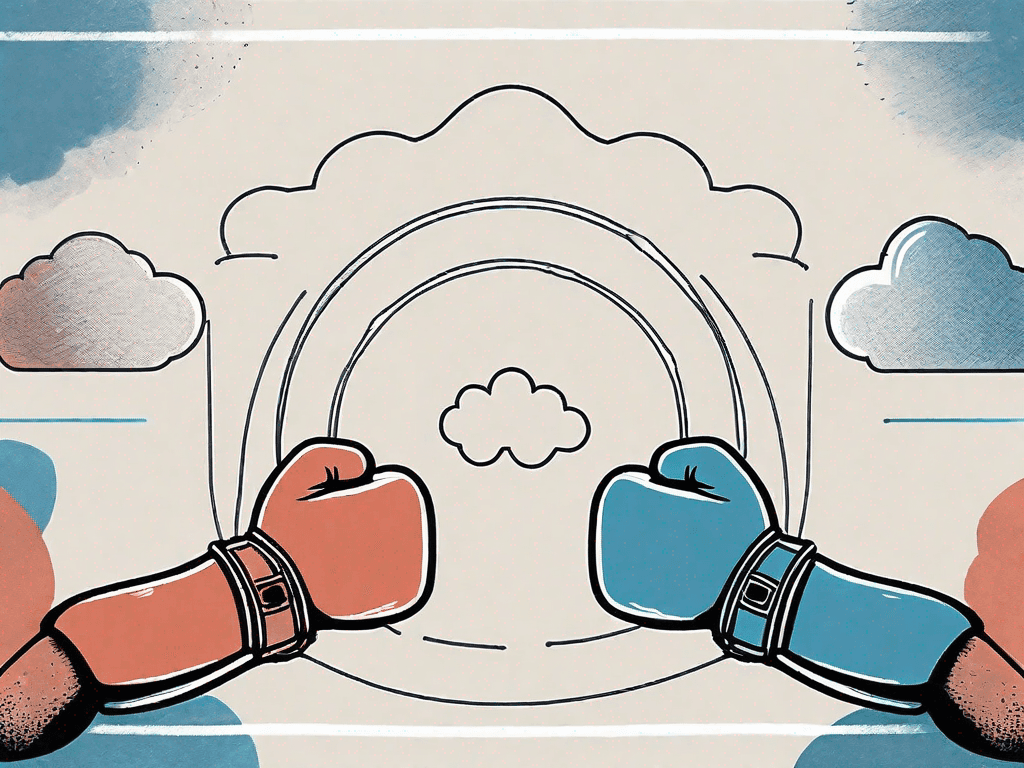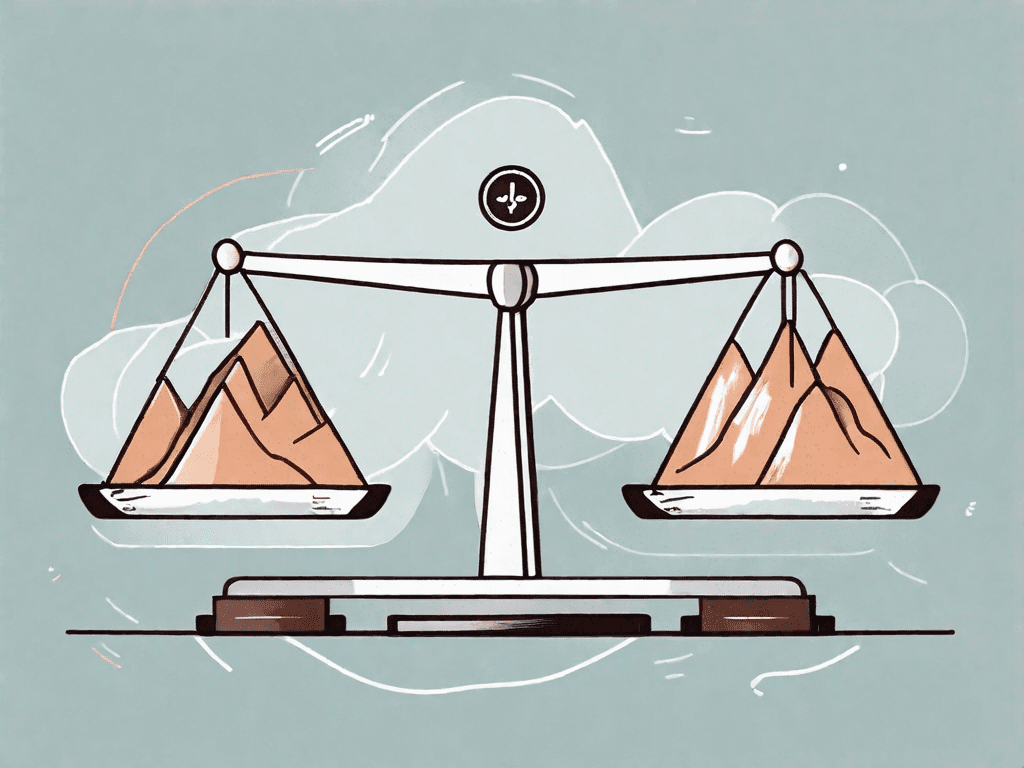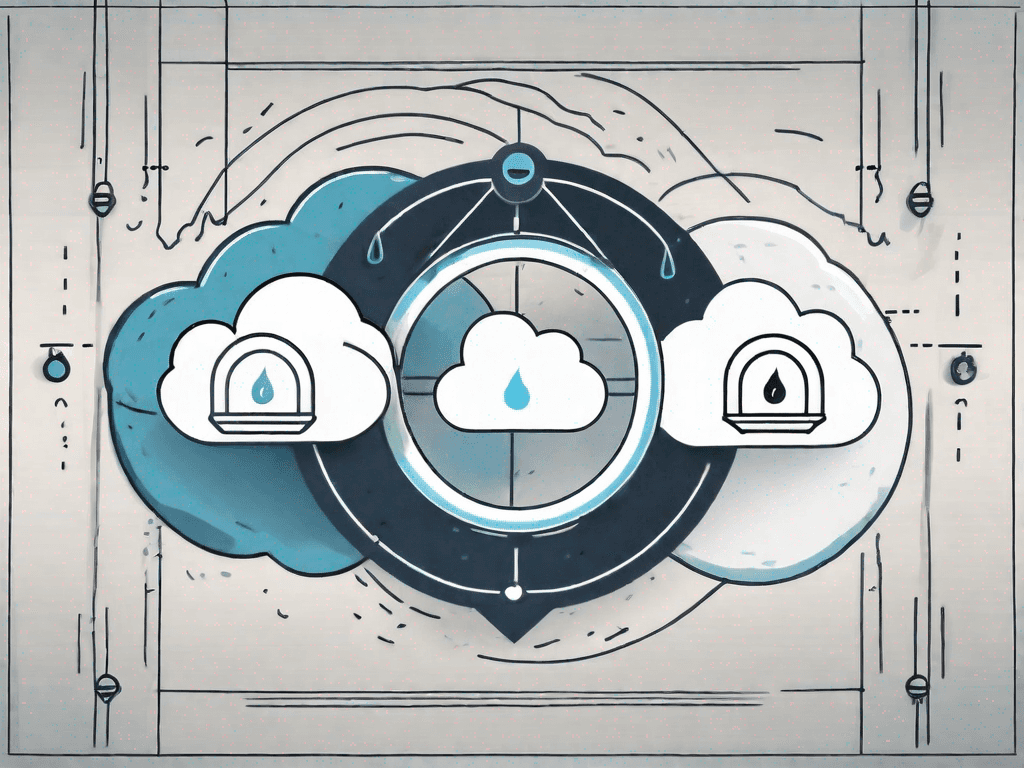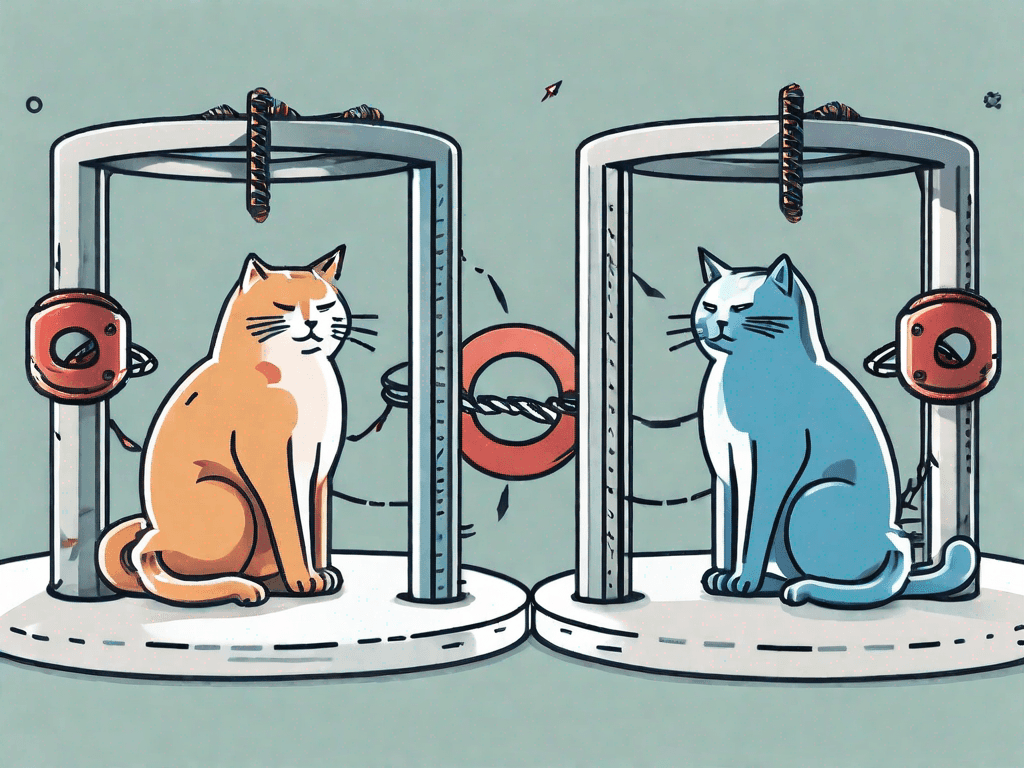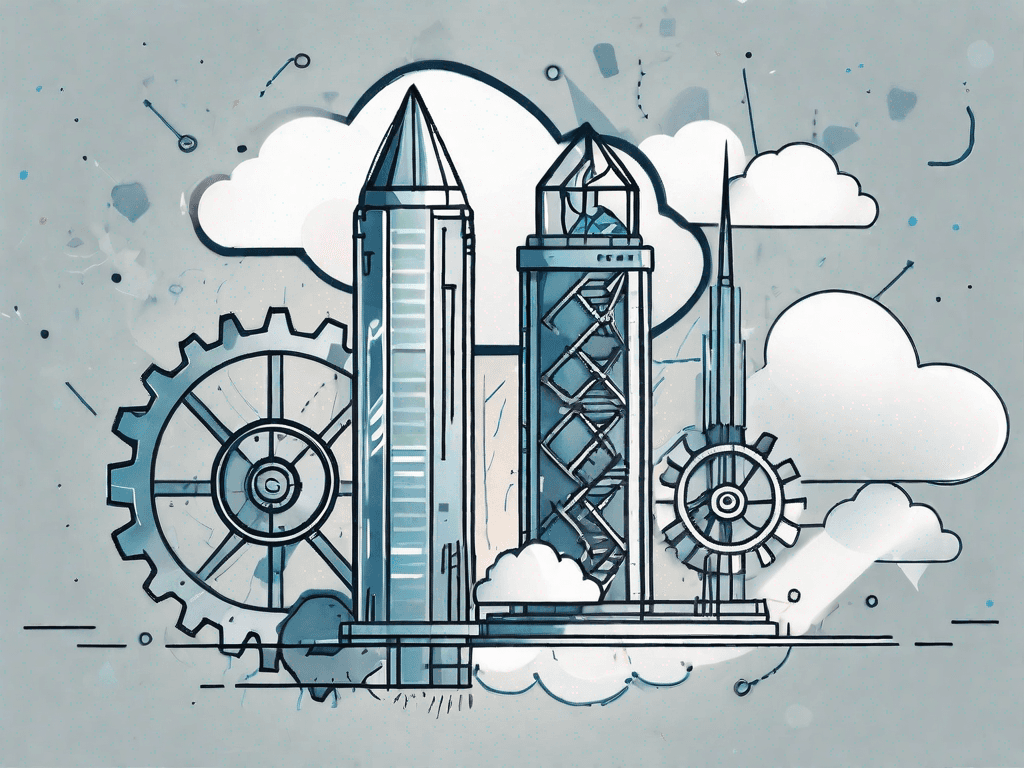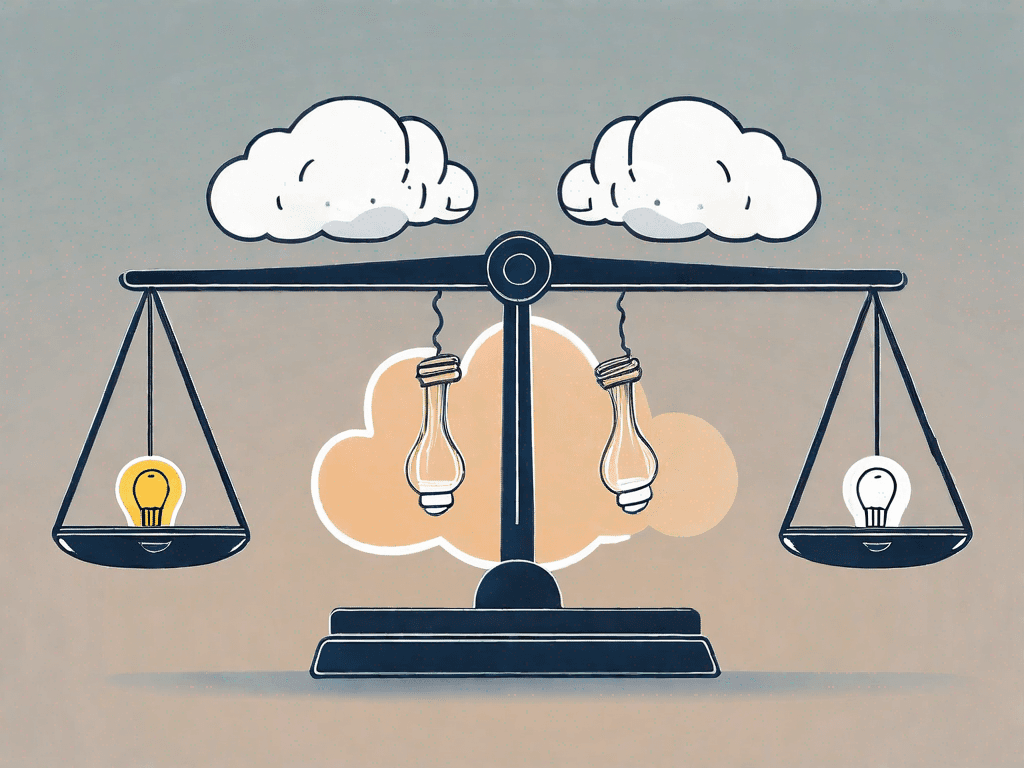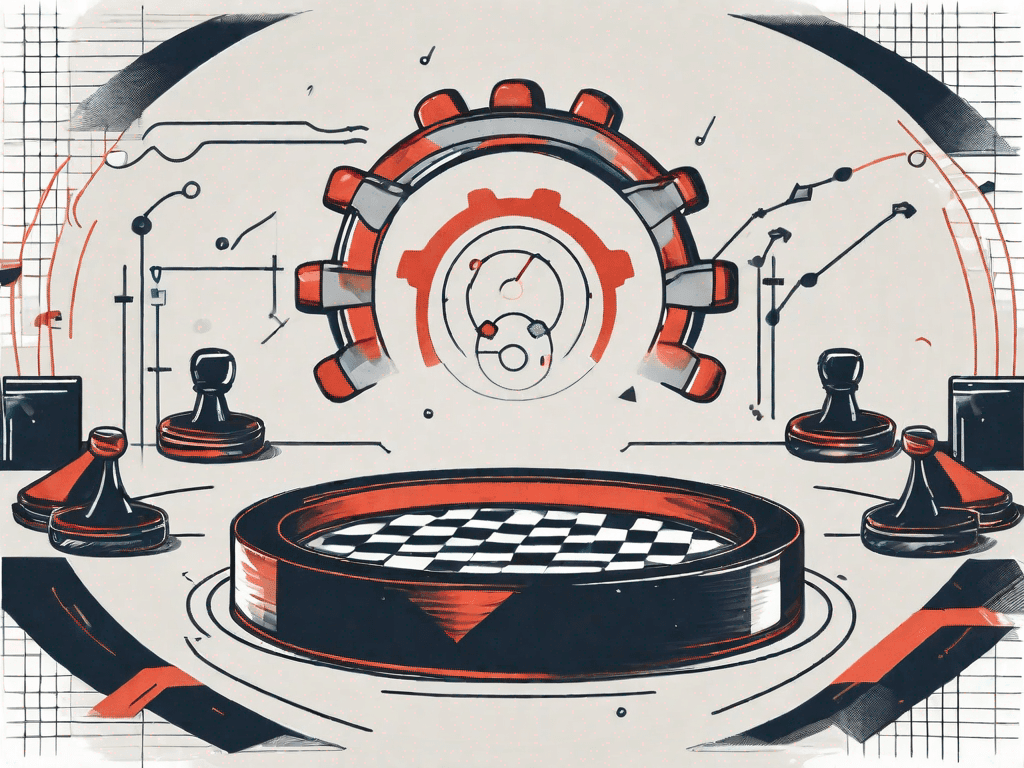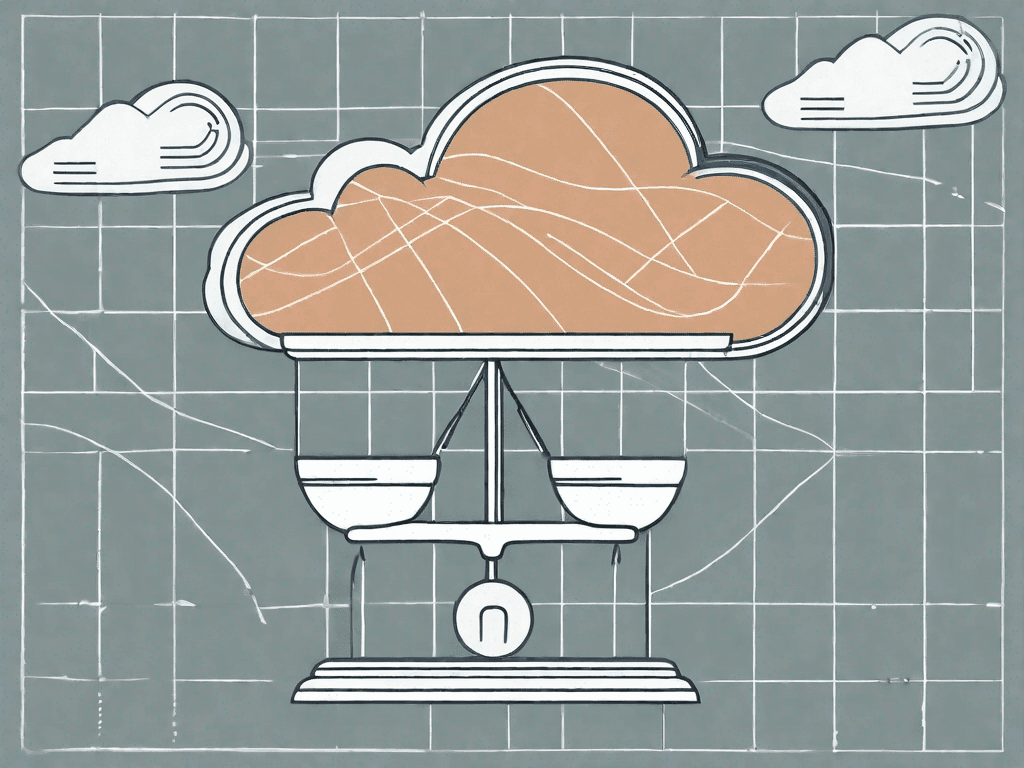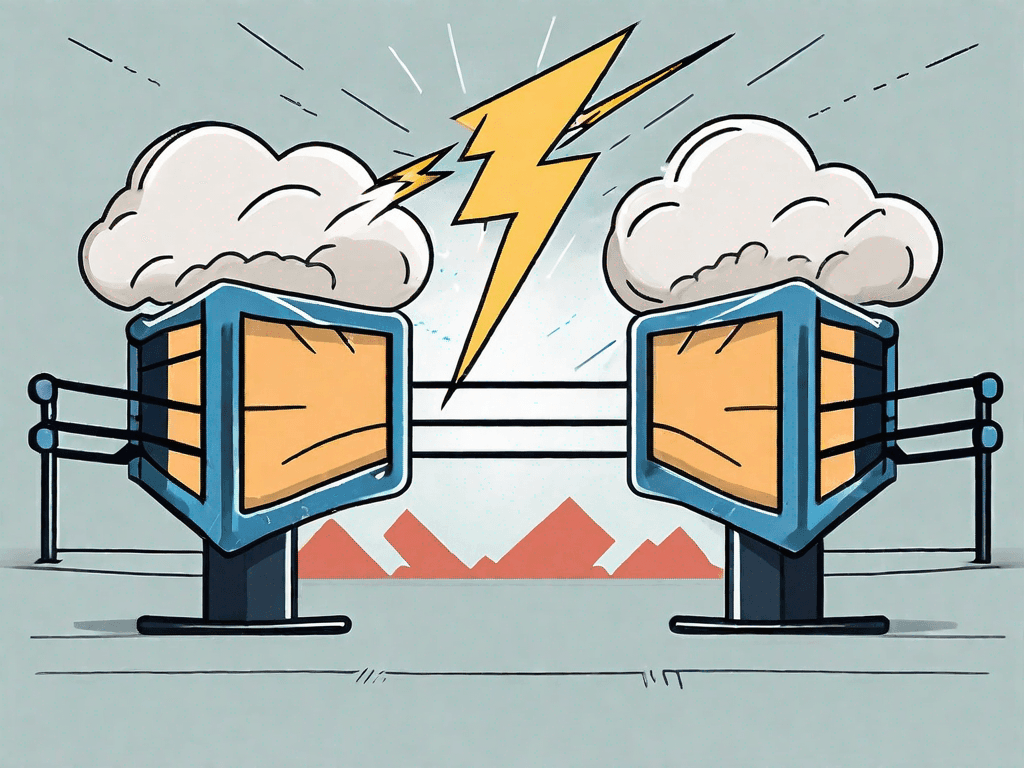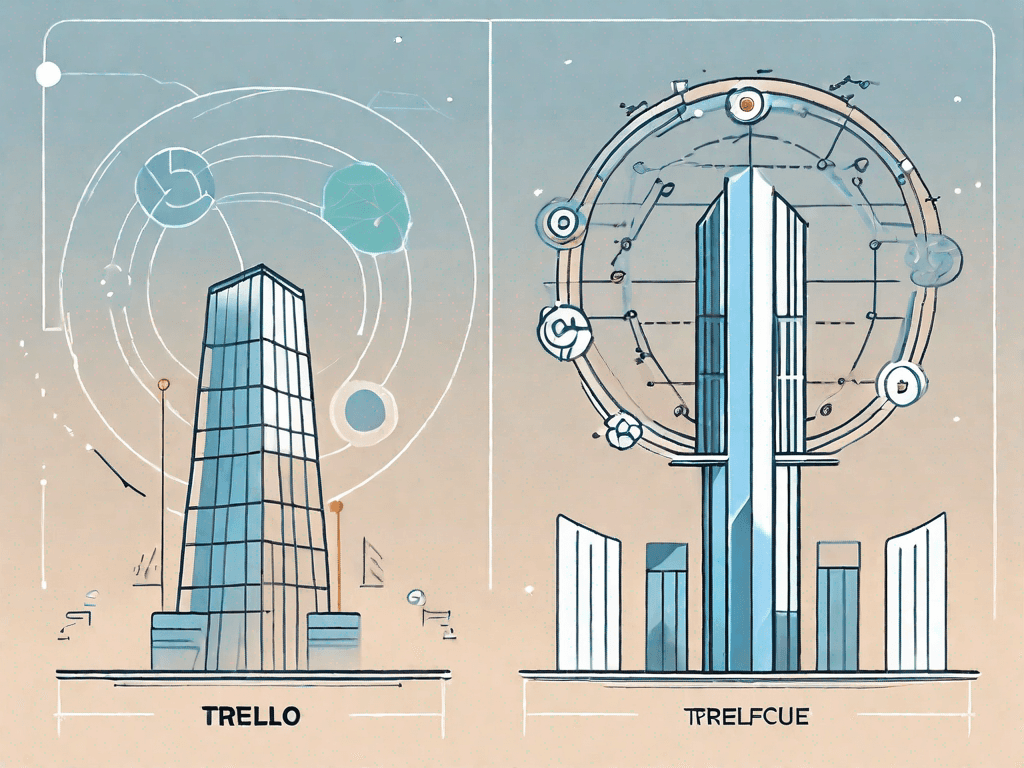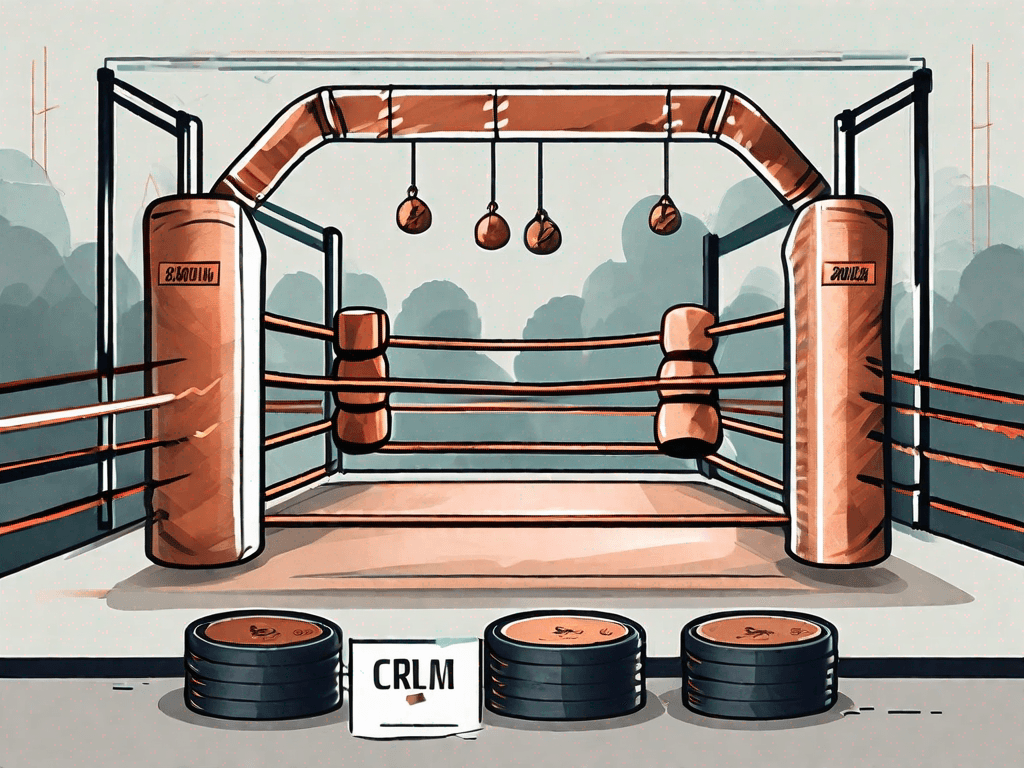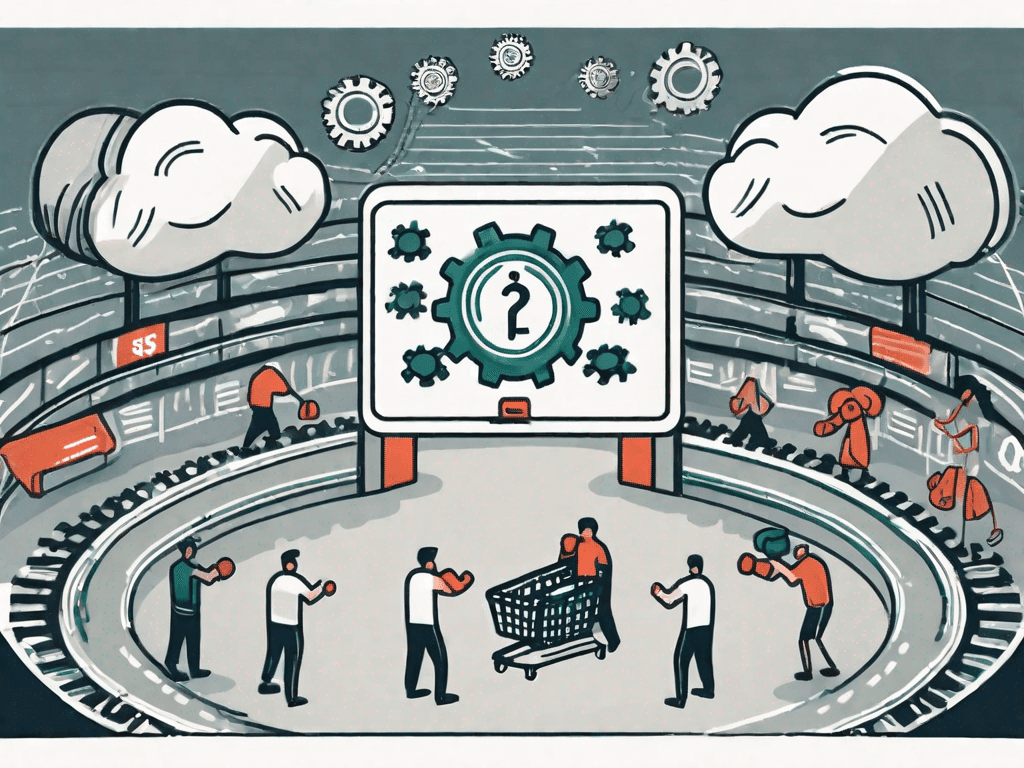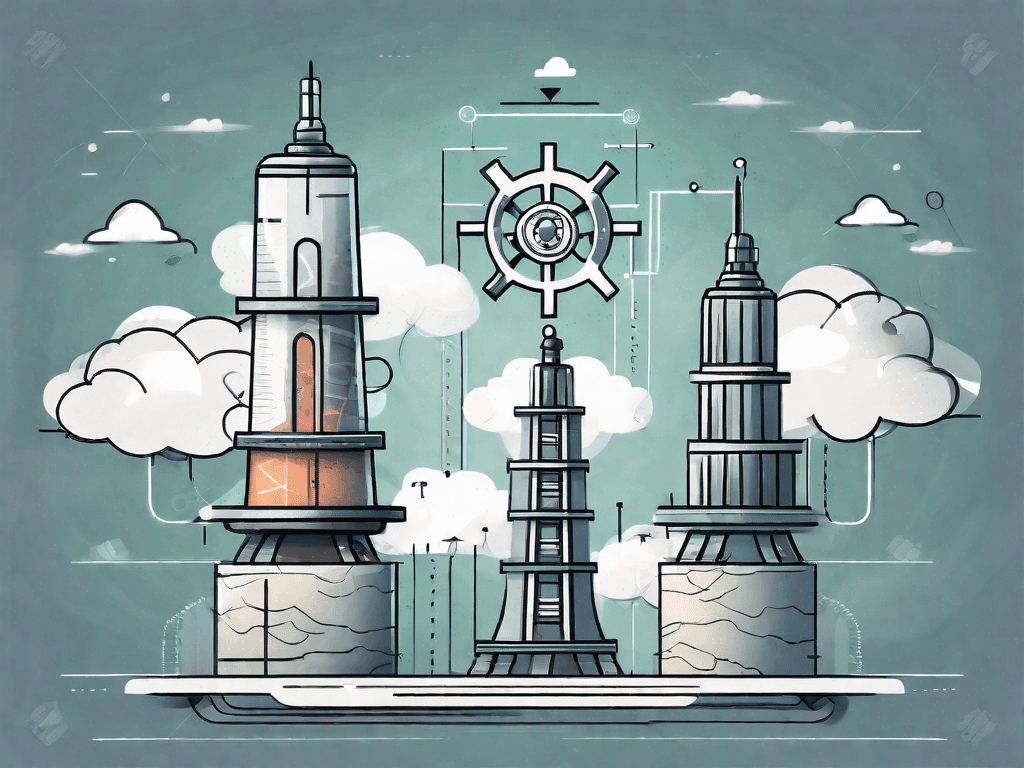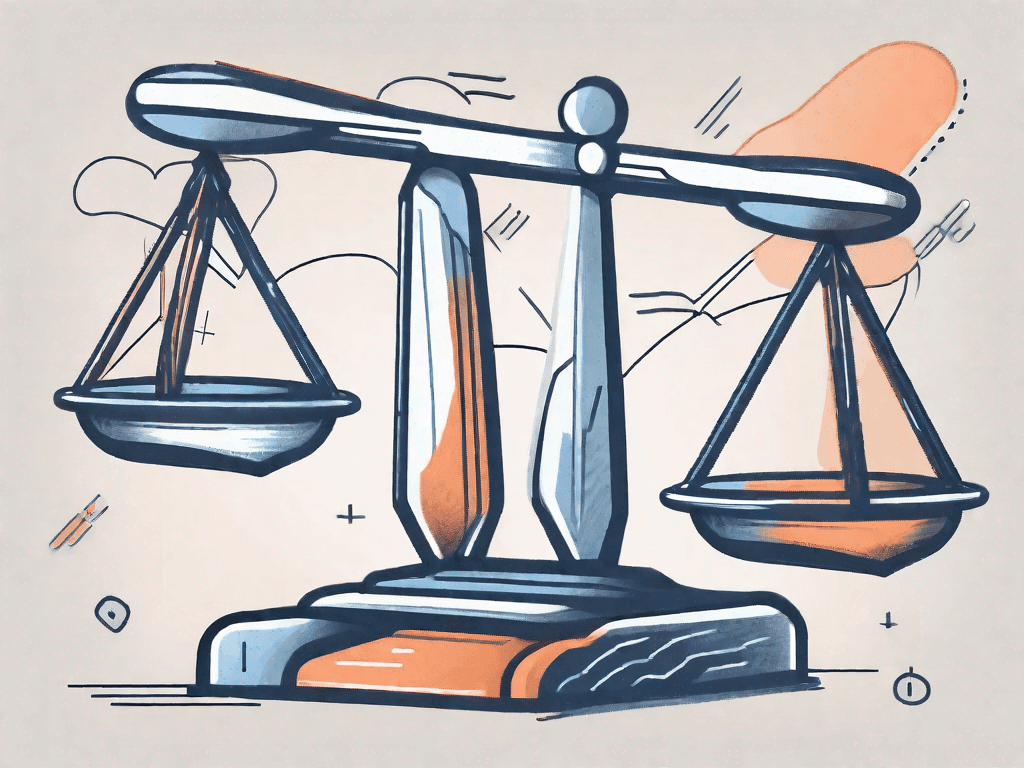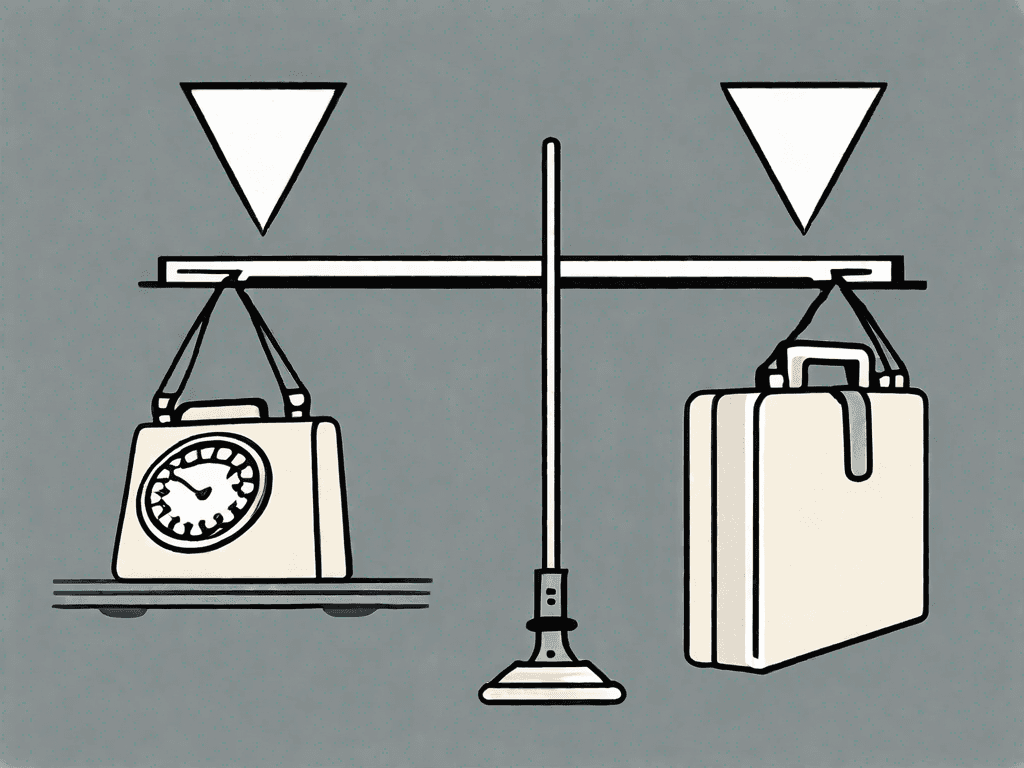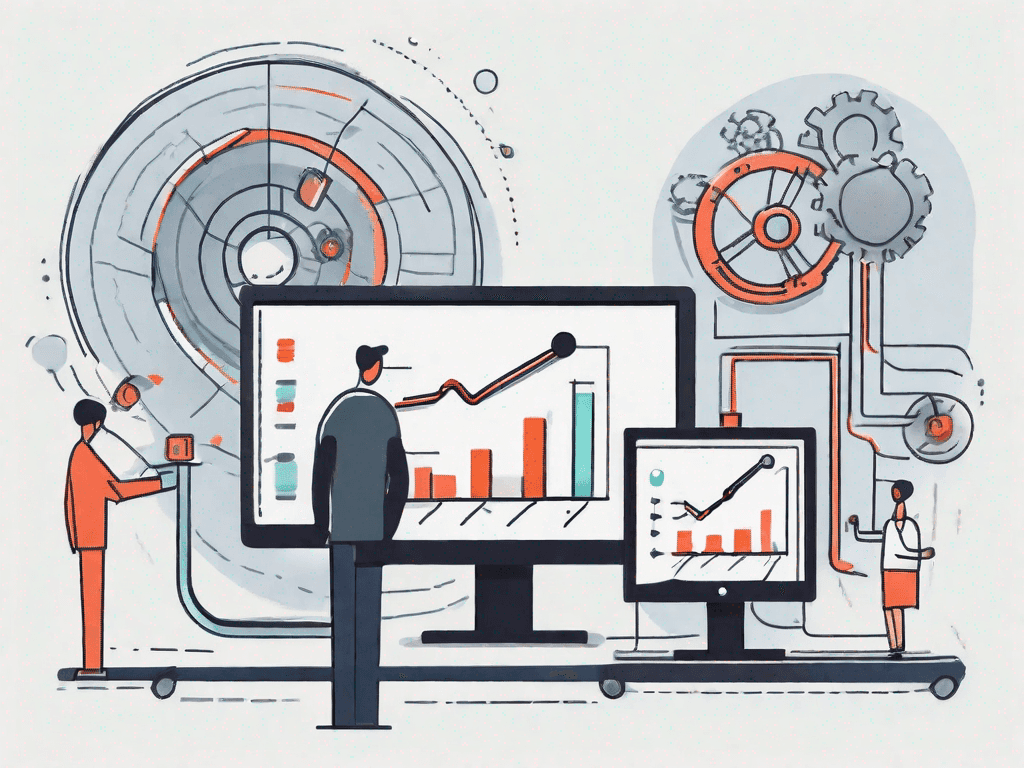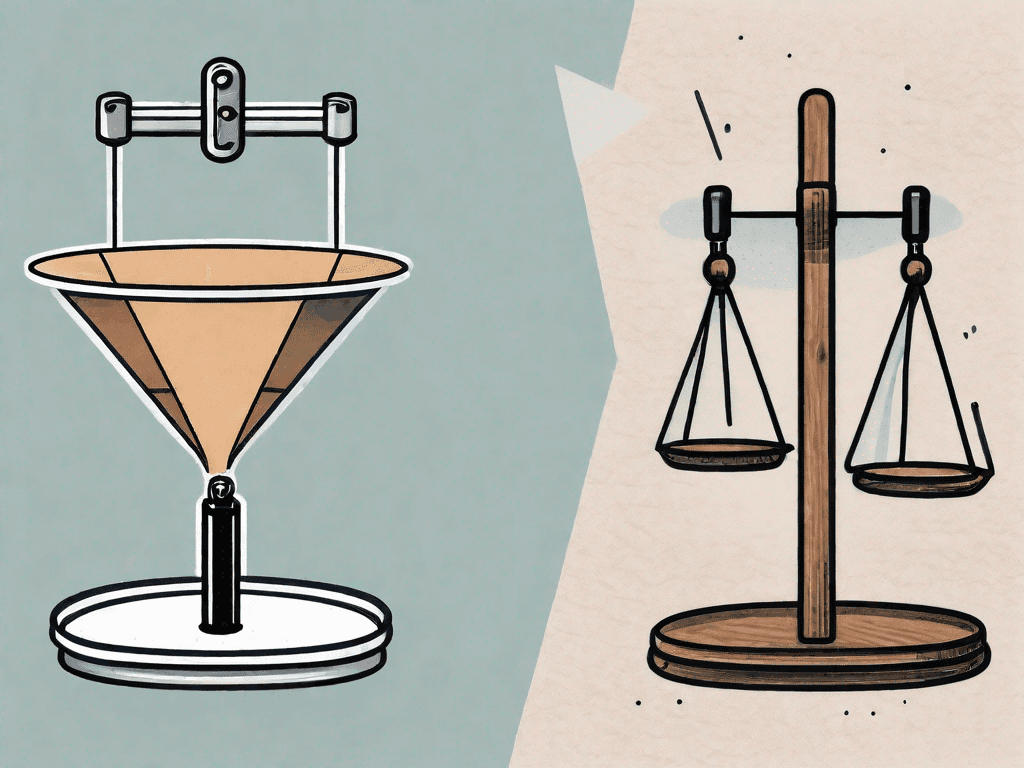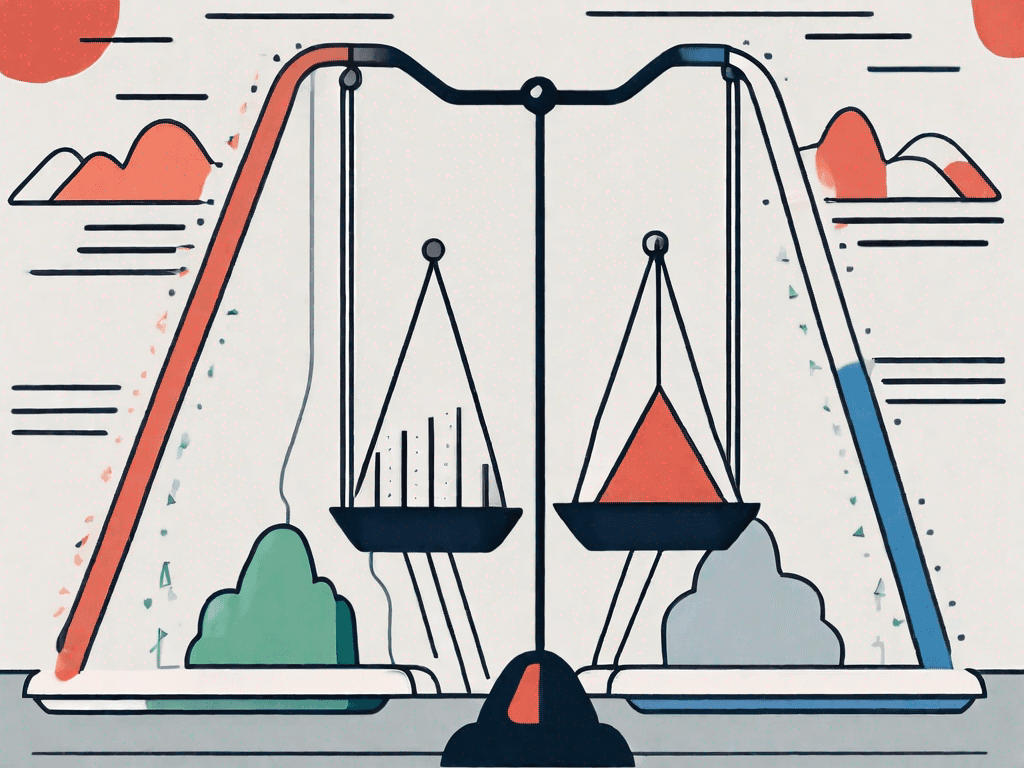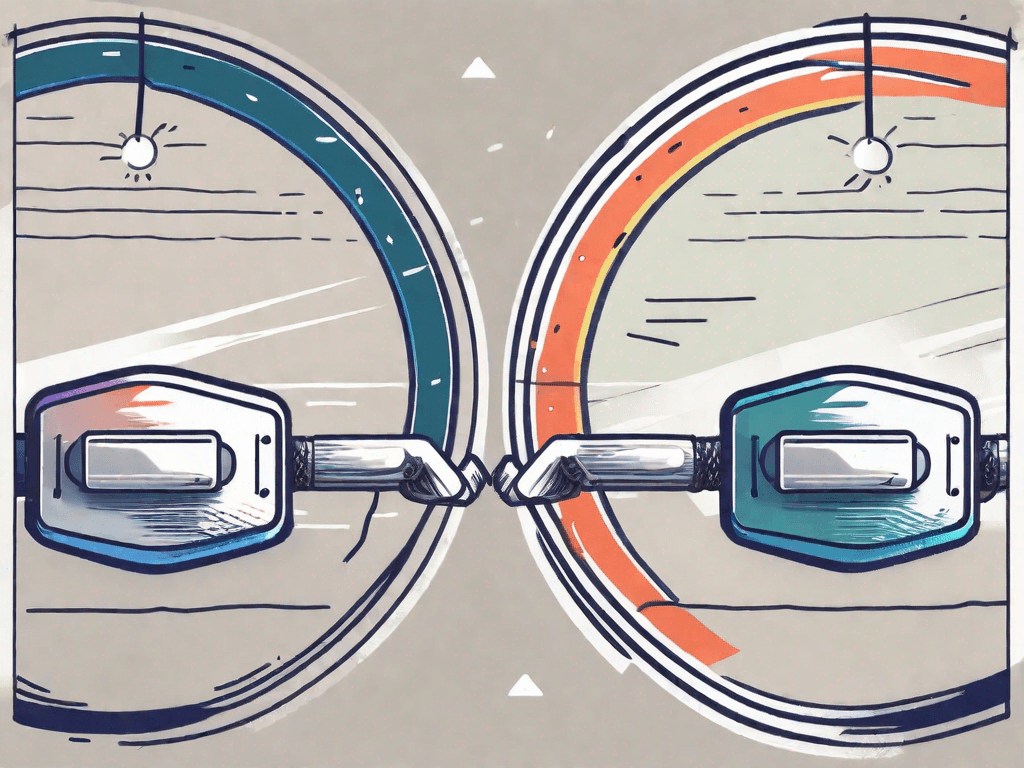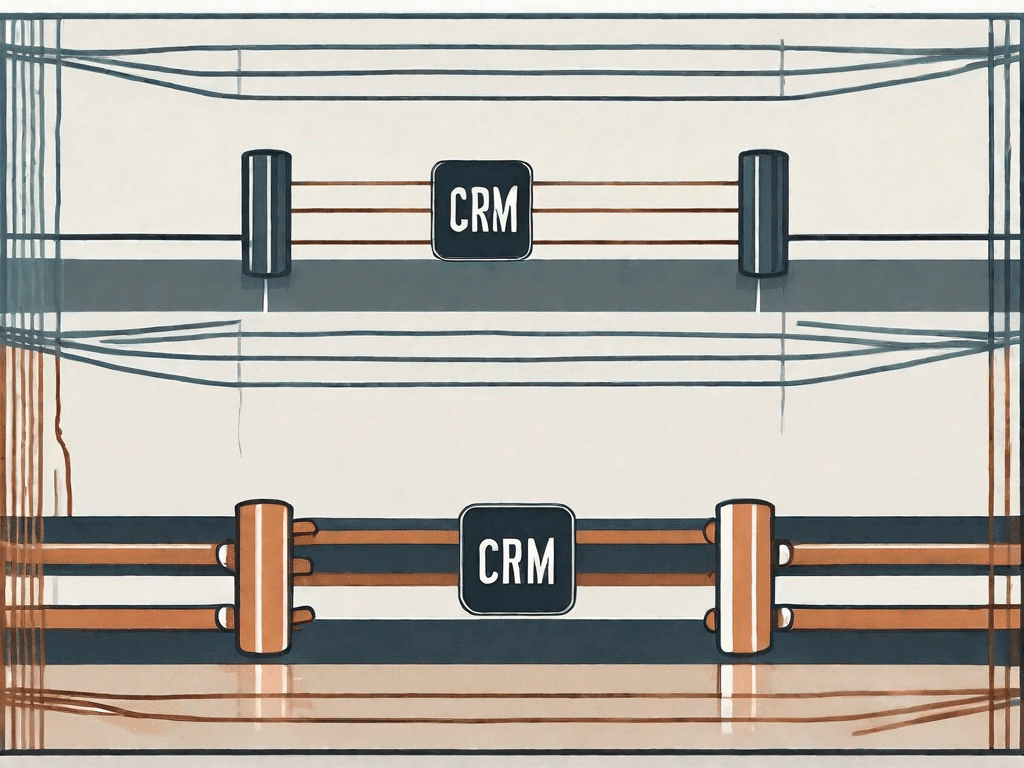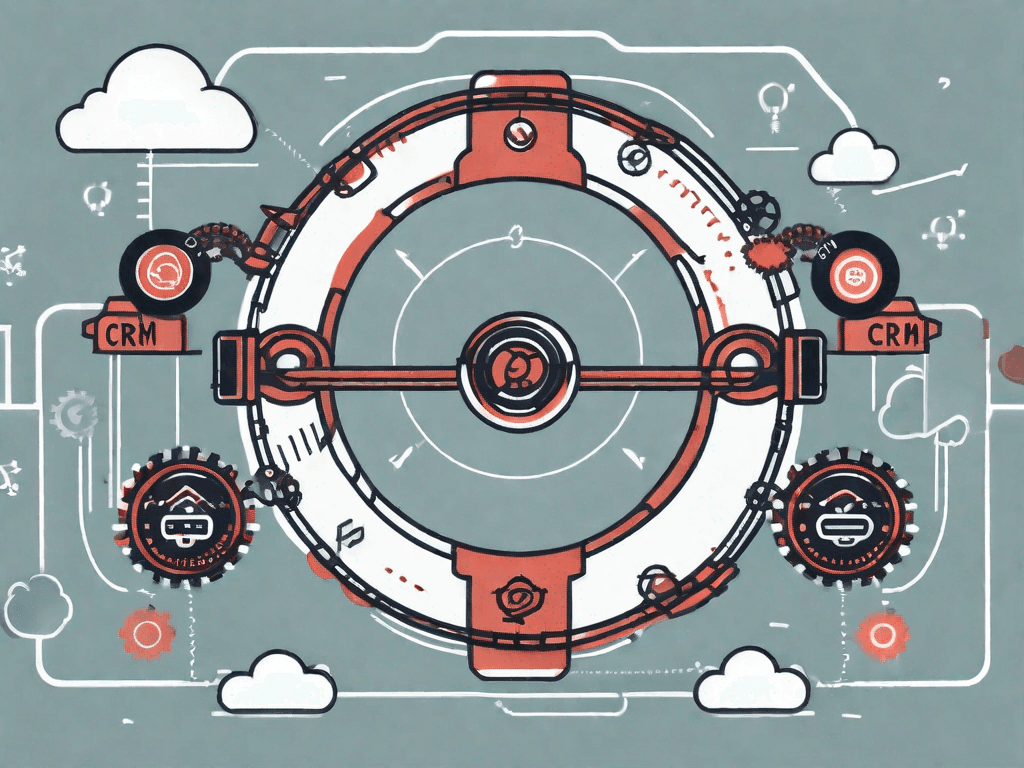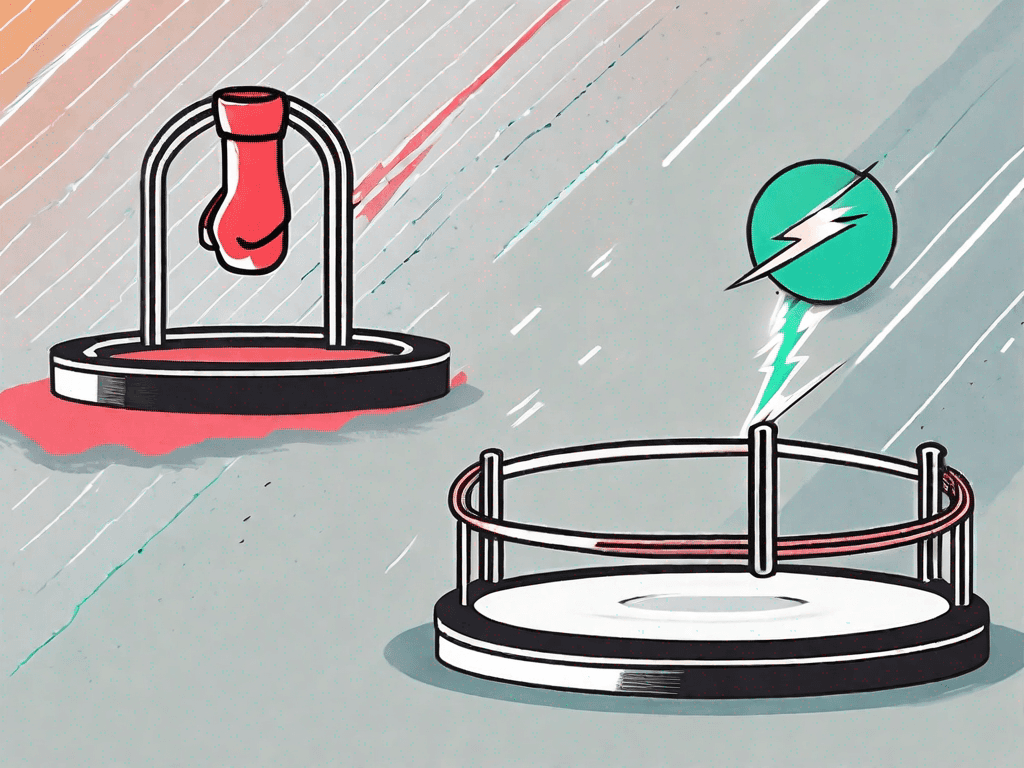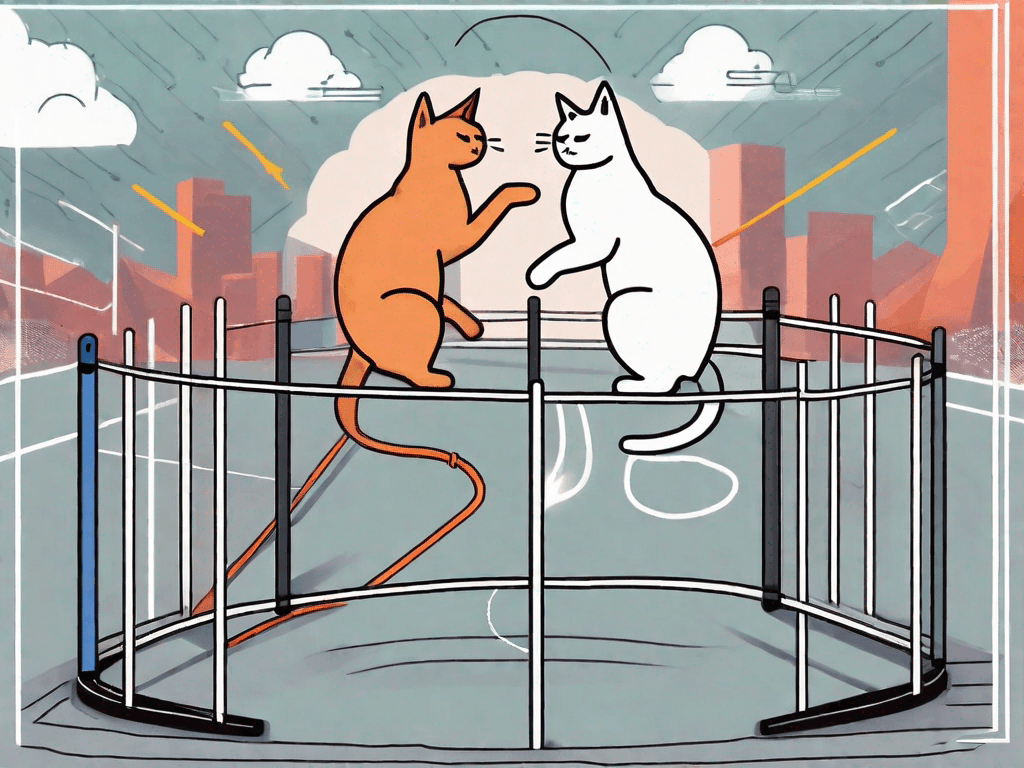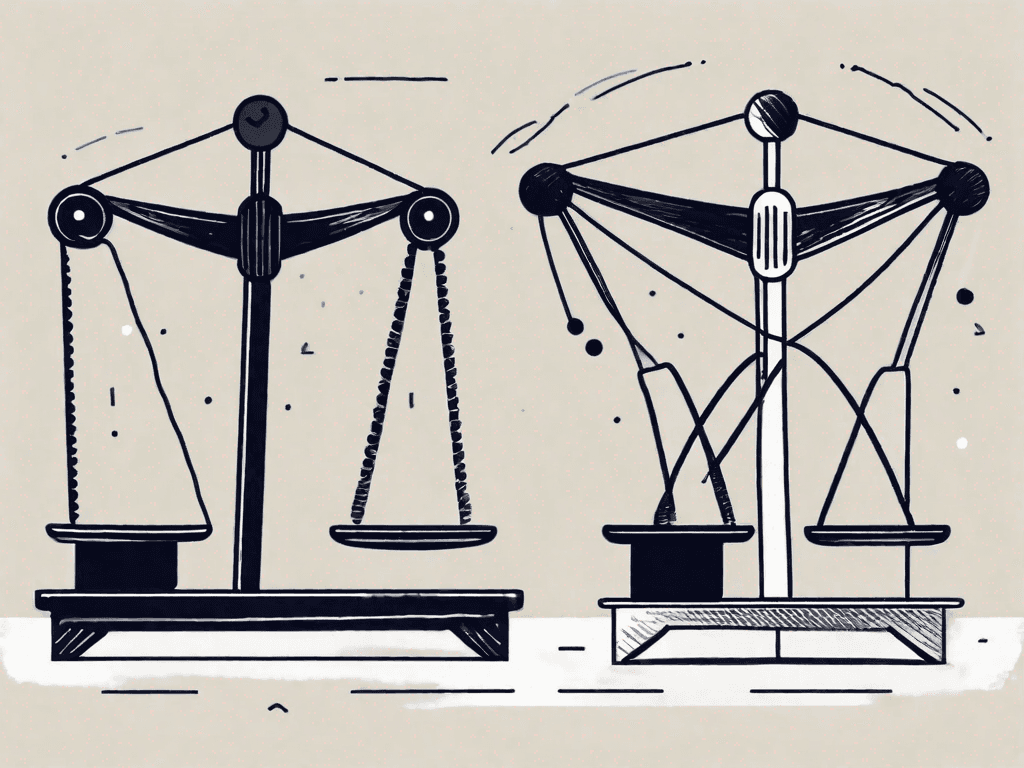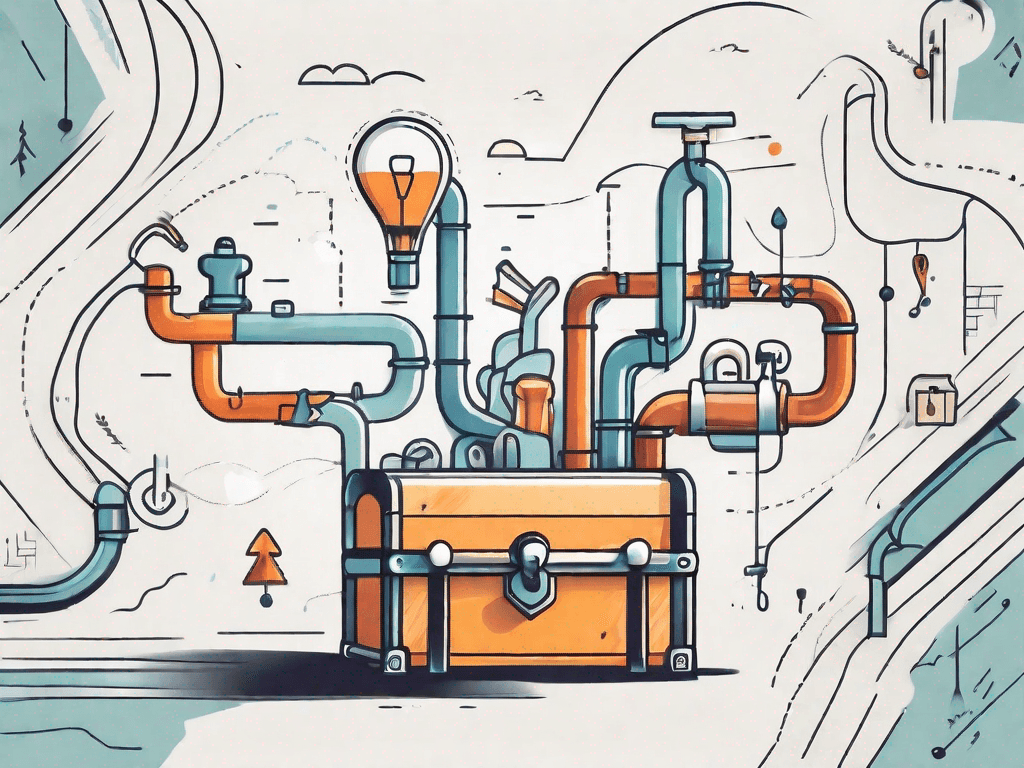
The Ideal Sales Pipeline Template for Freelancers
Sales pipeline management is a crucial aspect of freelancing. It helps freelancers streamline their workflow, track their progress, and increase their revenue. However, developing an effective sales pipeline template can be challenging, especially for those new to freelancing. In this article, we will guide you through the ideal sales pipeline template tailored specifically for freelancers. By implementing this template, you can optimize your sales process and maximize your freelance success
The 7 Sales Pipeline Stages Freelancers Should Have
Every successful freelancer should have a well-defined sales pipeline consisting of seven crucial stages:
Lead Generation: This stage involves identifying potential clients and generating leads actively. It can be achieved through networking, cold emailing, or leveraging online platforms.When it comes to lead generation, freelancers need to be proactive and resourceful. They can attend industry events, join professional networking groups, and utilize social media platforms to expand their network and connect with potential clients. Additionally, freelancers can create compelling content, such as blog posts or videos, to attract potential clients and establish themselves as experts in their field.
Initial Contact: Once you have identified potential clients, the next step is to initiate contact. This may involve sending introductory emails, making cold calls, or scheduling meetings.The initial contact is crucial in establishing a rapport with potential clients. Freelancers should craft personalized and engaging emails that highlight their skills, experience, and how they can add value to the client's business. When making cold calls, freelancers should be prepared with a concise and compelling pitch that grabs the client's attention and showcases their expertise. Scheduling meetings allows freelancers to have face-to-face interactions, where they can build trust and discuss the client's needs in detail.
Needs Assessment: In this stage, you need to evaluate the client's requirements and determine how your freelance services can meet their needs. Conduct thorough discussions and ask relevant questions to gain a comprehensive understanding of their expectations.During the needs assessment stage, freelancers should adopt a consultative approach. They should actively listen to the client's needs, ask probing questions, and delve deeper into the client's pain points. By understanding the client's goals and challenges, freelancers can tailor their services to provide customized solutions that address specific needs.
Proposal Submission: After understanding the client's needs, prepare and submit a professional proposal that outlines your services, pricing, and timeline. Customize your proposal to showcase how your offerings align with their requirements.The proposal submission stage is an opportunity for freelancers to showcase their expertise and demonstrate how they can deliver value to the client. Freelancers should create a visually appealing and well-structured proposal that clearly outlines the scope of work, deliverables, pricing, and timeline. By customizing the proposal to address the client's specific needs, freelancers can increase their chances of winning the project.
Negotiation: Once the client reviews your proposal, negotiations may be necessary. Be open to discussion and flexible in adjusting terms or pricing to reach a mutually beneficial agreement.Negotiation is a crucial stage in the sales pipeline, as it allows freelancers to find common ground with the client and finalize the terms of the project. Freelancers should approach negotiations with a win-win mindset, being open to compromise and finding creative solutions that satisfy both parties. By maintaining clear and transparent communication, freelancers can build trust and establish a strong working relationship with the client.
Contract Signing: Once the terms are finalized, it's time to formalize the agreement. Prepare a legally binding contract that outlines the terms, deliverables, and payment details.Contract signing is a critical step in ensuring a smooth and professional working relationship. Freelancers should prepare a comprehensive contract that clearly defines the scope of work, project milestones, project timelines, and payment terms. By having a well-drafted contract in place, both parties can have a clear understanding of their rights and responsibilities.
Project Delivery: The final stage of the pipeline involves executing the project according to the agreed terms. Deliver high-quality work, maintain regular communication with the client, and ensure timely completion.Project delivery is the culmination of all the previous stages, where freelancers have the opportunity to showcase their skills and expertise. It is crucial to deliver high-quality work that exceeds the client's expectations. Freelancers should maintain open lines of communication with the client, providing regular updates on the project's progress and addressing any concerns or questions promptly. By ensuring timely completion and delivering exceptional results, freelancers can leave a lasting impression and increase the likelihood of securing future projects or referrals.
Example of the Customer Journey in a Sales Pipeline for Freelancers Step-by-Step
Let's illustrate the customer journey in a sales pipeline with a step-by-step example:
John, a freelance web developer, identifies a potential client through a professional networking event.John attends a local professional networking event, where he meets various professionals from different industries. As he mingles with the attendees, he engages in conversations about their businesses and projects. During one such conversation, John comes across a potential client who expresses their need for a web developer to revamp their outdated website. John sees this as an opportunity to showcase his skills and expertise in web development.
John reaches out to the client via email, introducing himself and expressing his interest in their project.After the networking event, John takes the initiative to send a personalized email to the potential client. In the email, he introduces himself, mentioning his experience and expertise in web development. John expresses his genuine interest in the client's project and highlights how he can add value to their business by creating a modern and user-friendly website. He includes links to his portfolio and previous projects to showcase his capabilities.
After a positive response, John schedules a meeting with the client to discuss their web development requirements.The potential client is impressed by John's email and expresses their interest in discussing the project further. They agree to meet in person to delve into the details of the web development requirements. John promptly schedules a meeting at a mutually convenient time and location.
Based on the meeting, John prepares a detailed proposal outlining the project scope, timeline, and cost.During the meeting, John actively listens to the client's needs, asking relevant questions to gain a deeper understanding of their vision for the website. He takes detailed notes and carefully analyzes the requirements after the meeting. Drawing from his expertise, John meticulously prepares a comprehensive proposal that outlines the project scope, including the features, functionalities, and design elements. He also includes a realistic timeline for completion and a transparent breakdown of the cost involved.
John negotiates with the client regarding certain project specifications and agrees on revised terms.After reviewing the proposal, the client provides feedback and suggests some modifications to the project specifications. John engages in a constructive discussion with the client, understanding their concerns and objectives. Together, they negotiate on certain project specifications, making necessary adjustments to ensure the final outcome aligns with the client's expectations. John demonstrates flexibility and professionalism throughout the negotiation process.
Both parties sign the finalized contract, ensuring clarity and protection for both parties.Once the negotiation process concludes, John and the client reach a mutual agreement on the revised terms. To formalize the partnership and establish clear expectations, they proceed to sign a finalized contract. The contract includes all the agreed-upon project specifications, the payment terms, and any other relevant legal clauses. By signing the contract, both parties ensure clarity, protection, and a solid foundation for their working relationship.
John diligently works on the project, maintaining regular contact with the client and delivering a high-quality website on time.With the contract in place, John dives into the web development process with enthusiasm and dedication. He maintains regular communication with the client, providing progress updates and seeking their input at key milestones. John meticulously translates the client's vision into reality, employing his technical skills and creativity to develop a high-quality website. He adheres to the agreed-upon timeline, ensuring timely delivery of the project.
Why Freelancers Need This Sales Pipeline Template?
Implementing a sales pipeline template specifically designed for freelancers offers numerous benefits:
You'll Save Time Managing Your Freelance Work
With a well-defined sales pipeline, you can efficiently manage your workflow. This template enables you to prioritize your tasks, track potential leads, and allocate time for each stage of the pipeline. By streamlining your processes, you can ensure you never miss opportunities and stay on top of your freelance projects.
You'll Grow Revenues Faster by Freelancing in Your Niche
A sales pipeline template tailored for freelancers encourages you to focus on your niche expertise. By targeting specific industries or skill sets, you can position yourself as an expert, build credibility, and attract clients who value your specialized services. This targeted approach helps you optimize your earning potential and increase your revenue in a shorter period.
In conclusion, implementing an ideal sales pipeline template is essential for freelancers looking to thrive in their careers. By following the seven sales pipeline stages and understanding the customer journey, freelancers can streamline their workflow, attract high-value clients, and ultimately maximize their success. Embrace this template, save time, and watch your freelance business flourish in your niche!



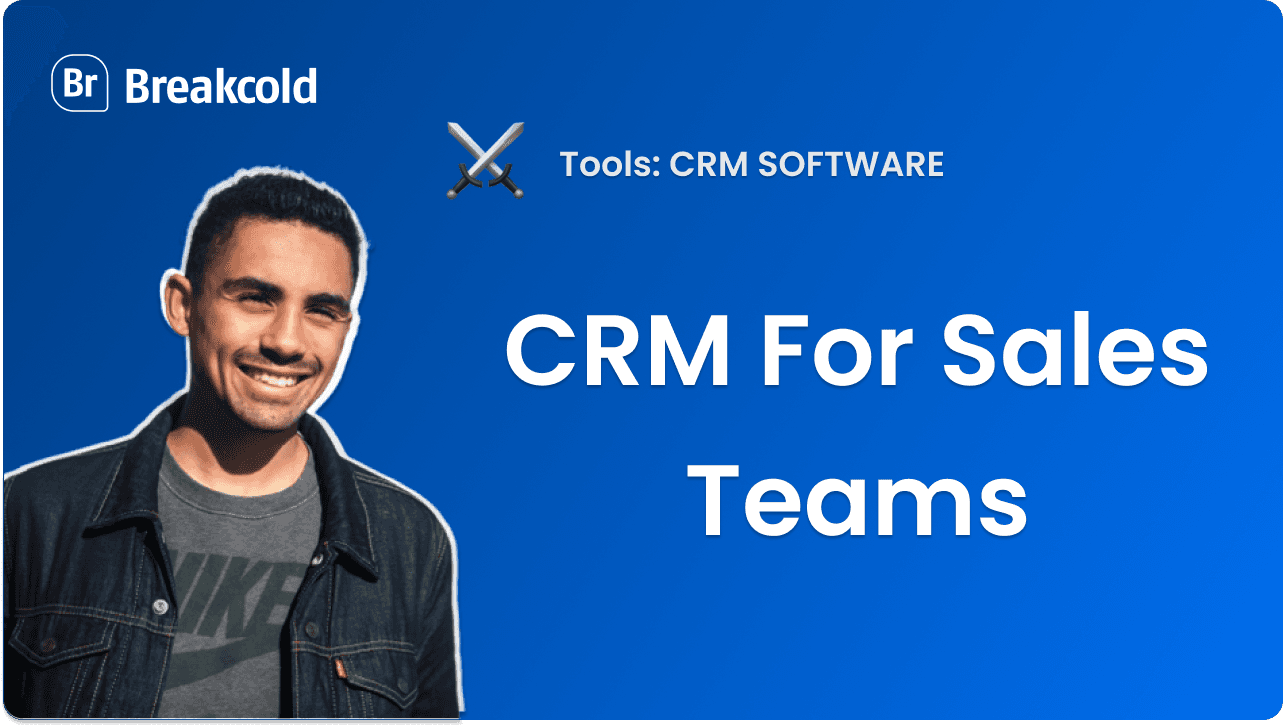
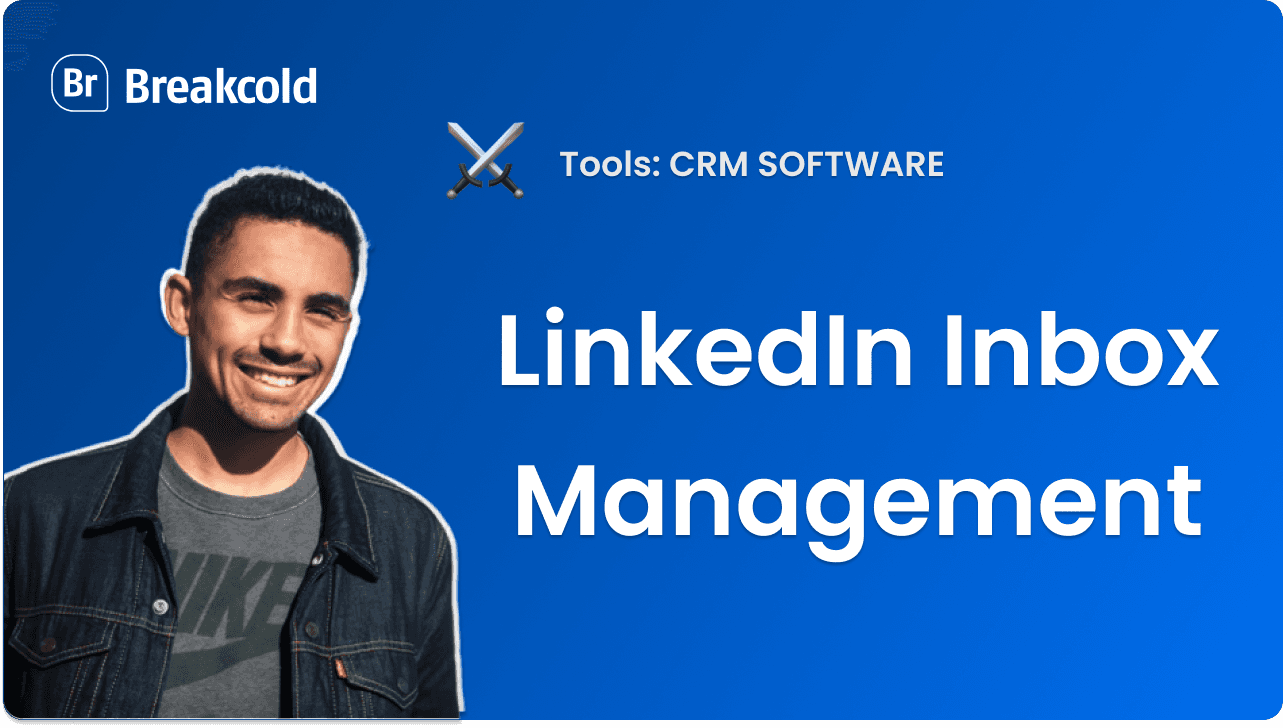



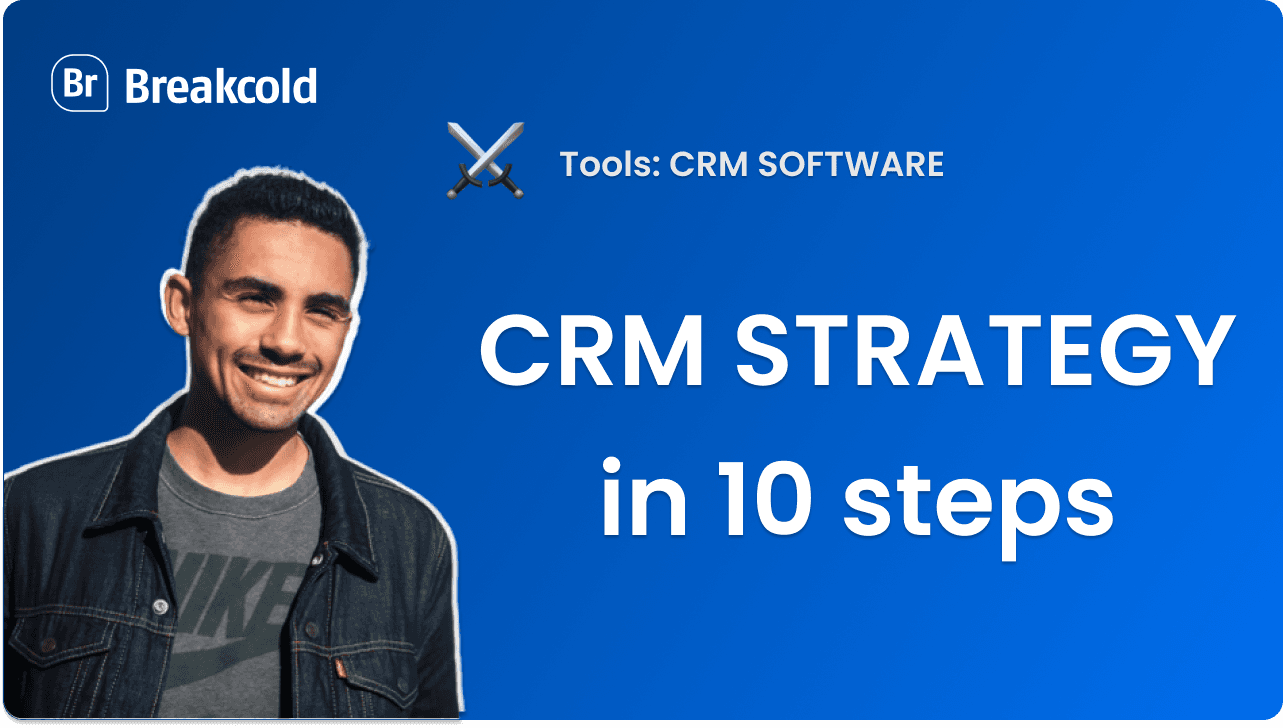
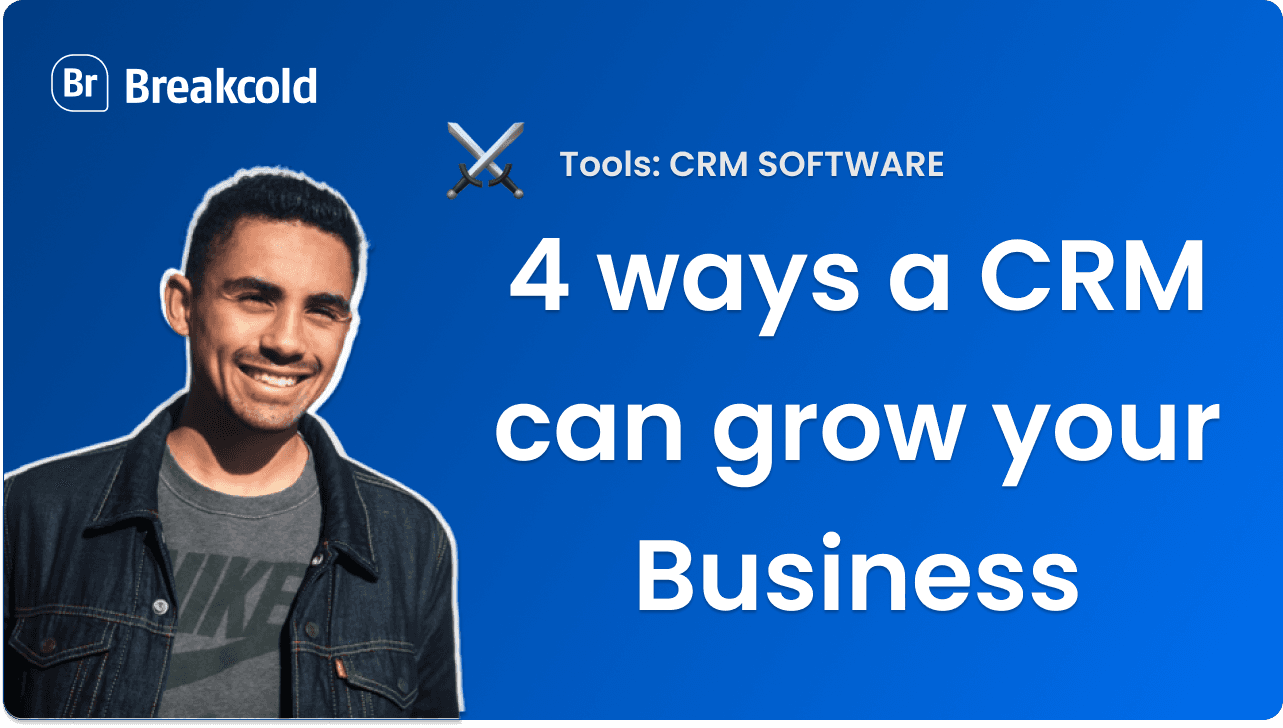

![The 8 Best Social CRM Software in 2025 [Comparison]](https://framerusercontent.com/images/RYHyYapdgIi83BEWtMdX418.png)
![The 6 Best LinkedIn CRM in 2025 [Comparison]](https://framerusercontent.com/images/Luywfni7ZKjb19yghbhNPy4I4qQ.png)




![The 5 Best Twitter CRM [Comparison]](https://framerusercontent.com/images/EWcbvYnVZglJLO8jp3OlHkTvsHo.png)

